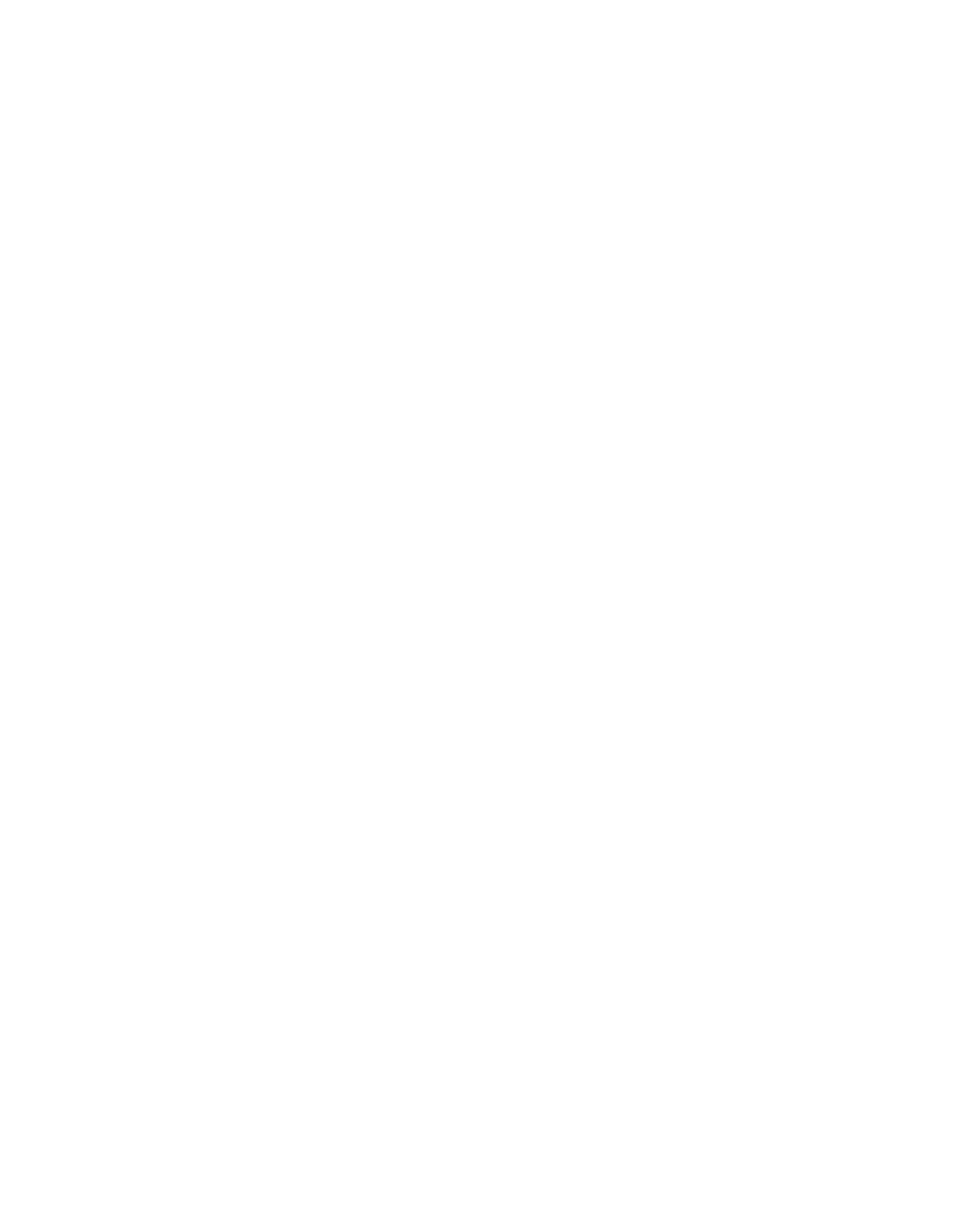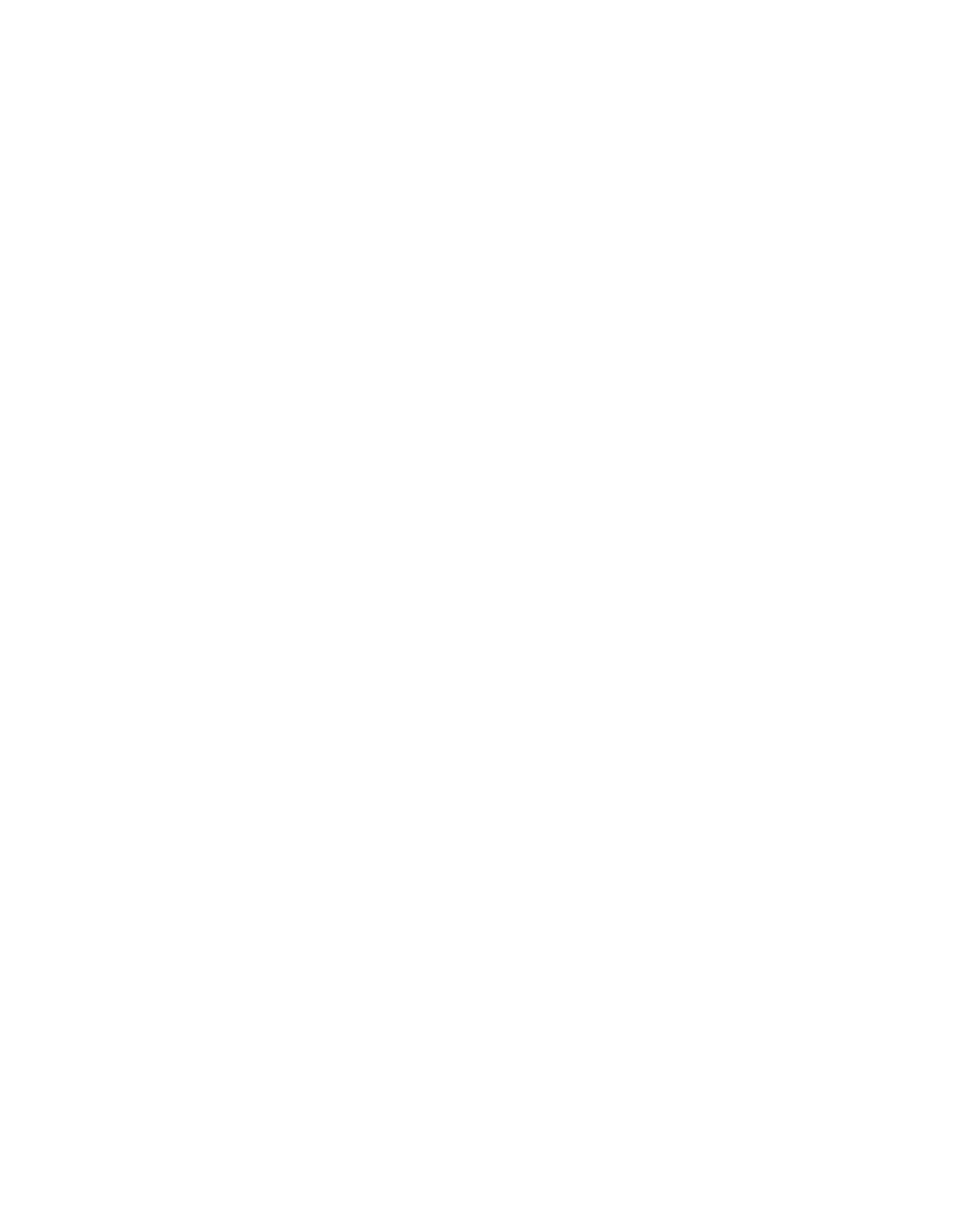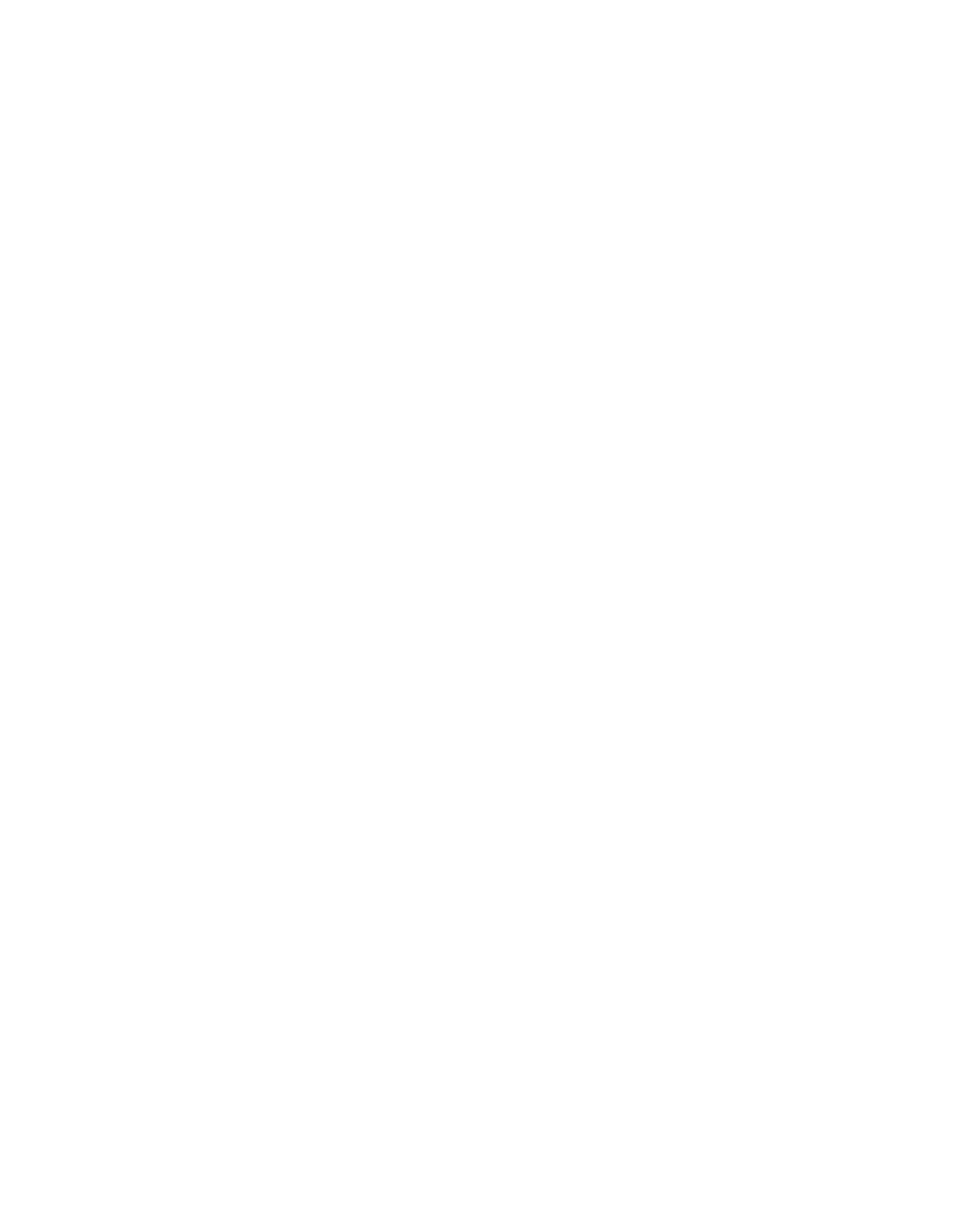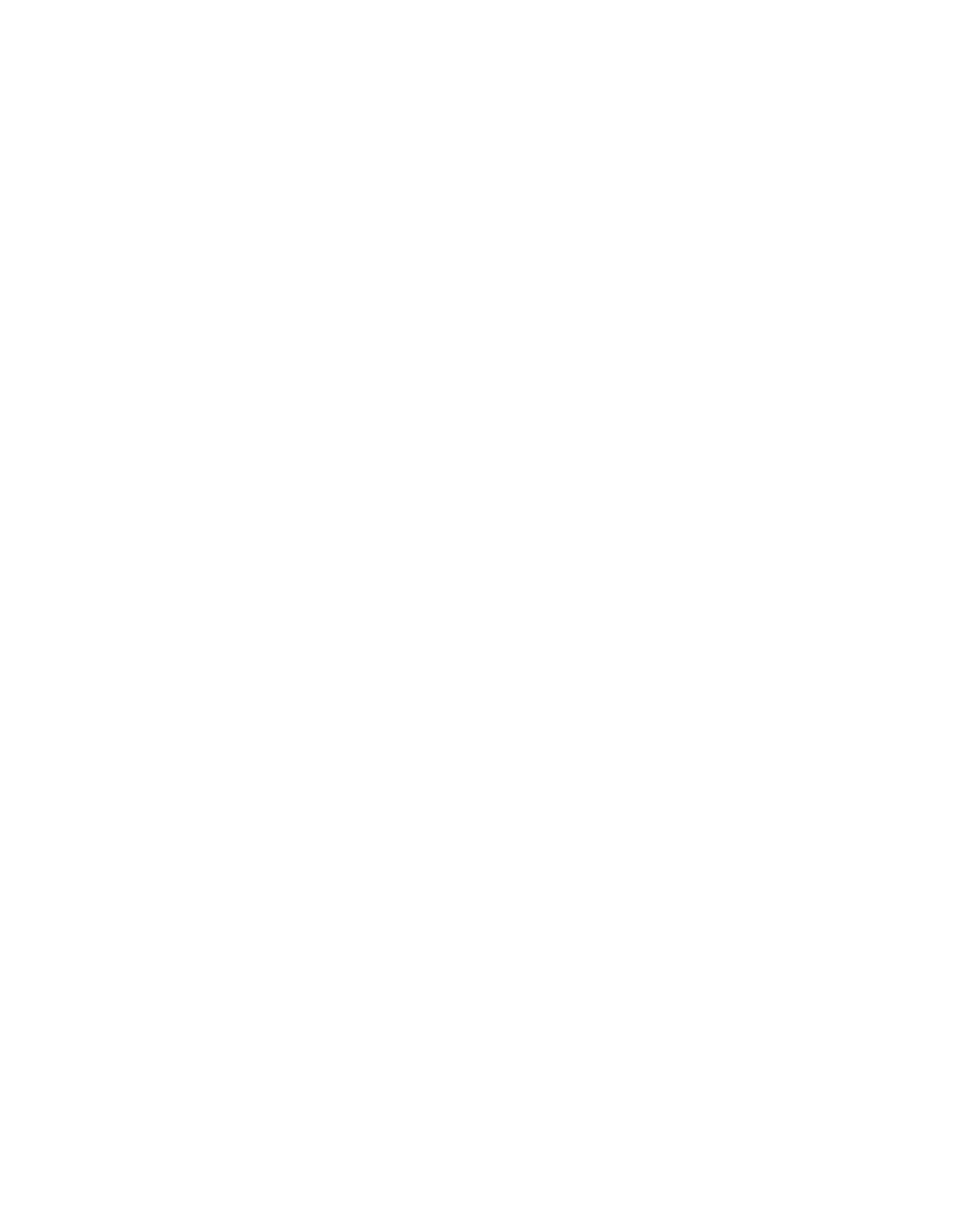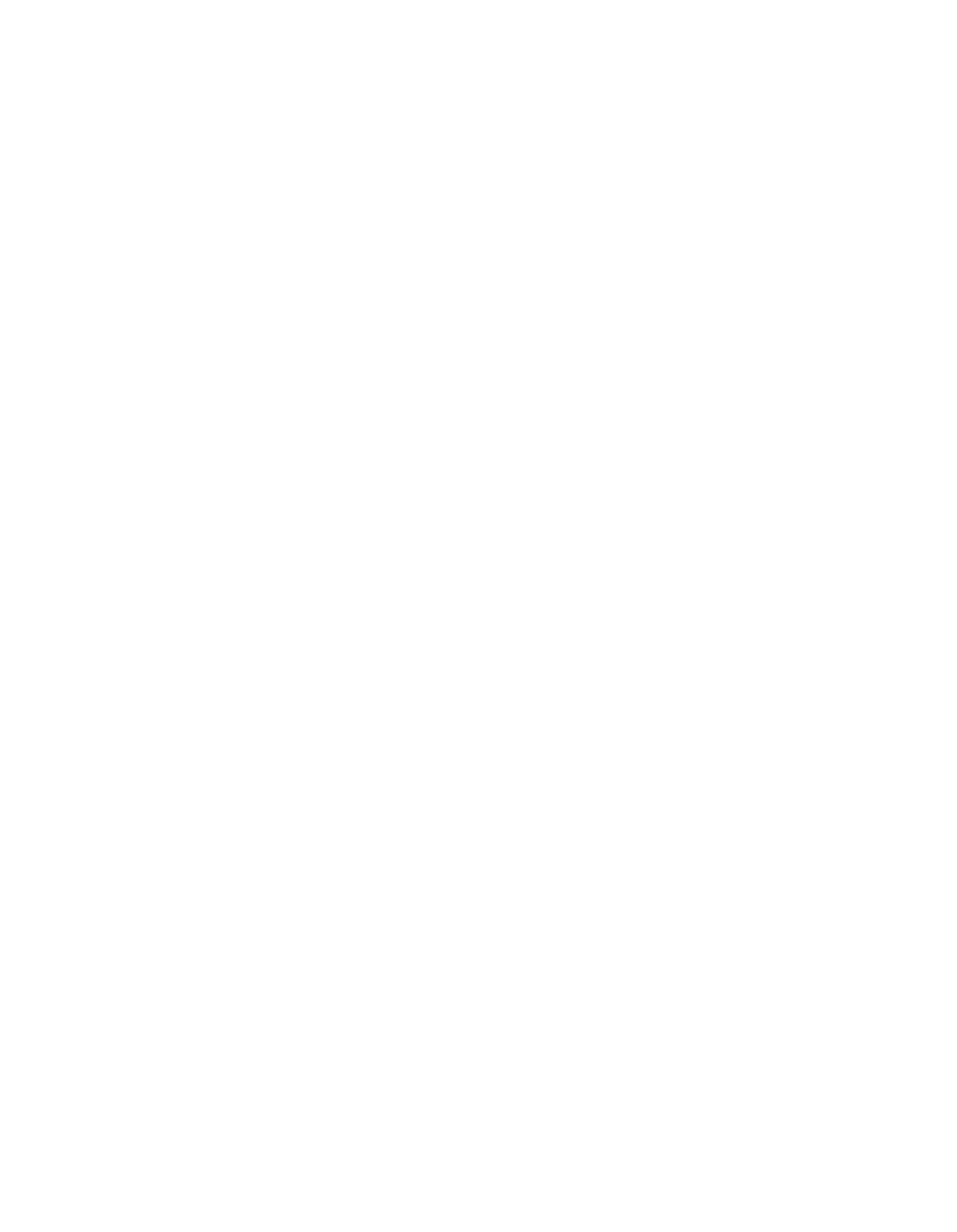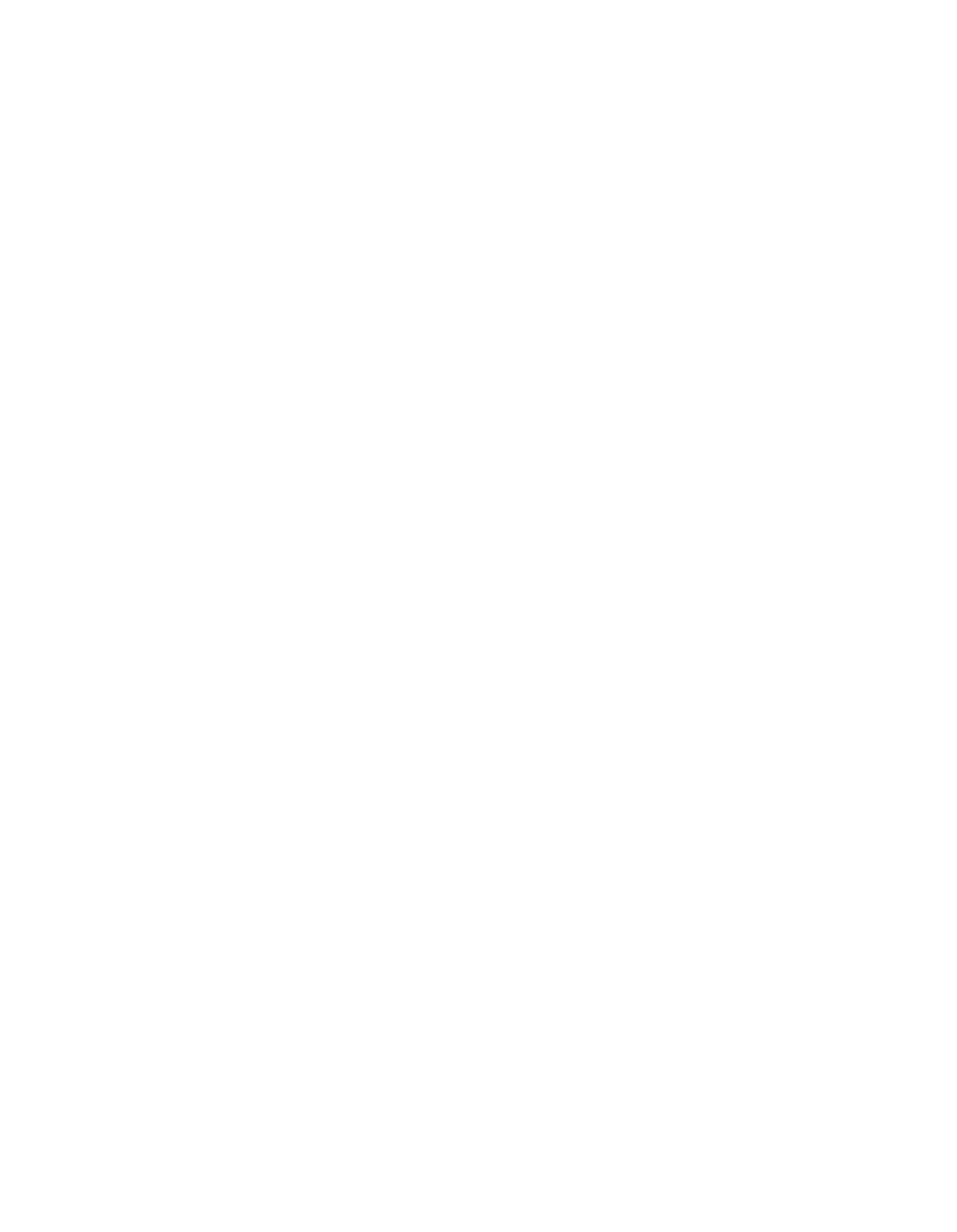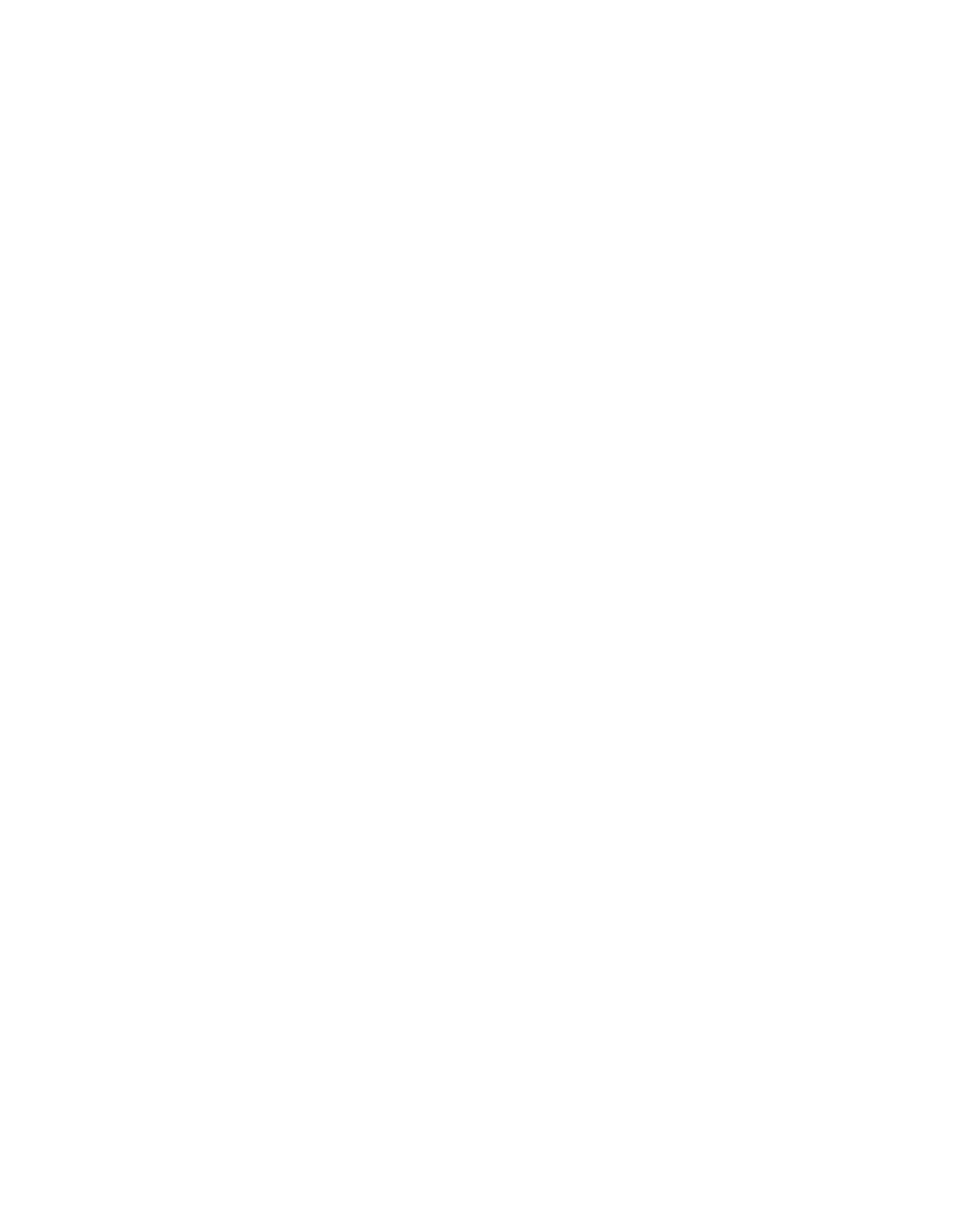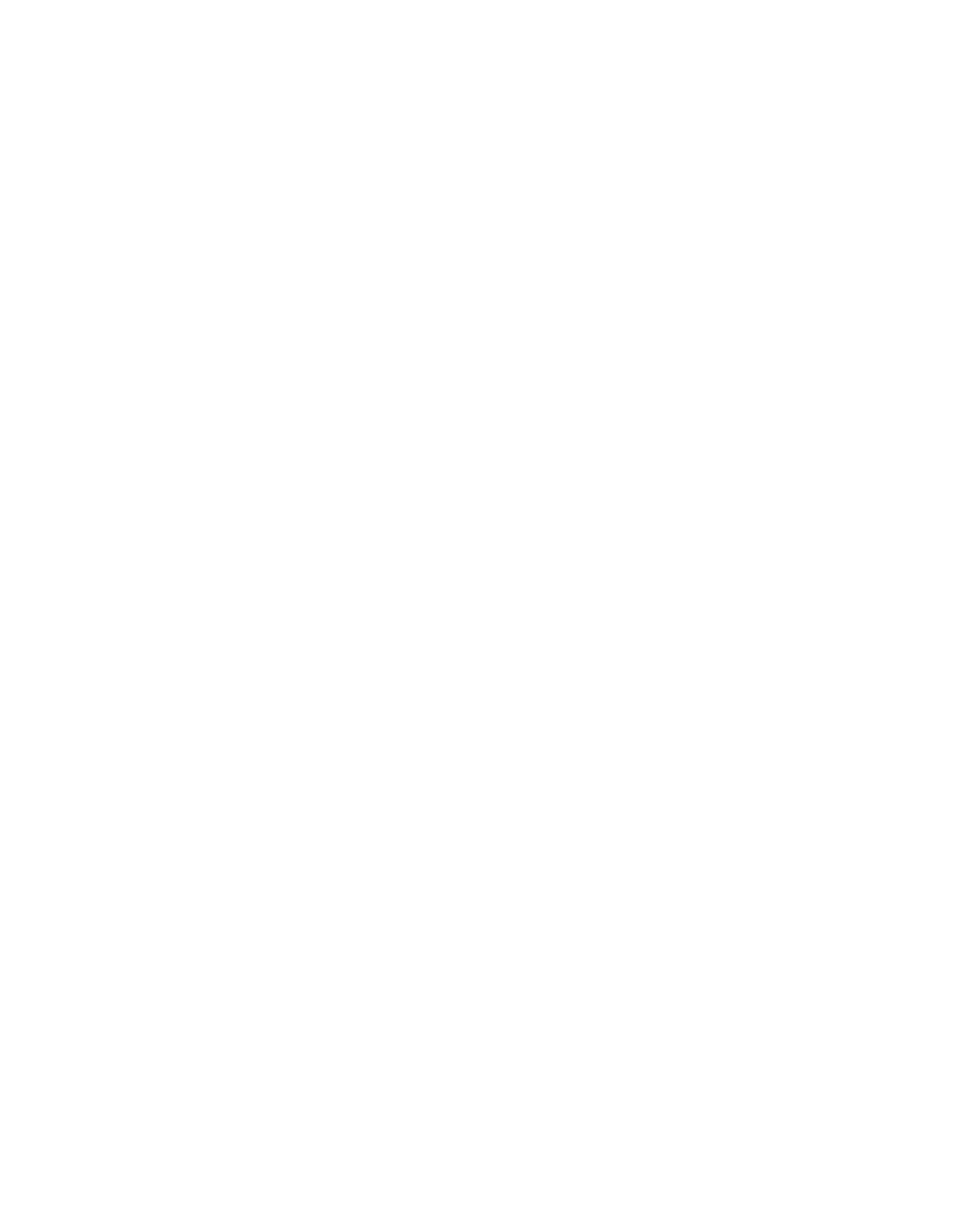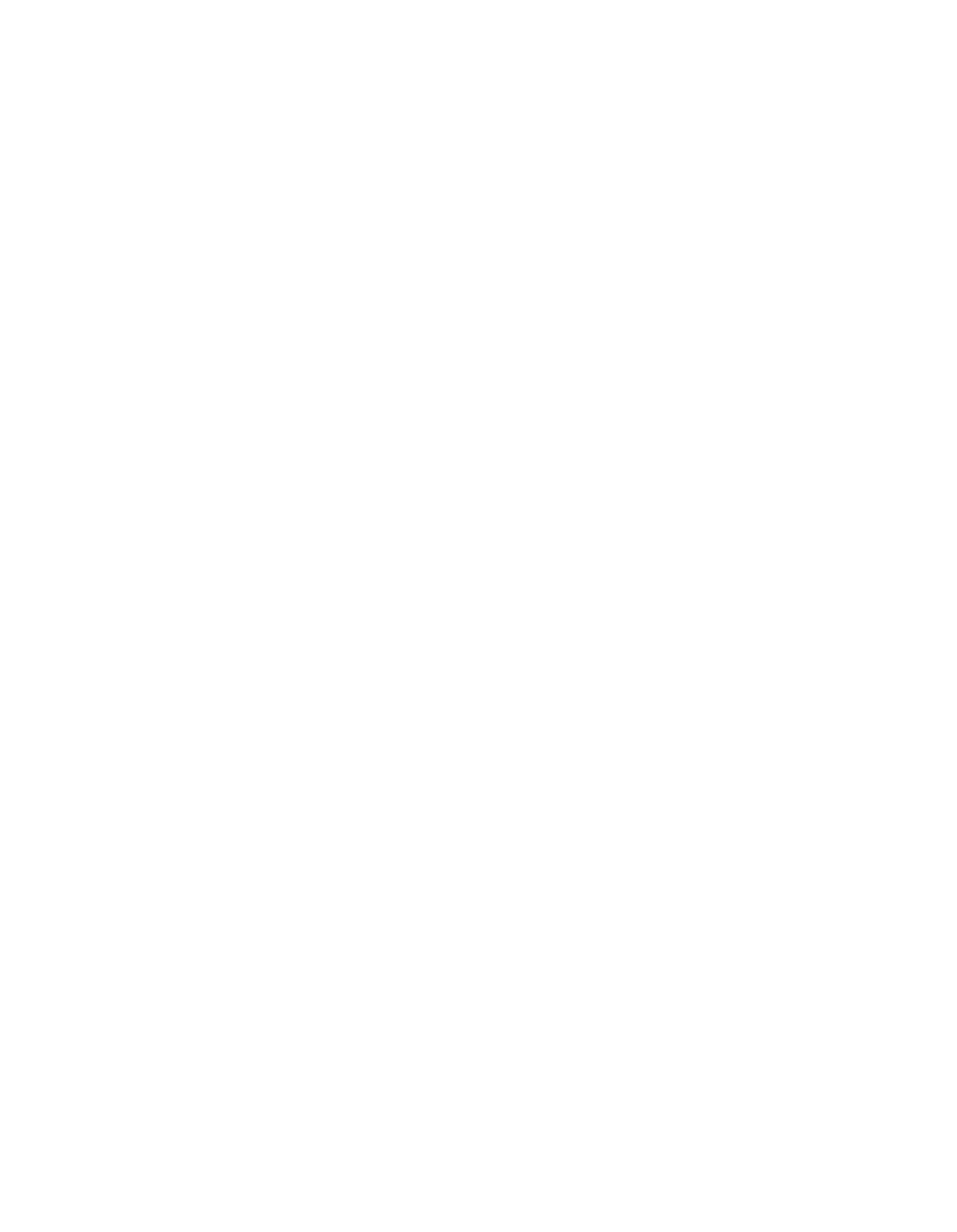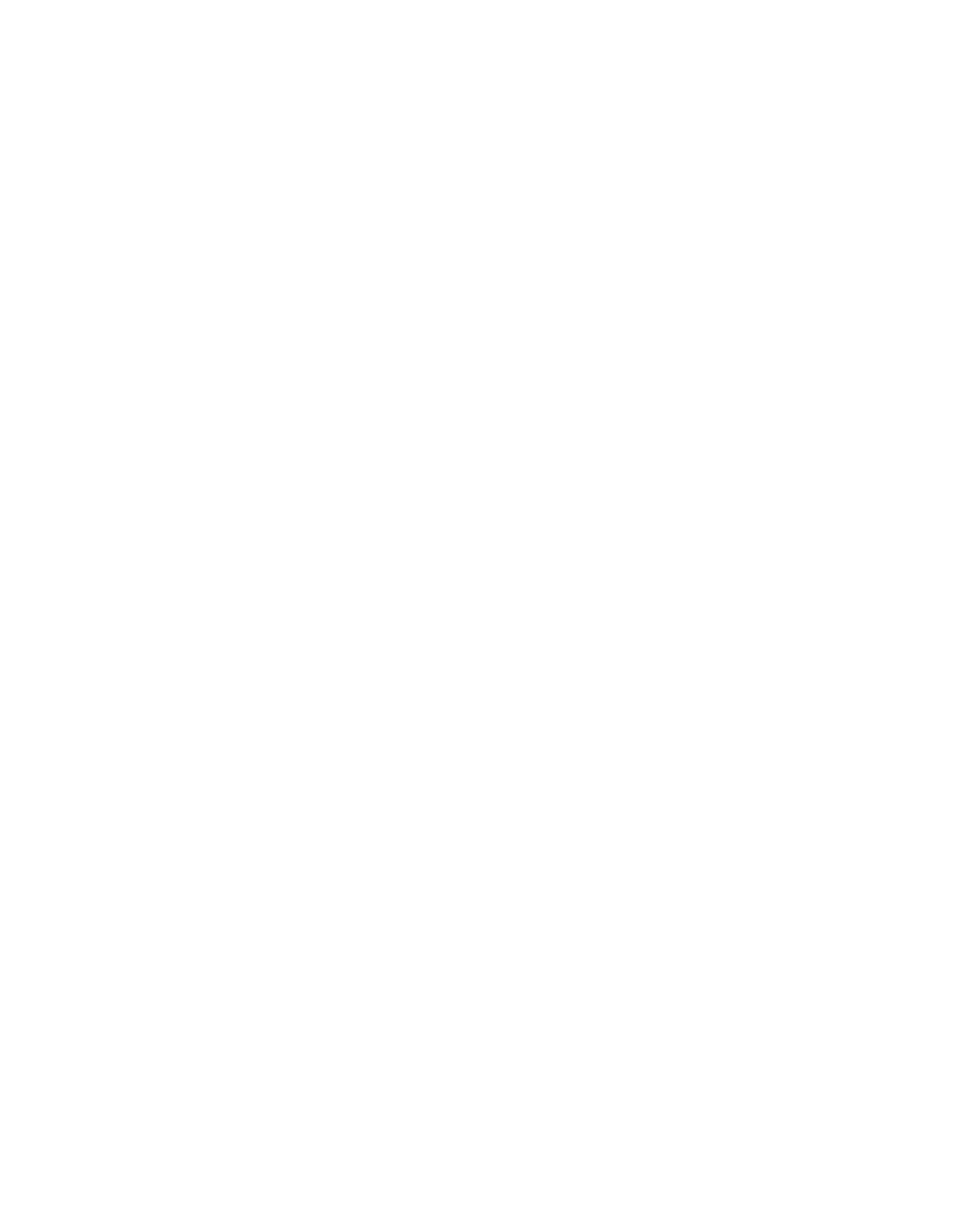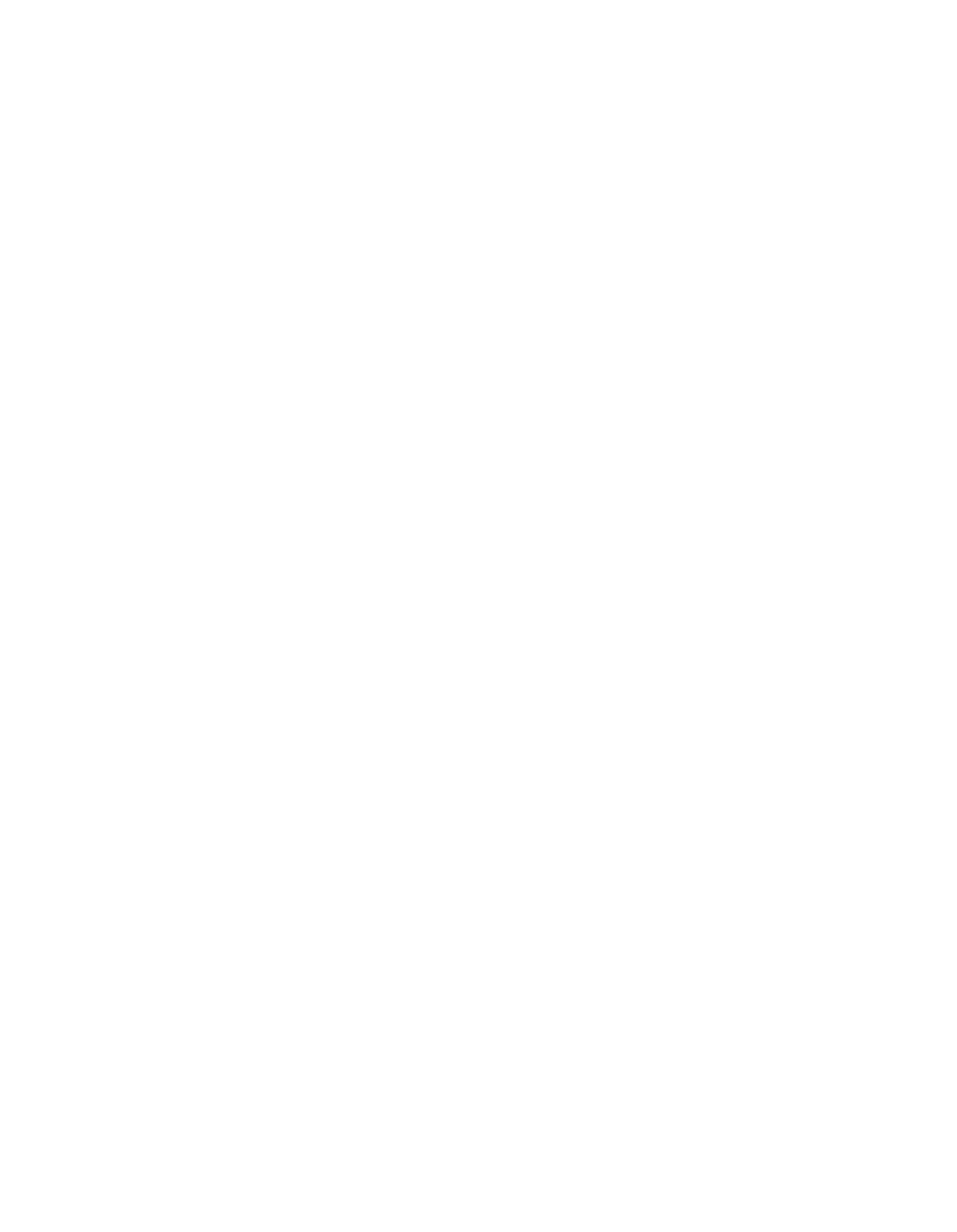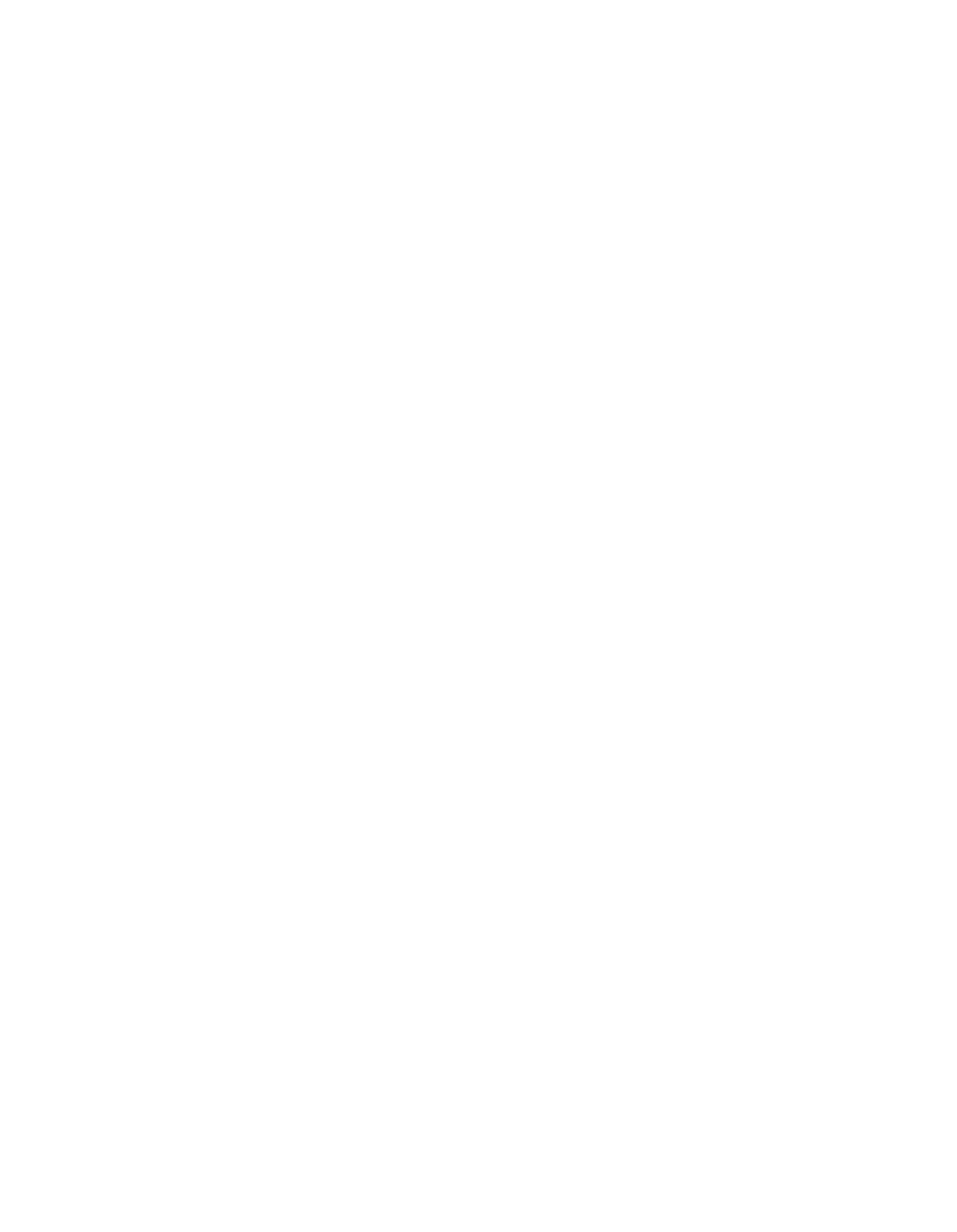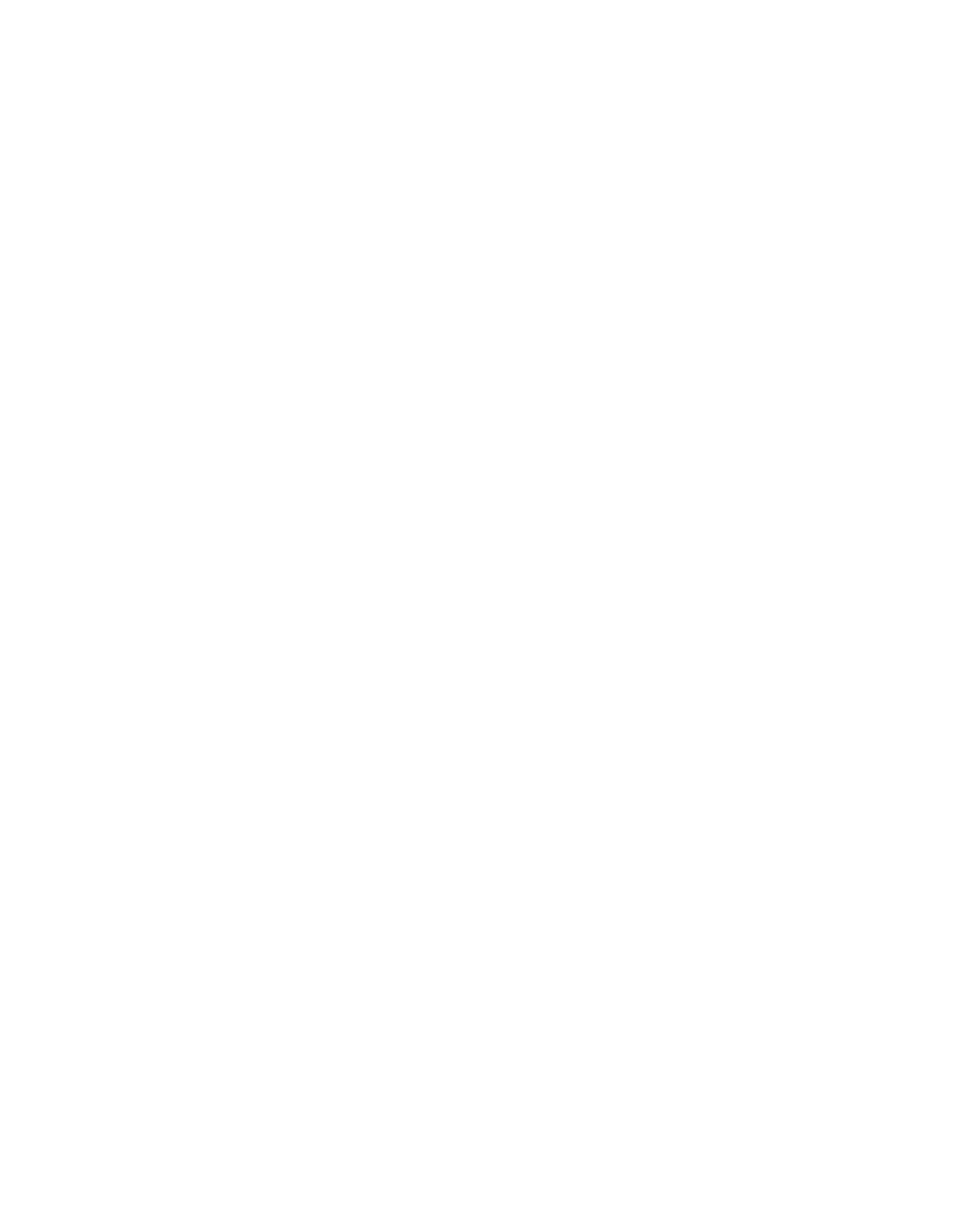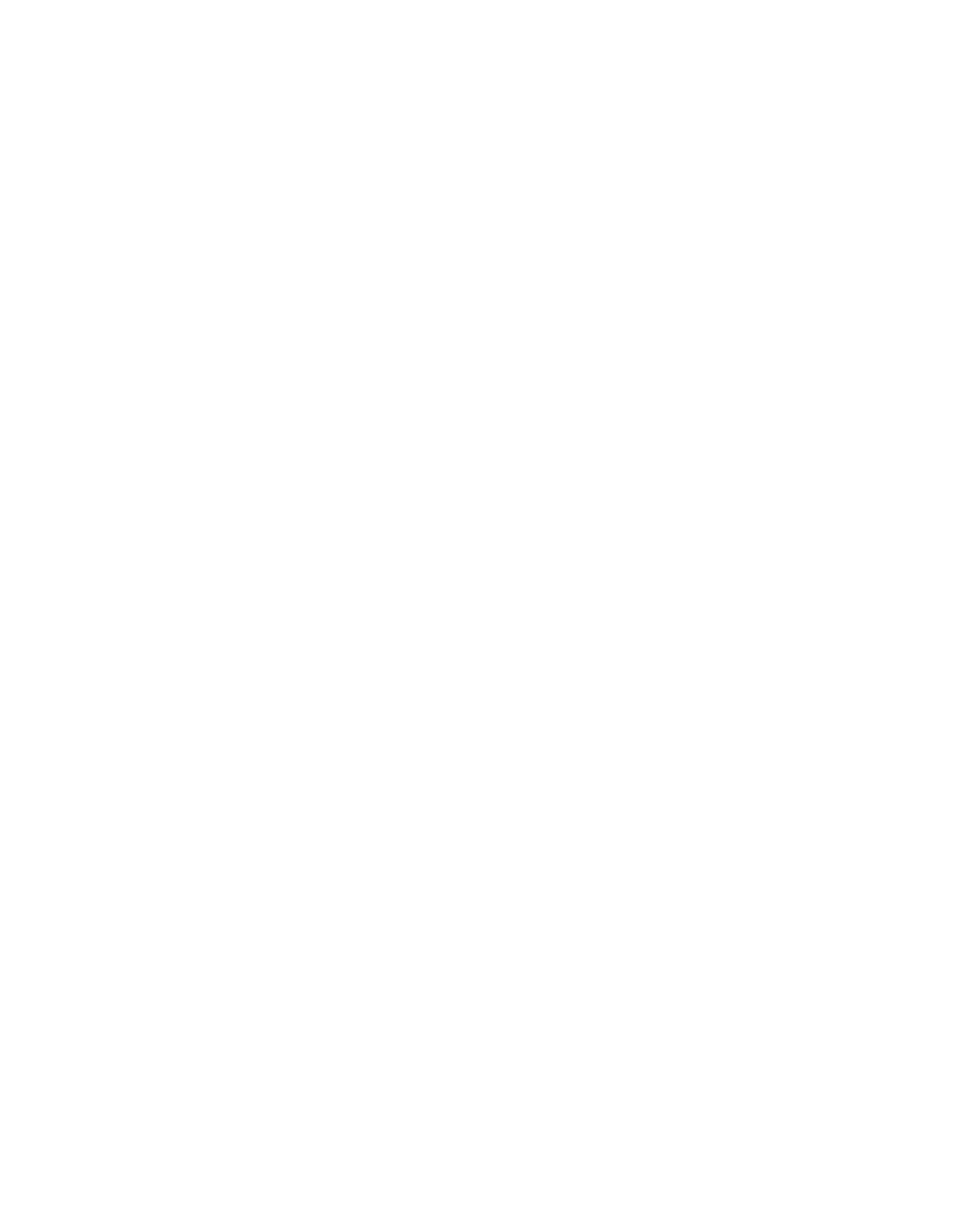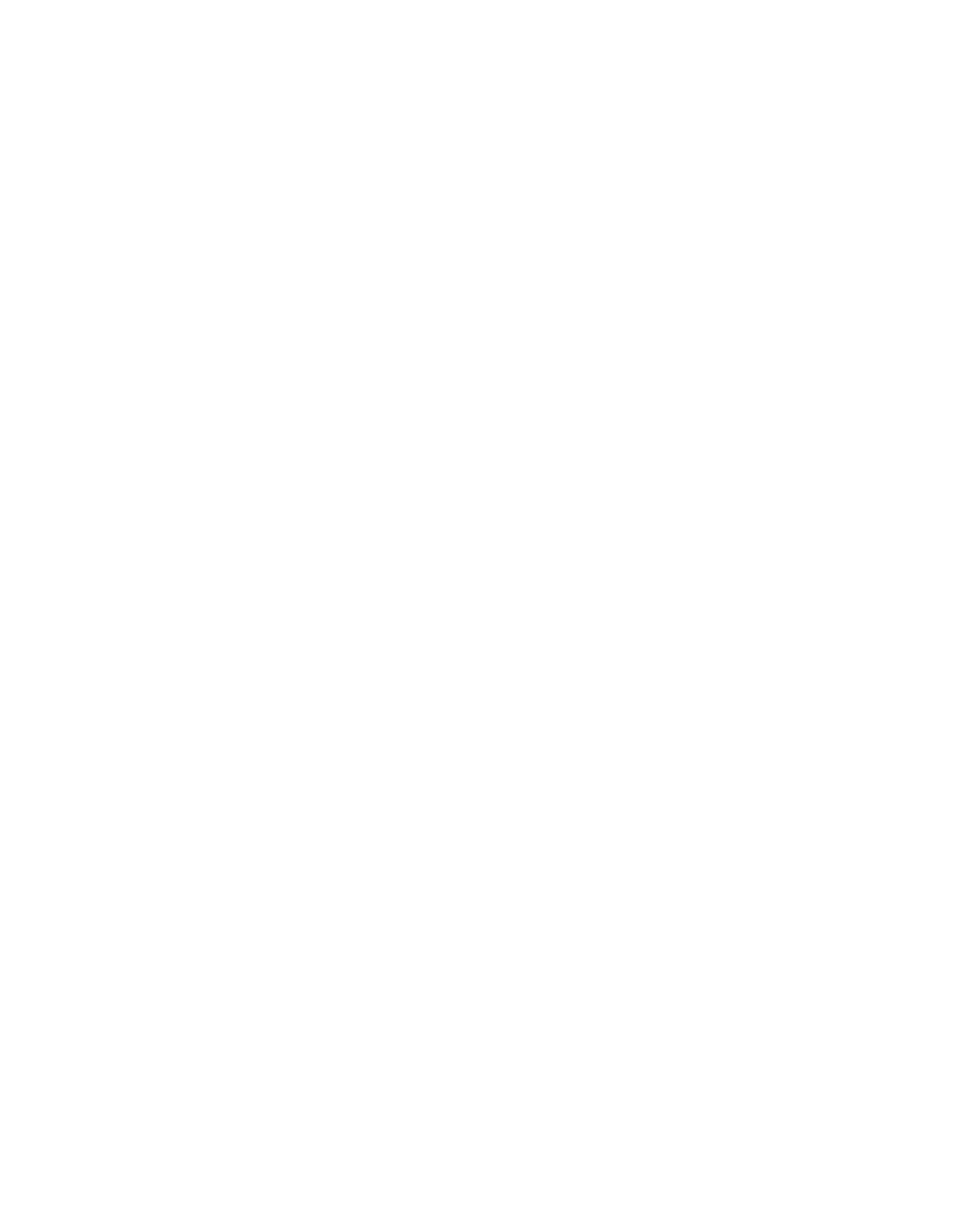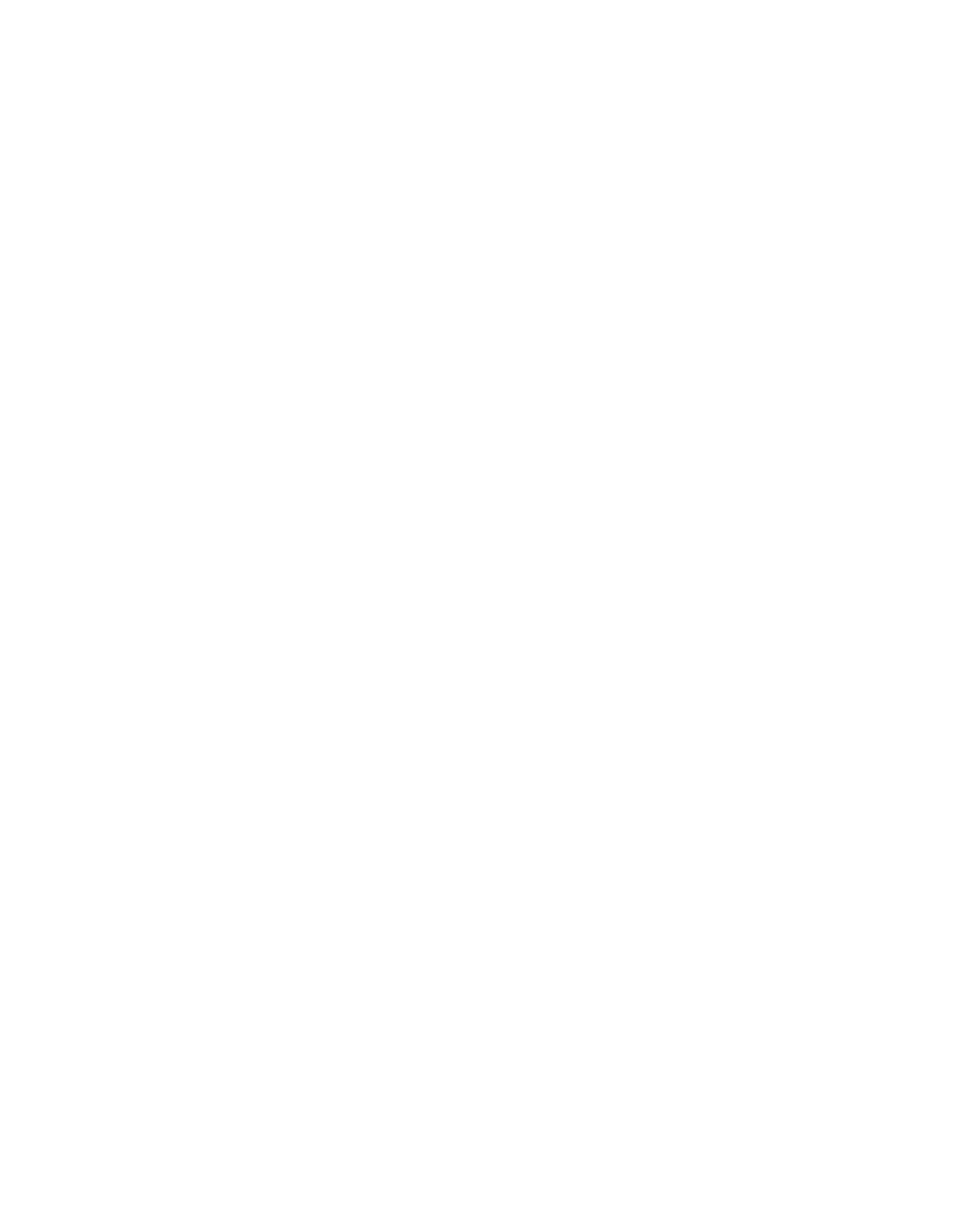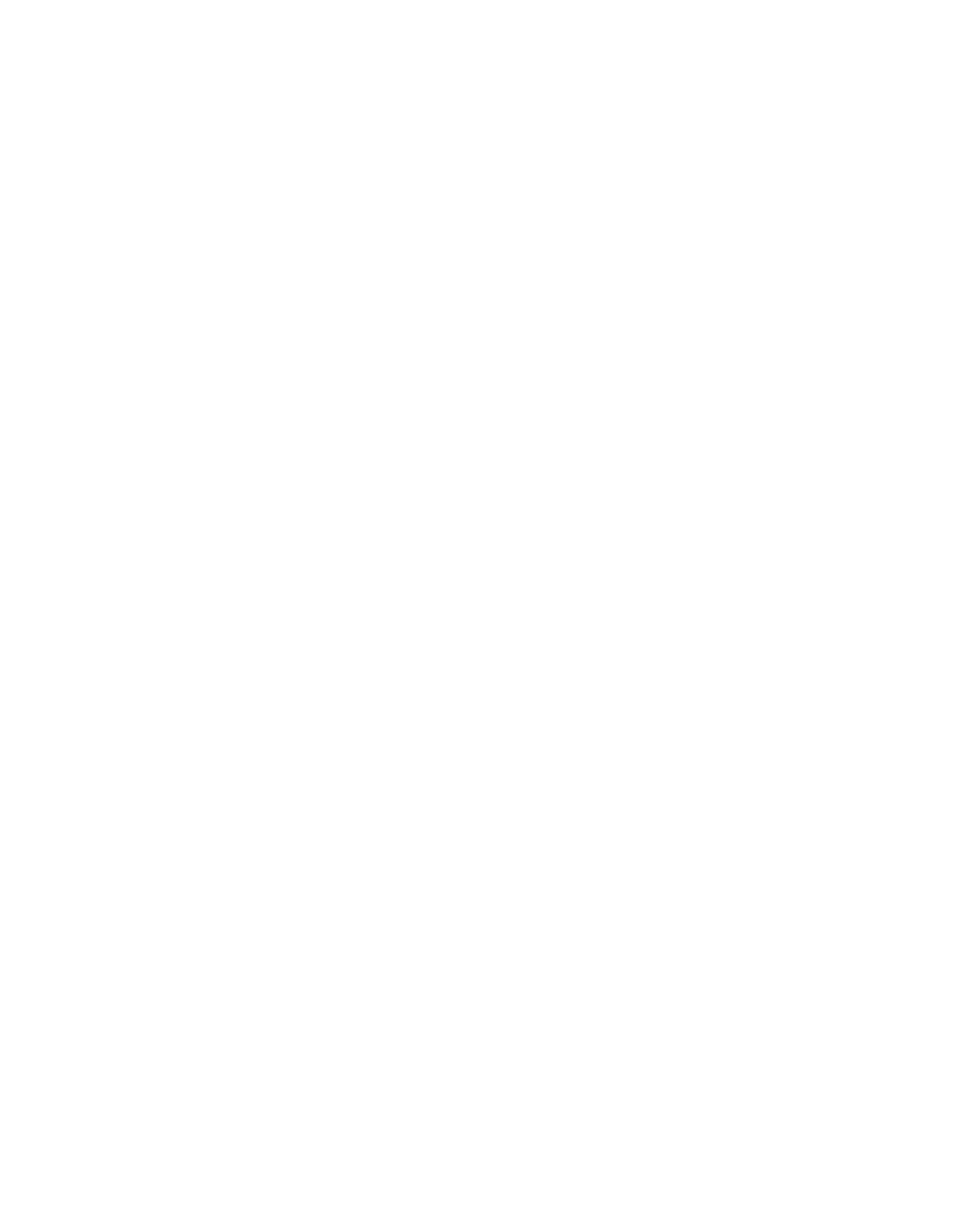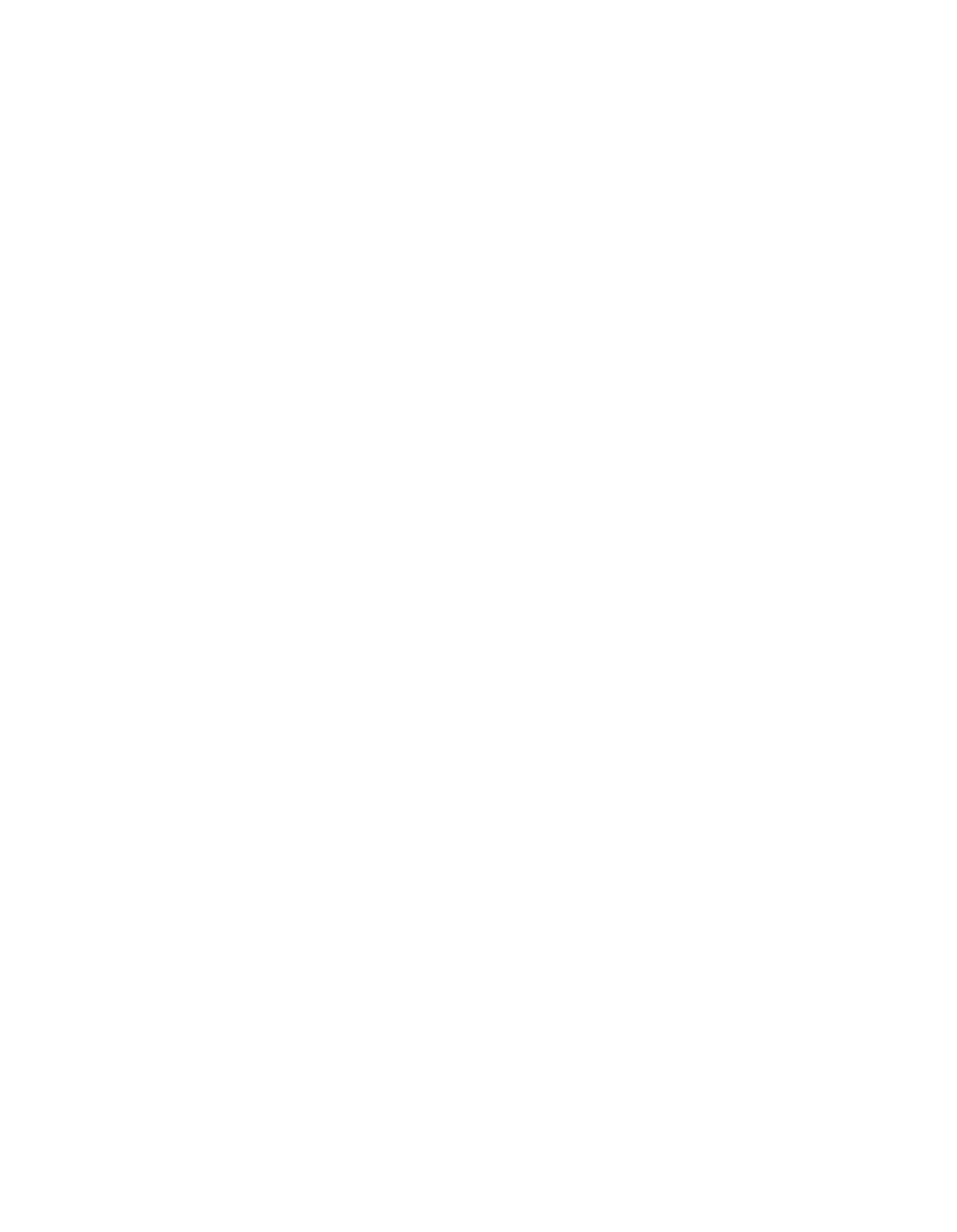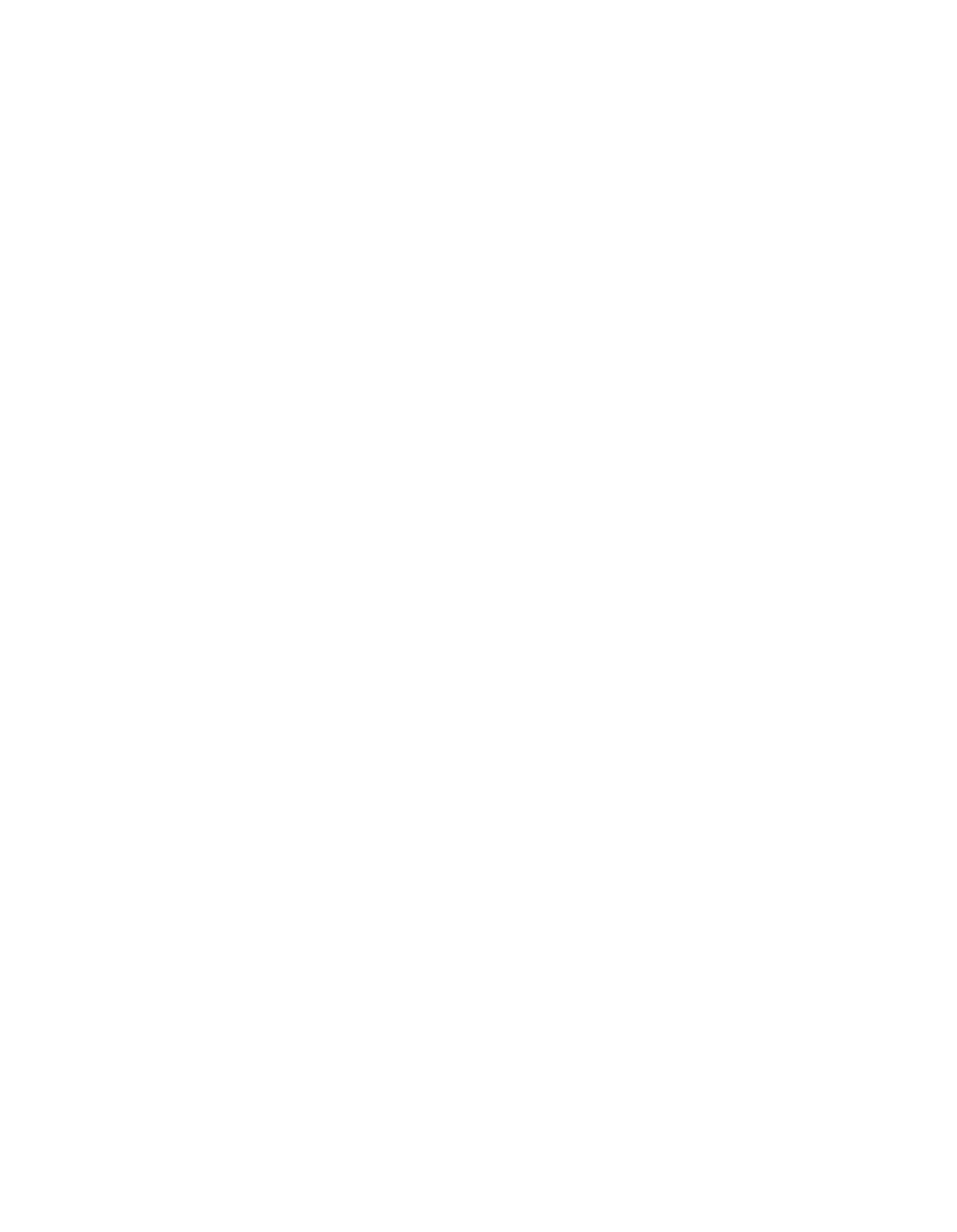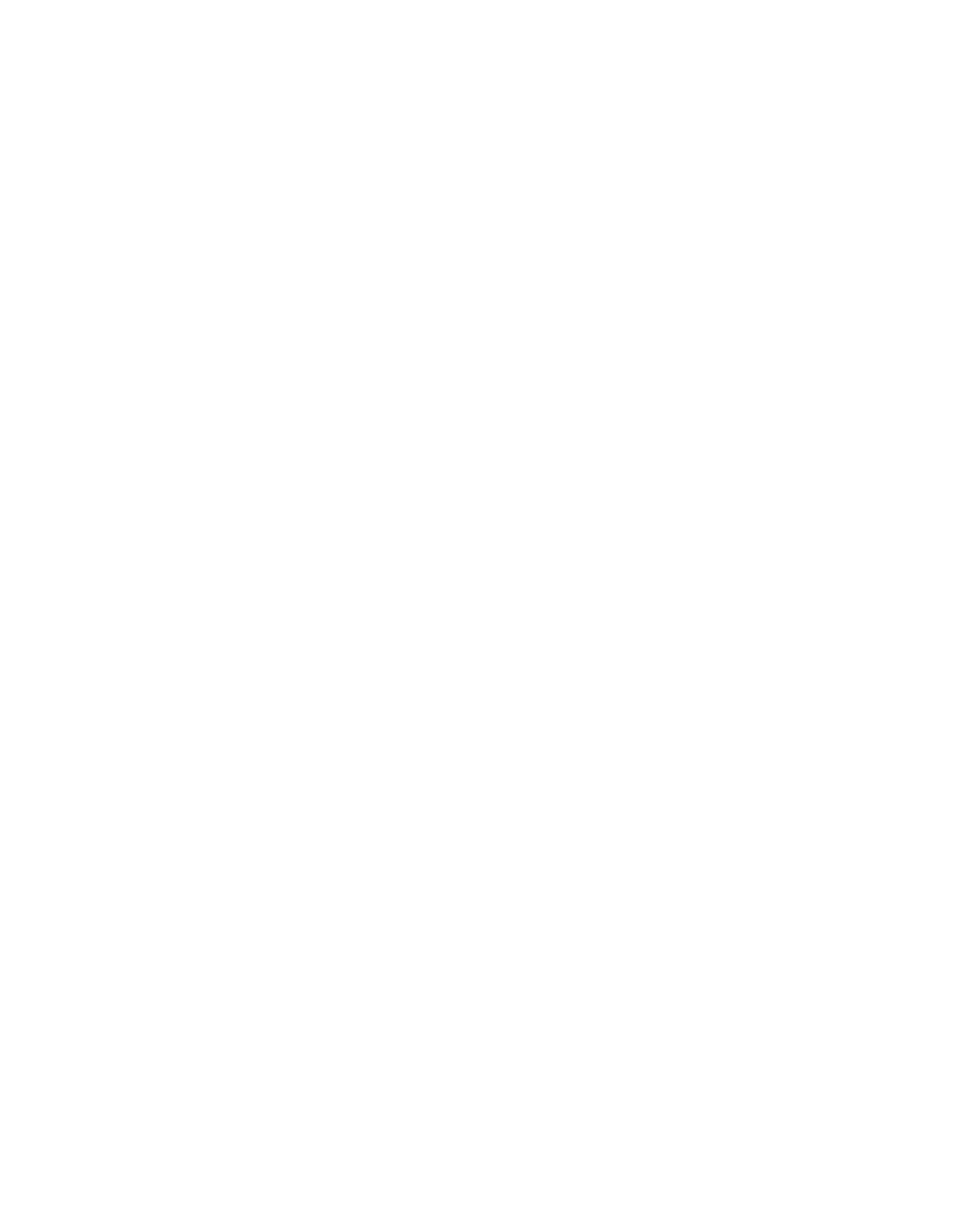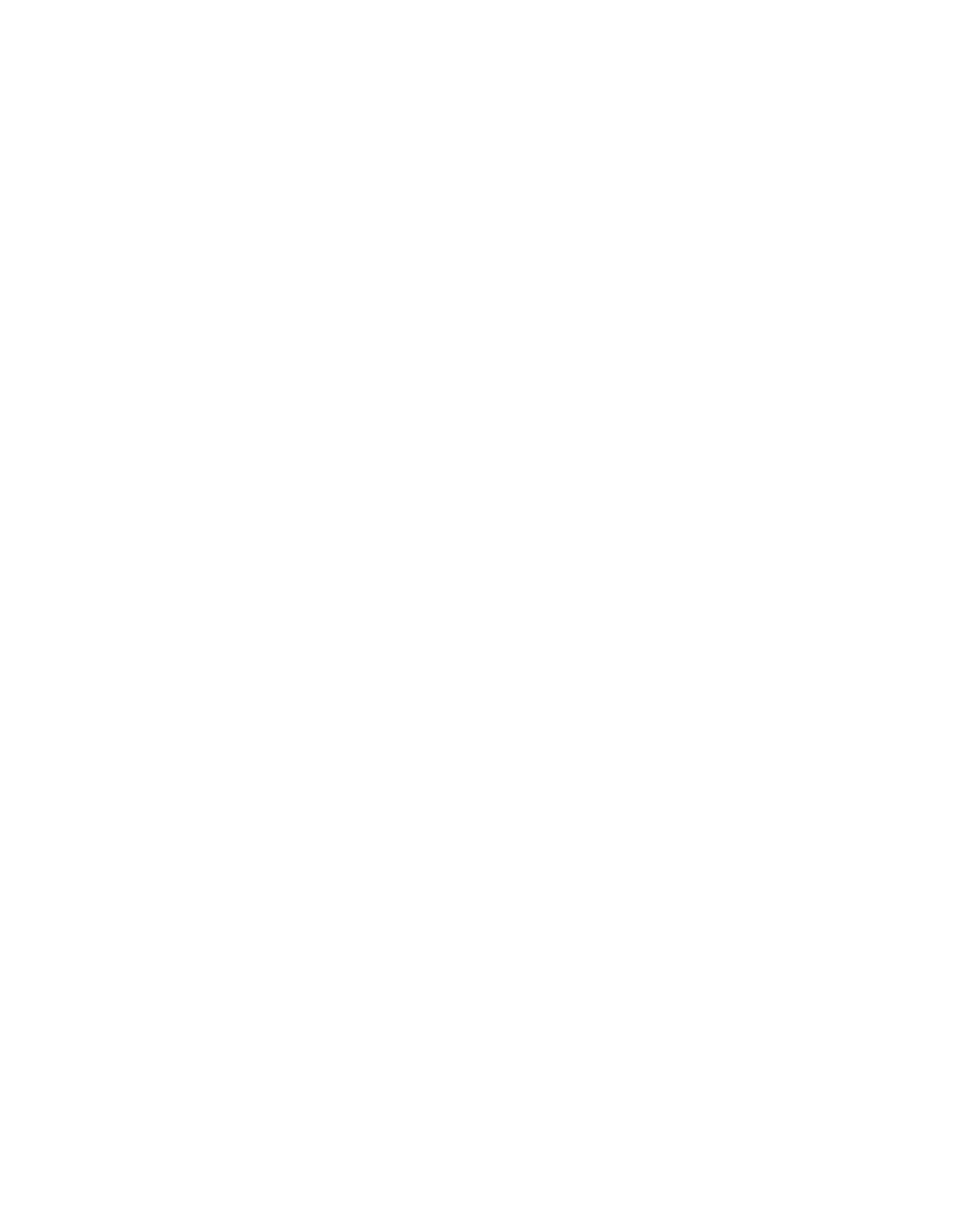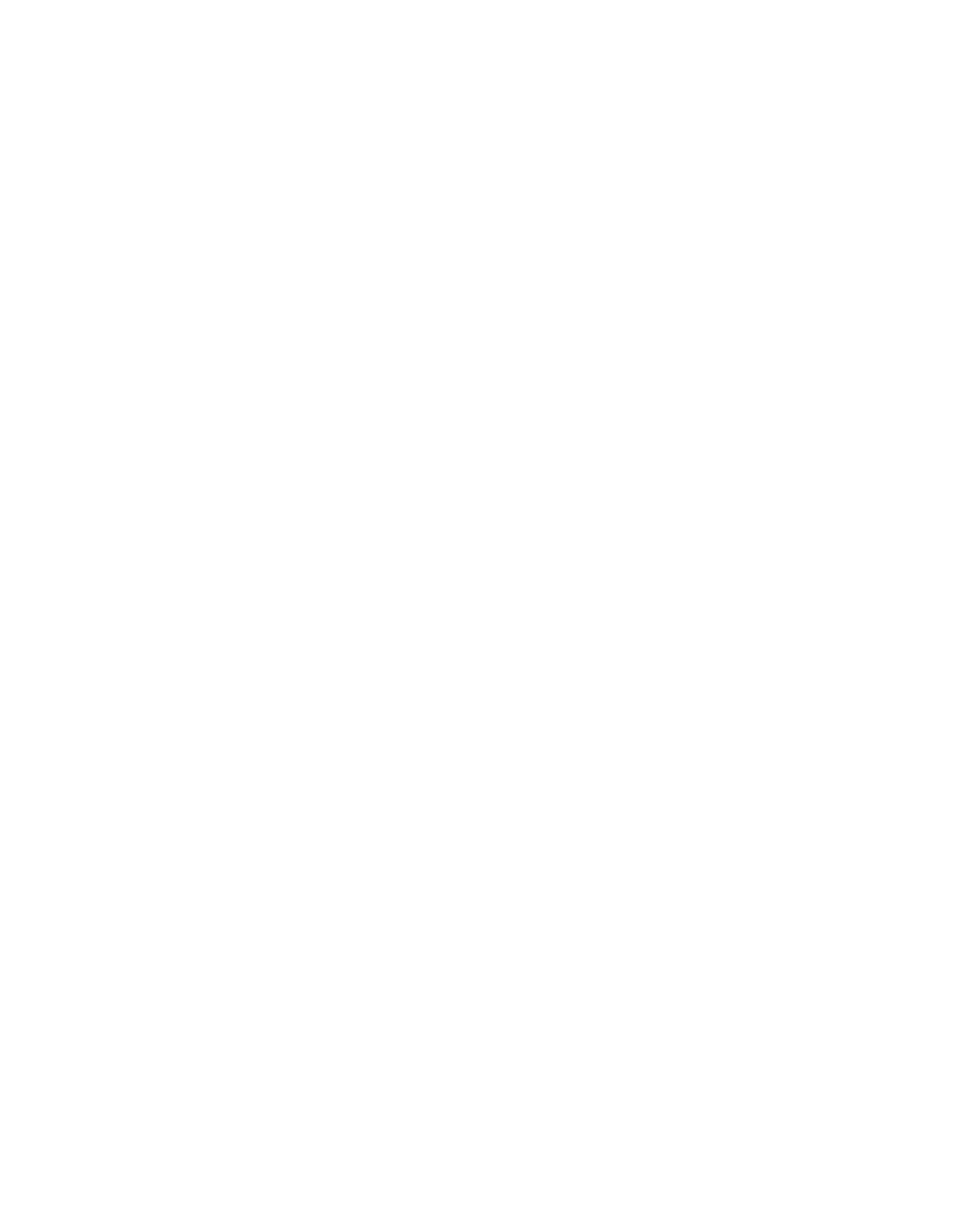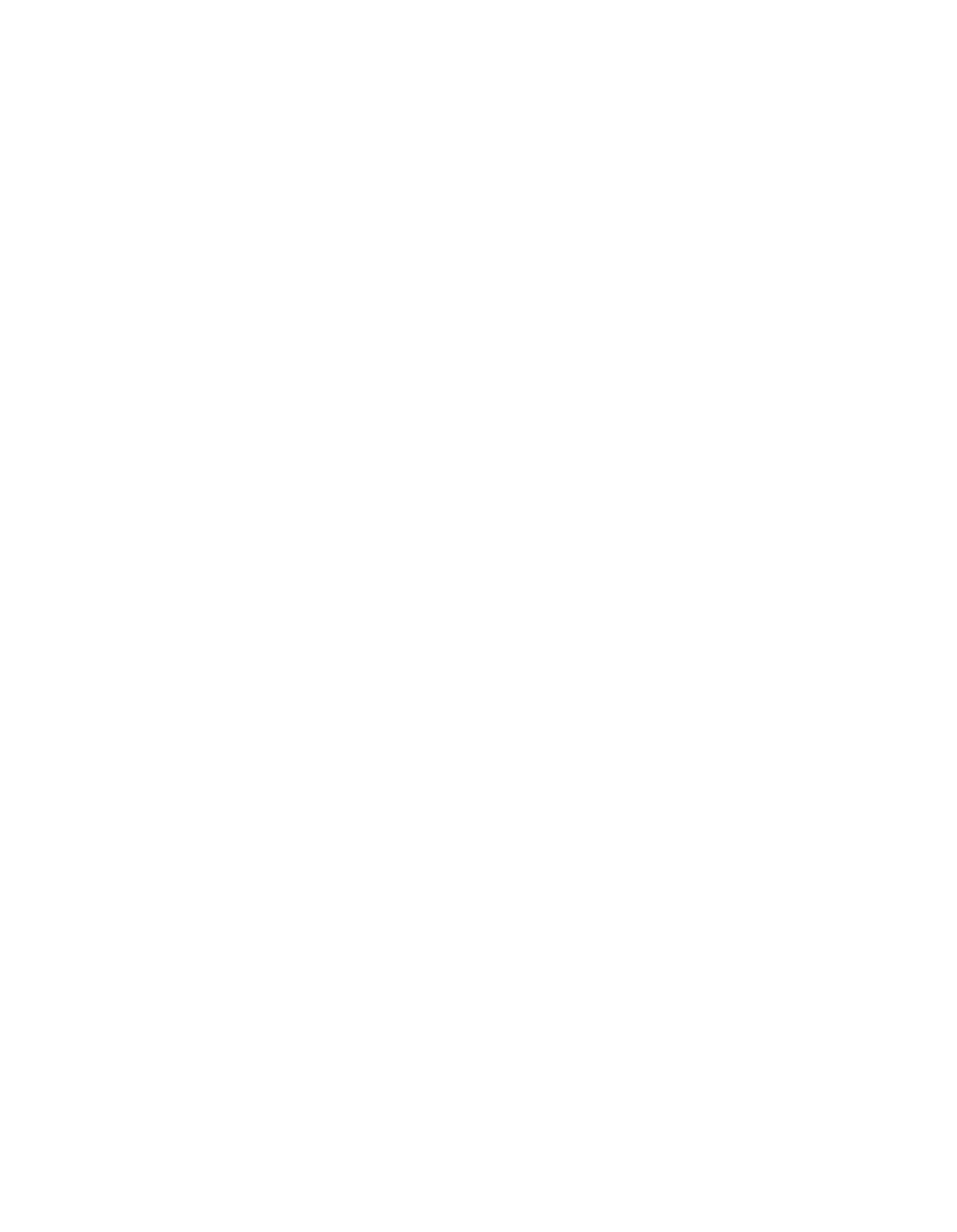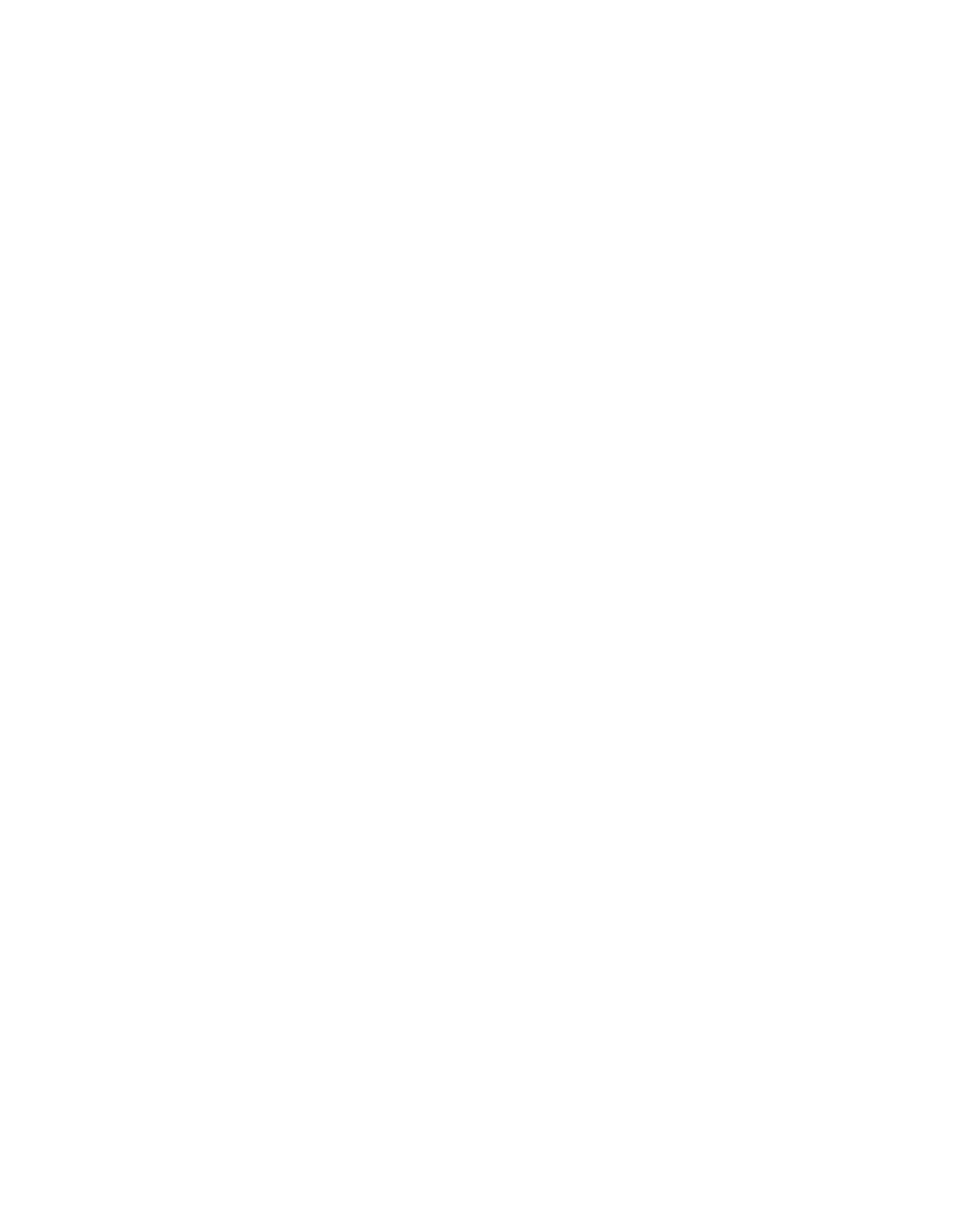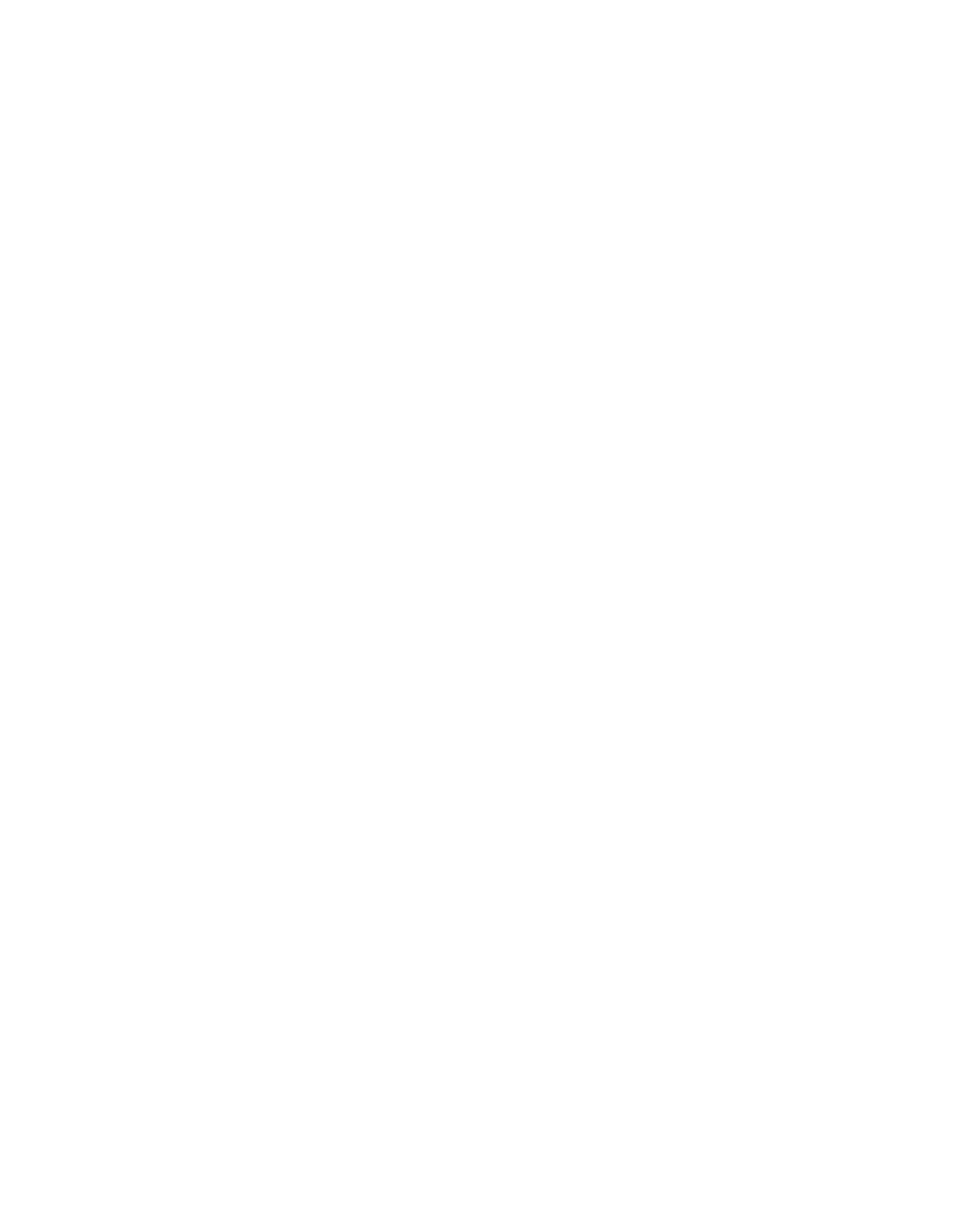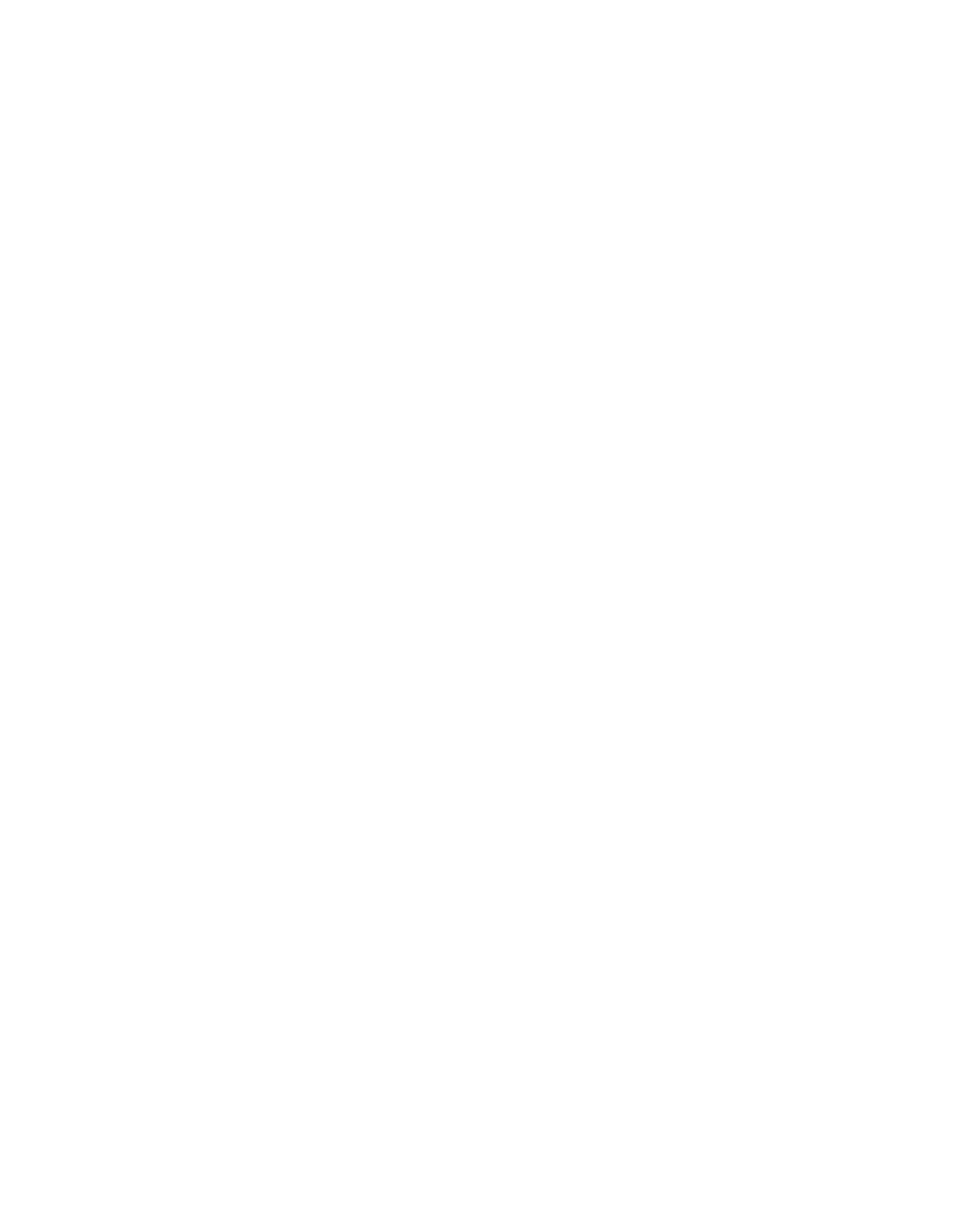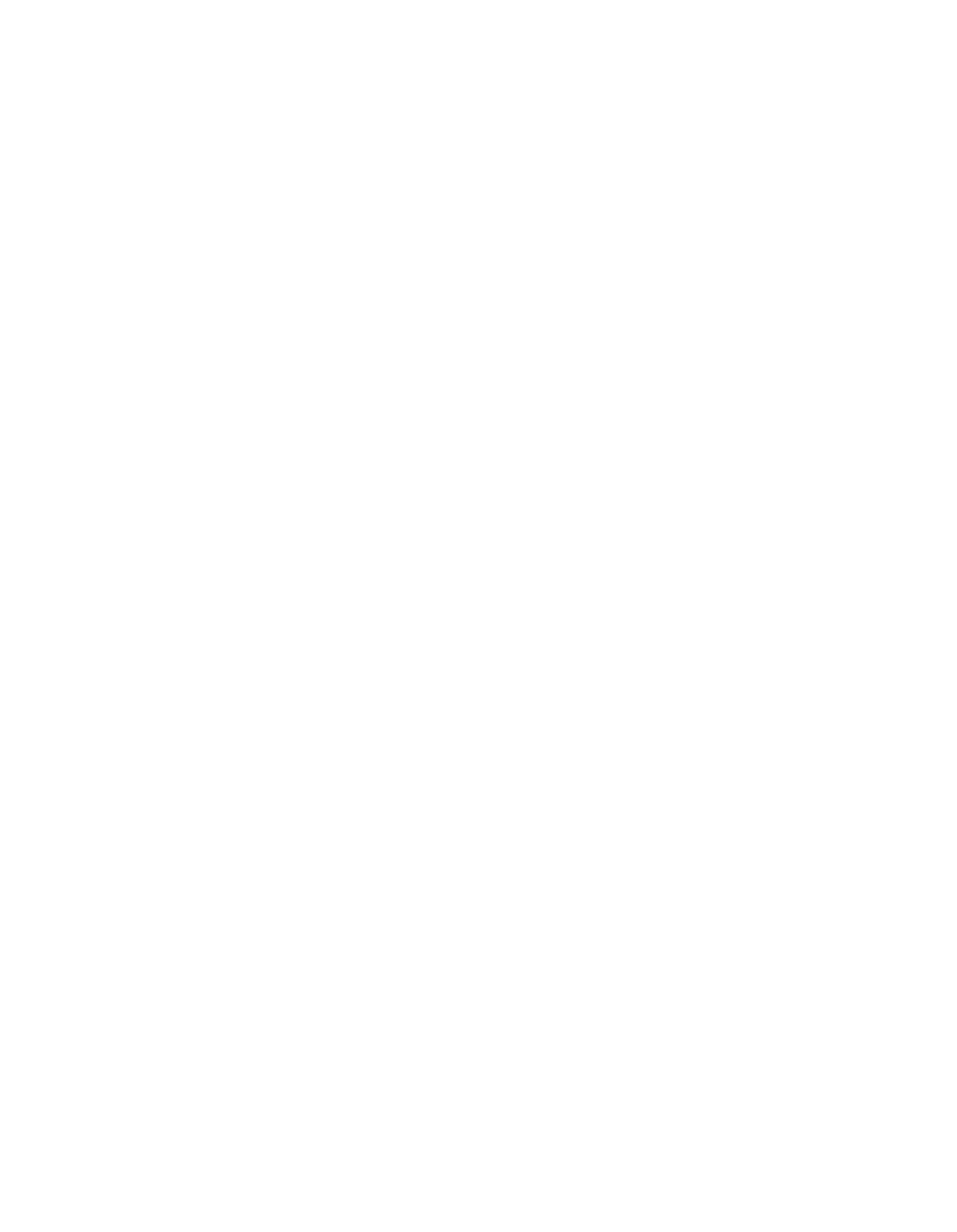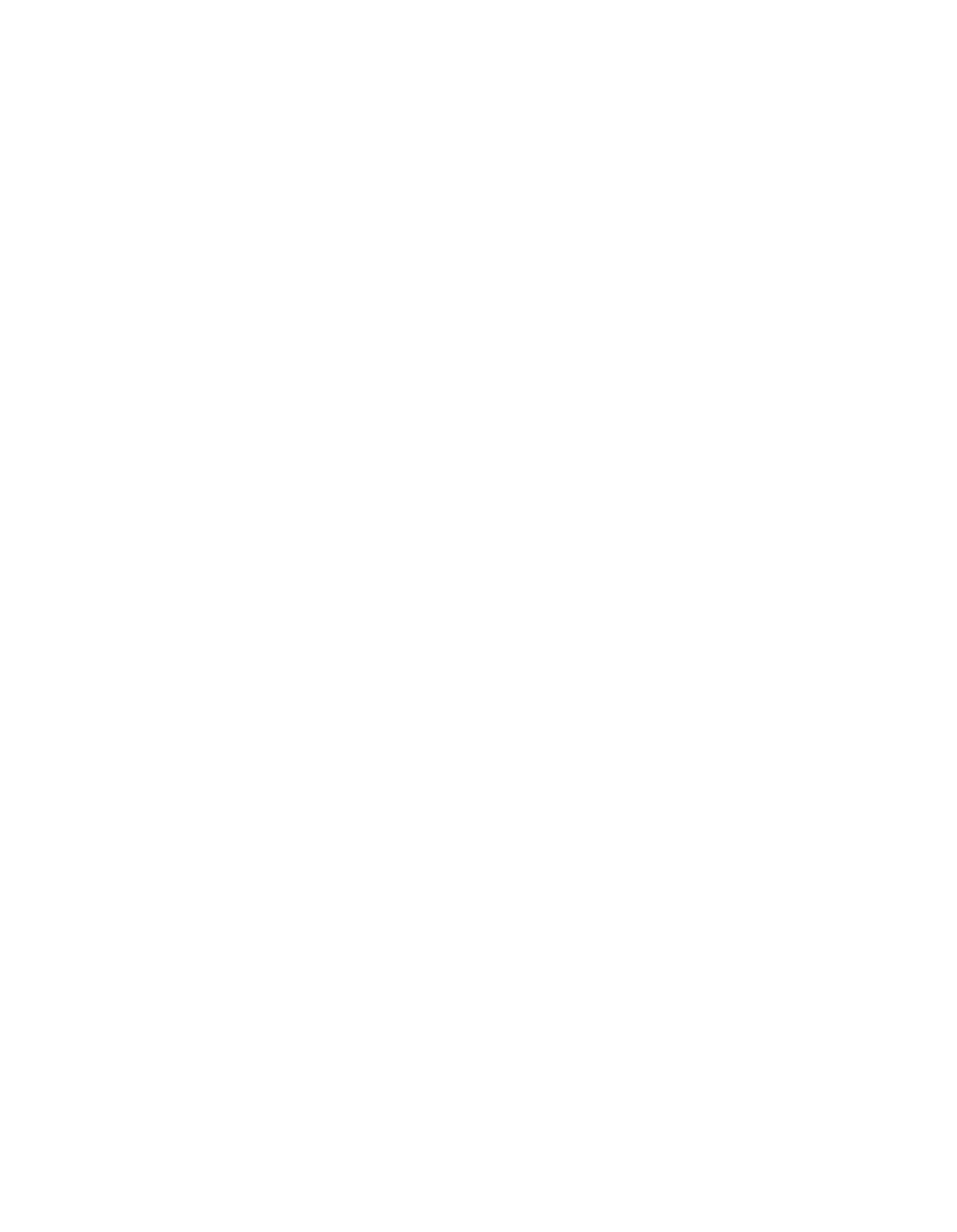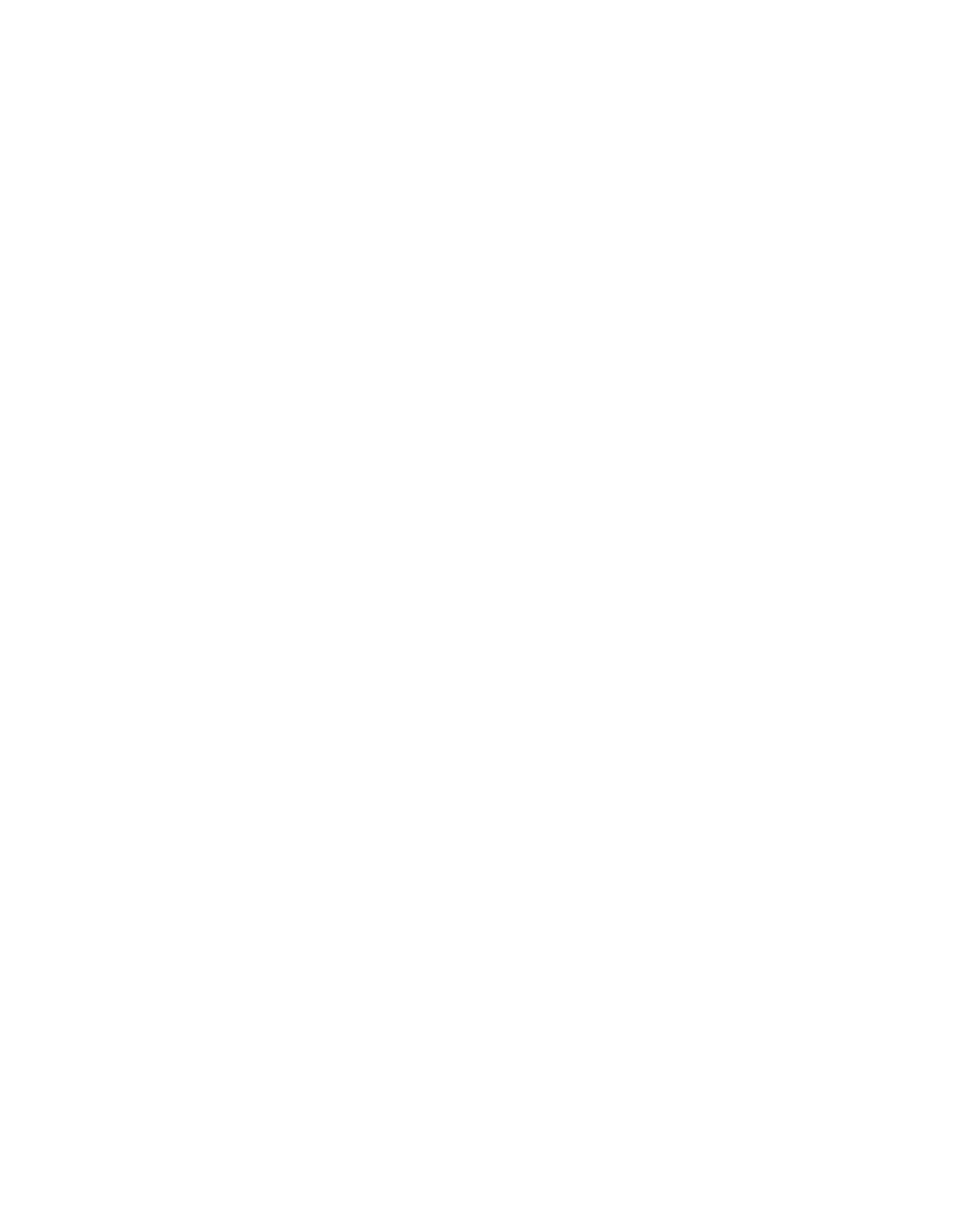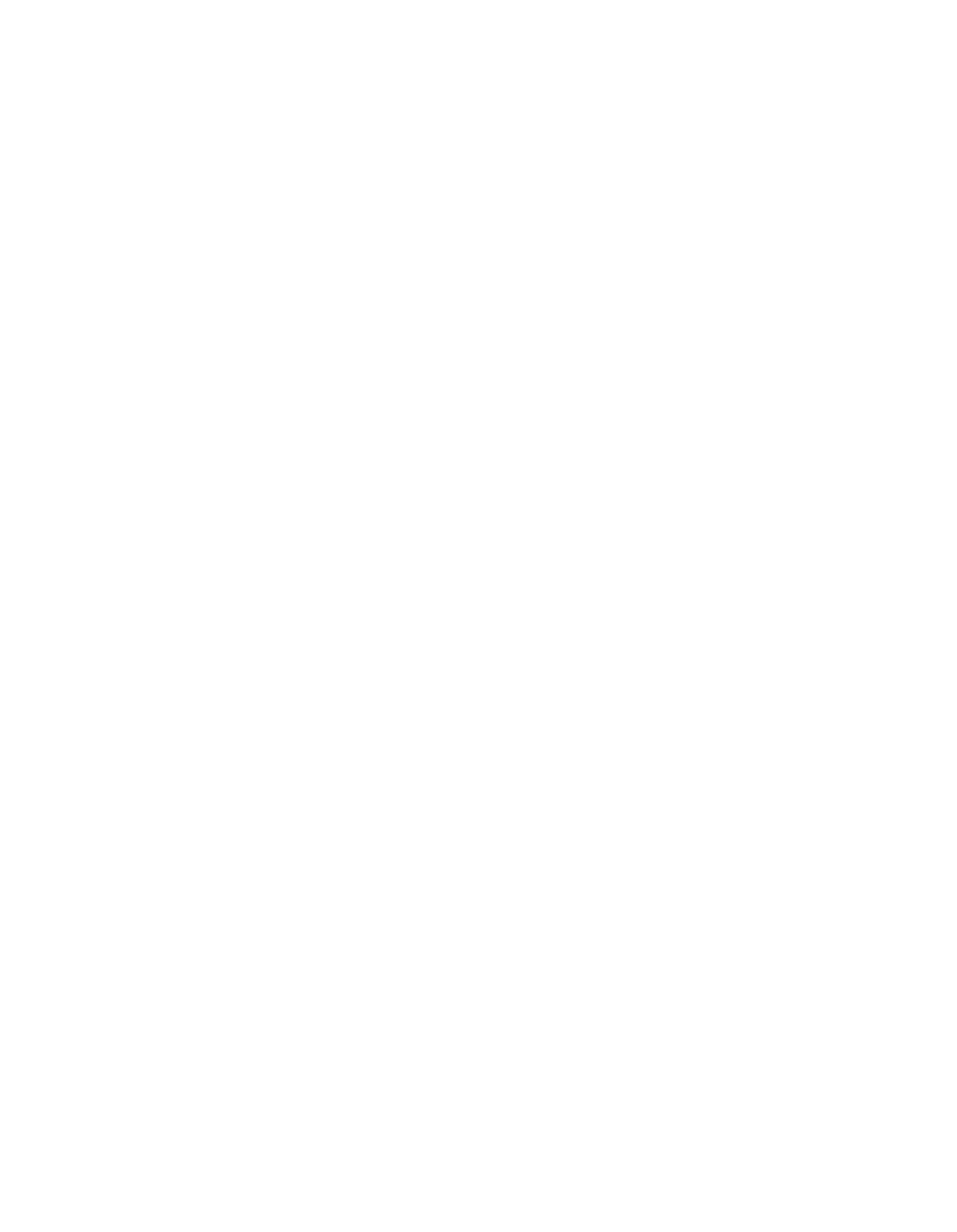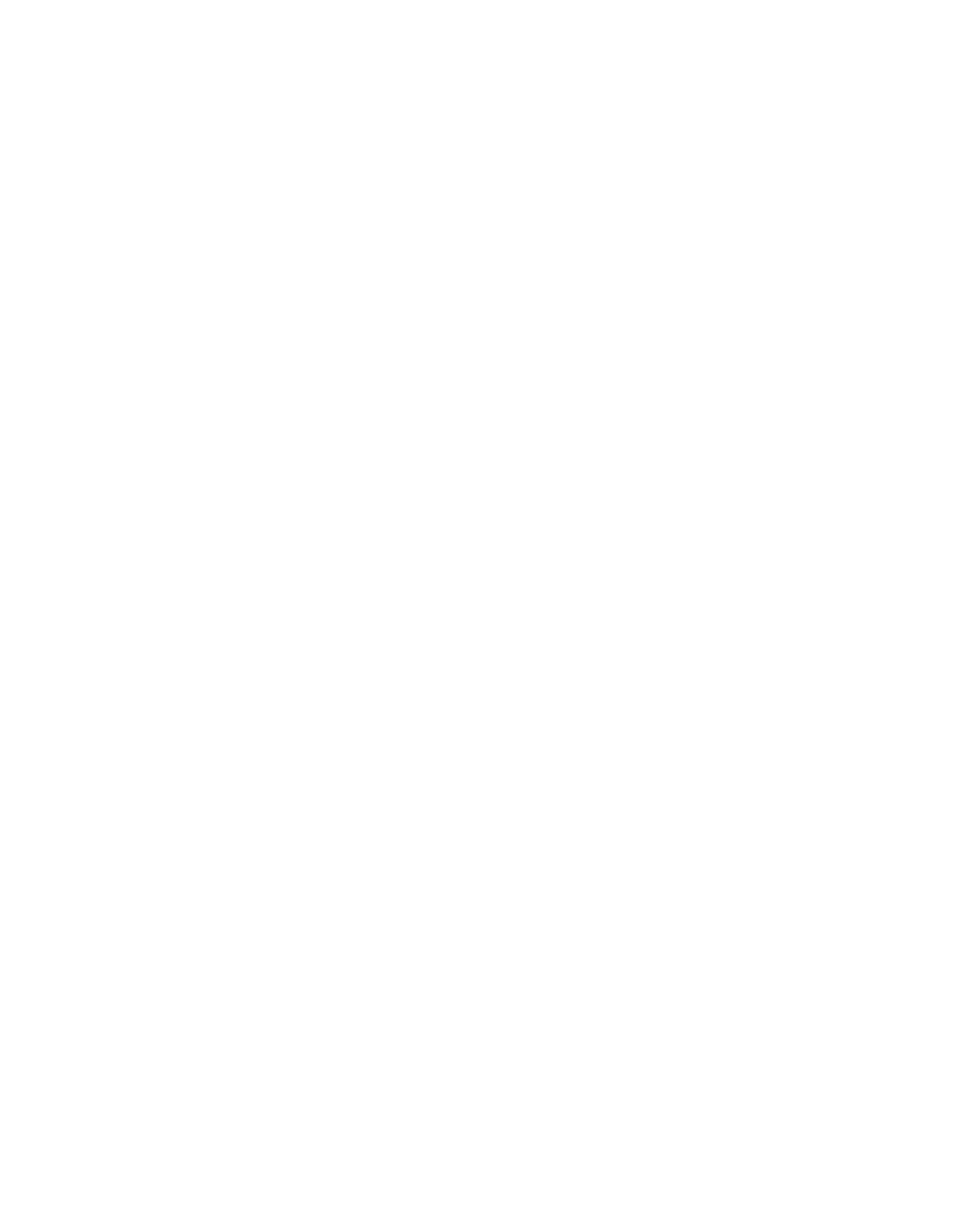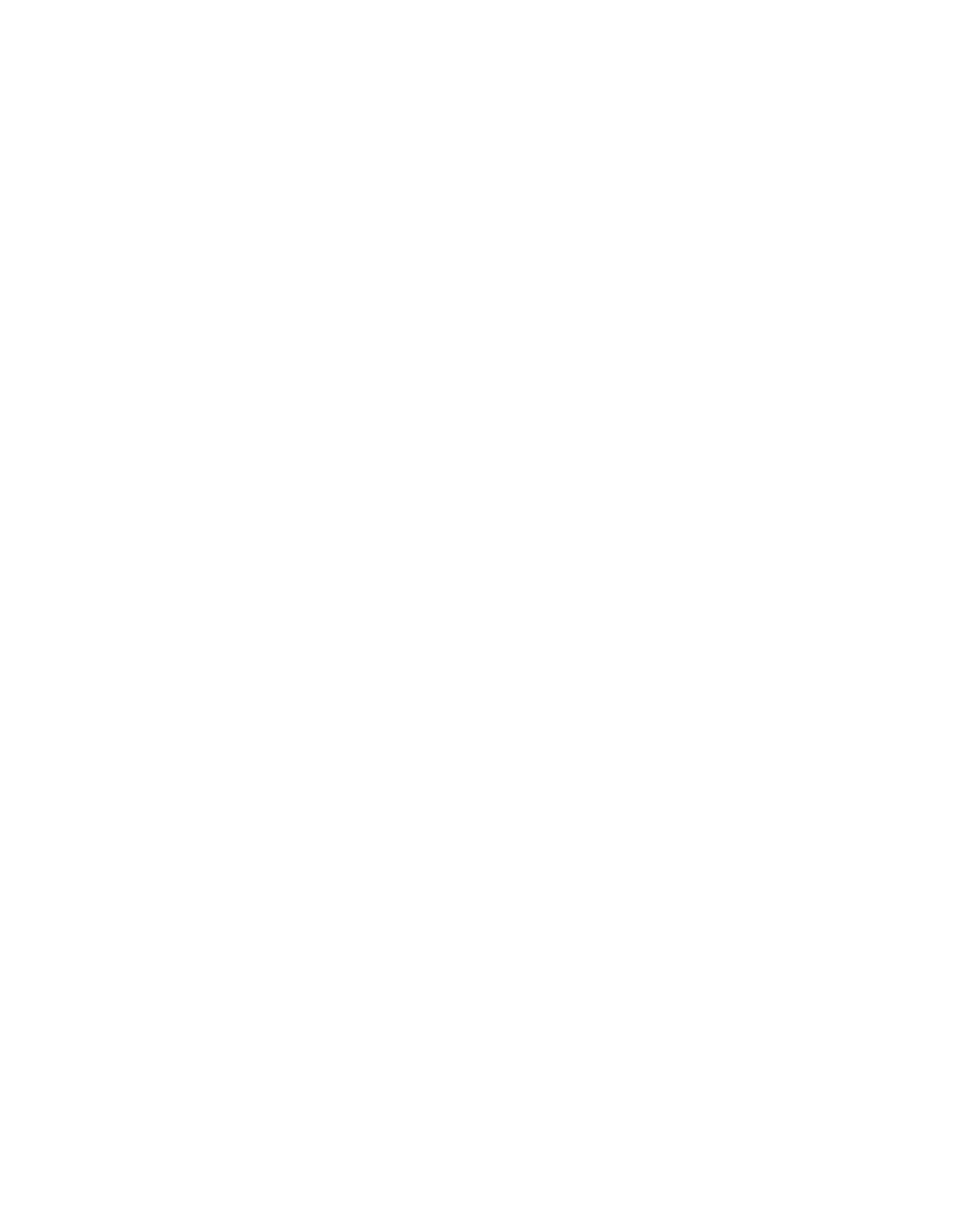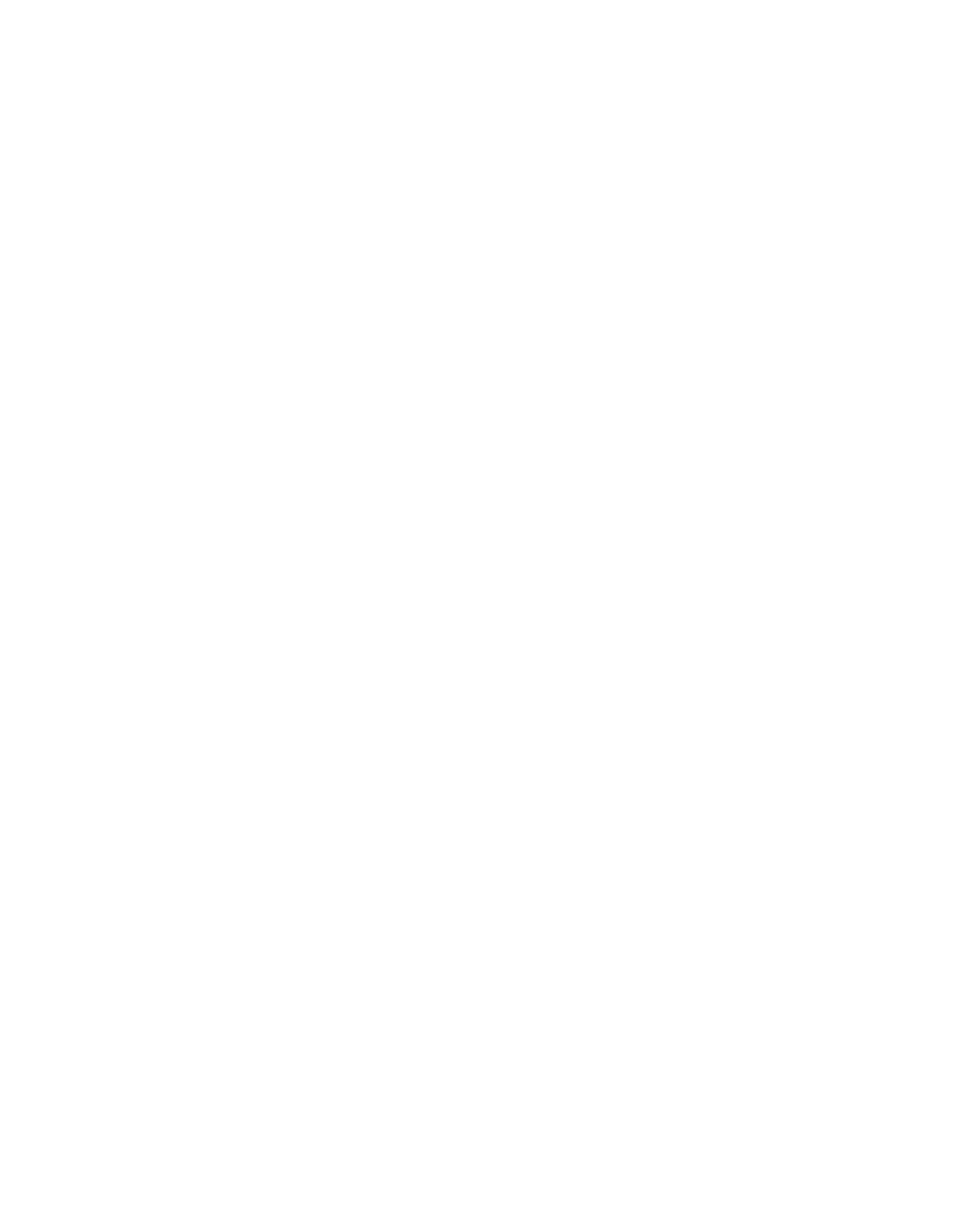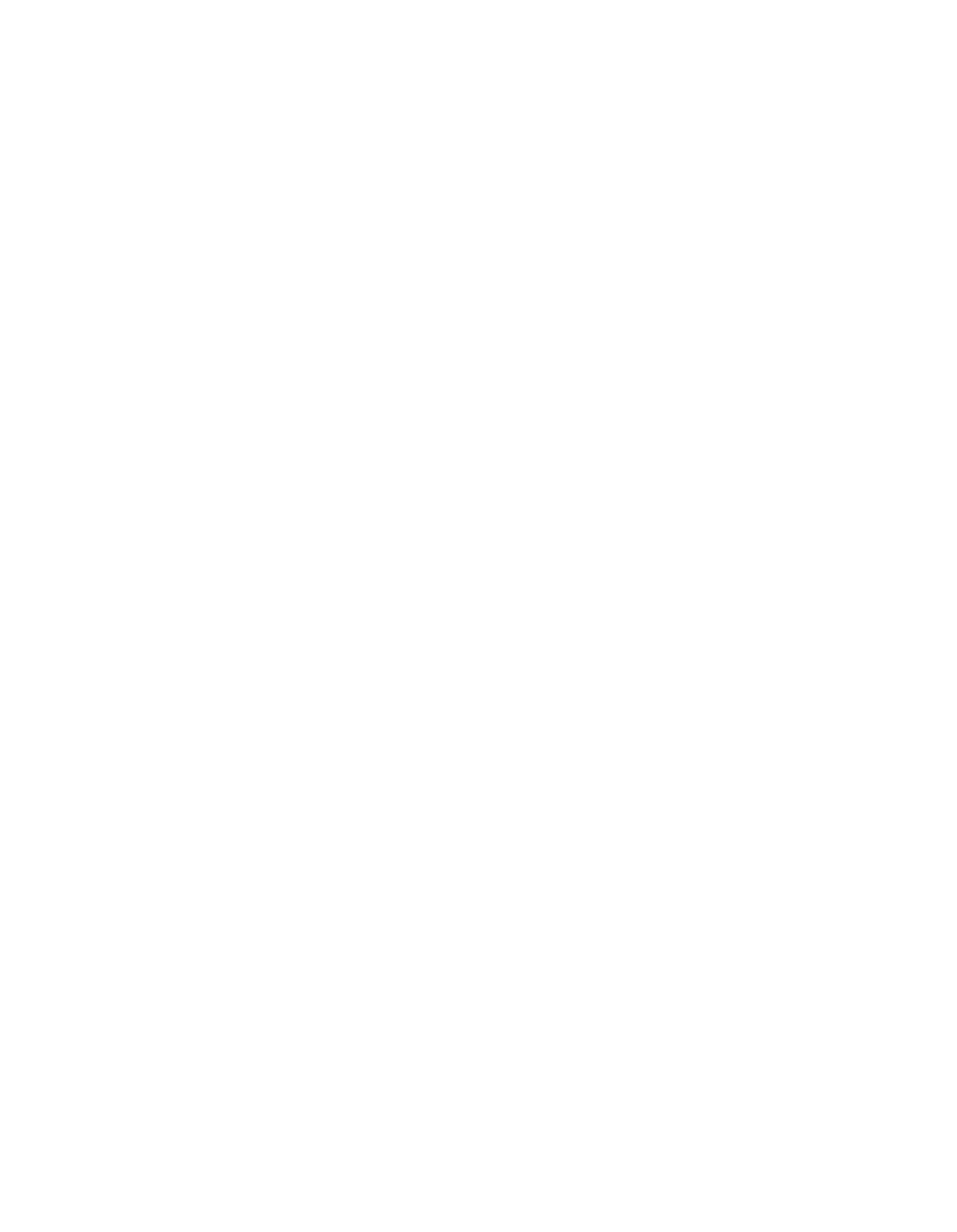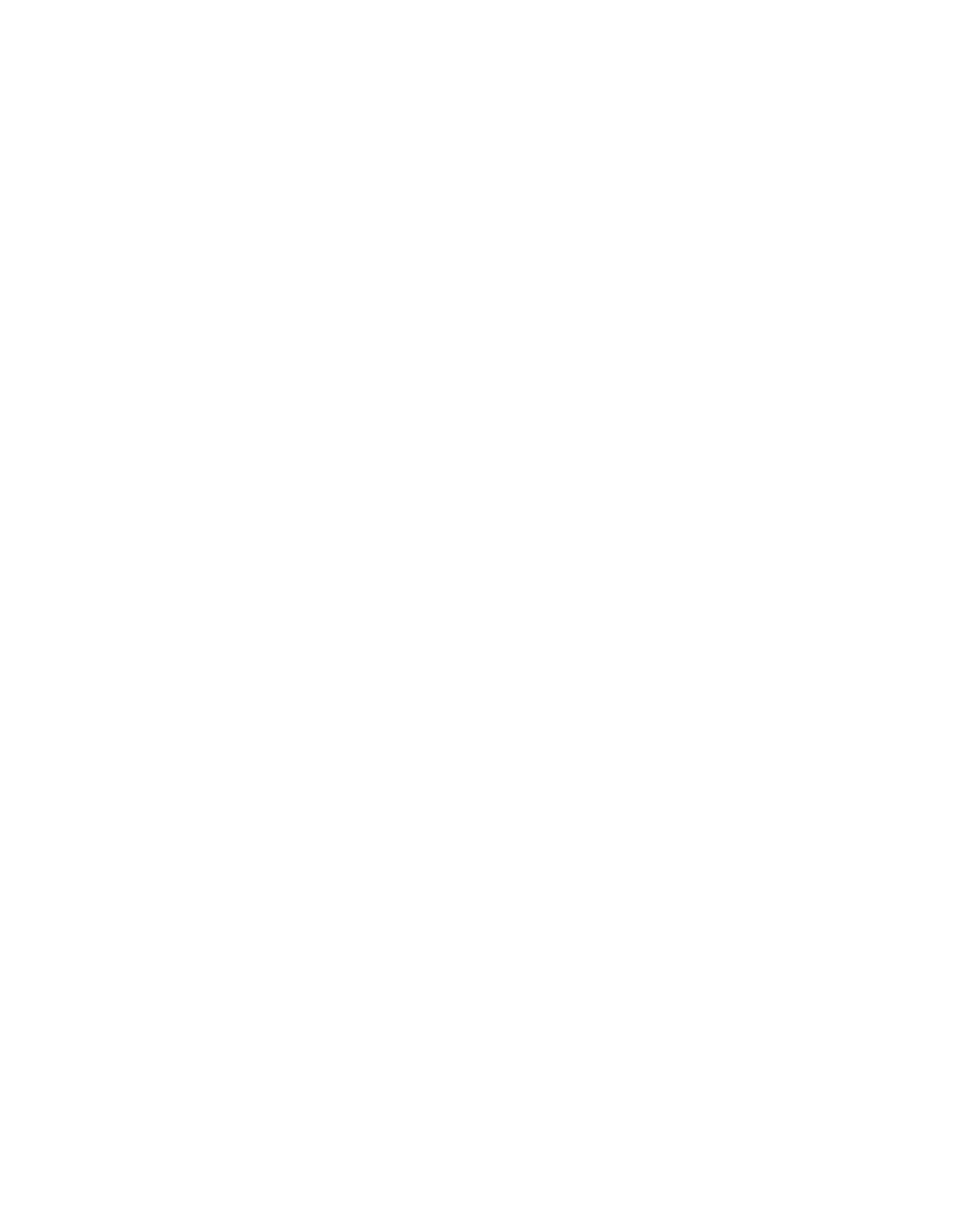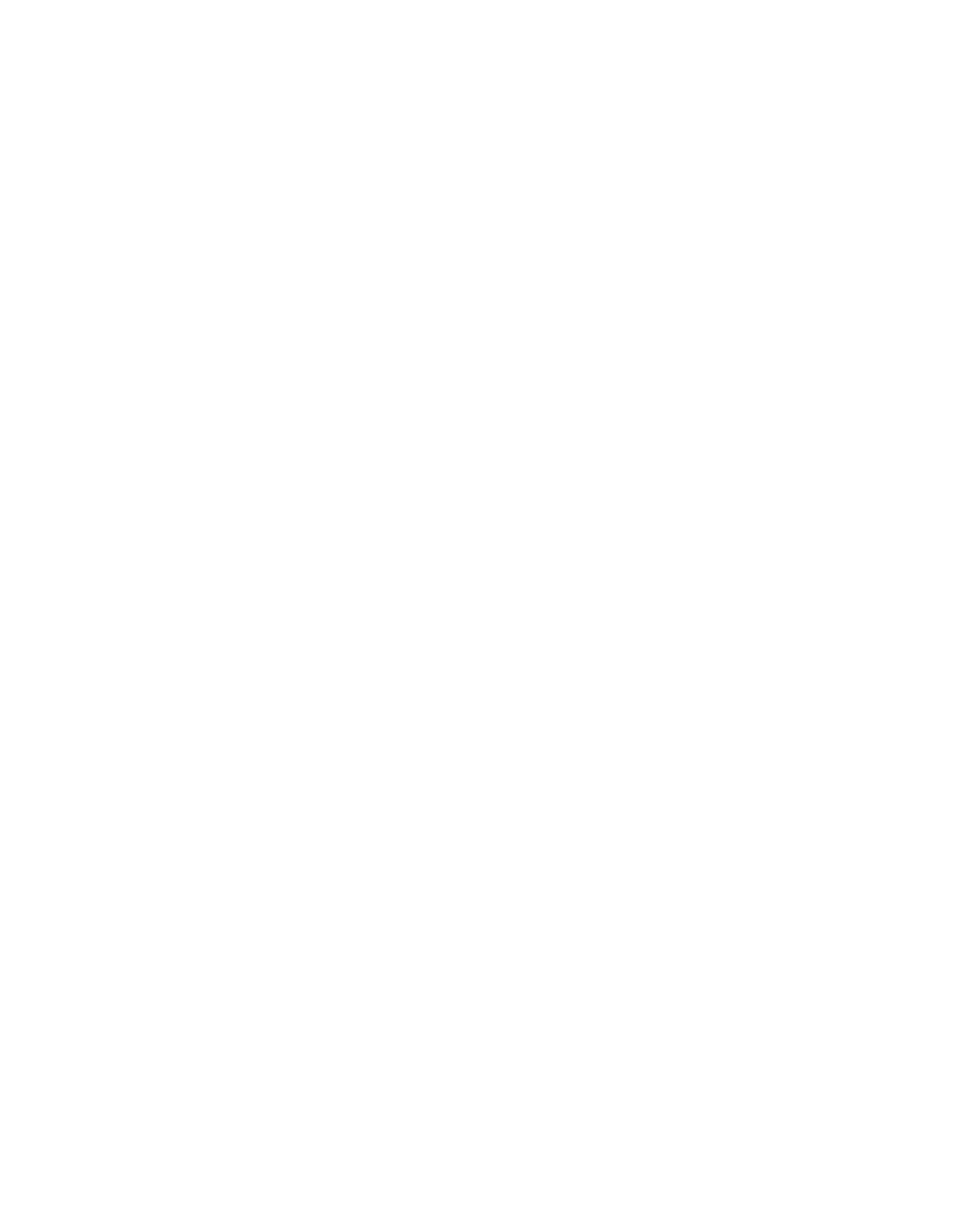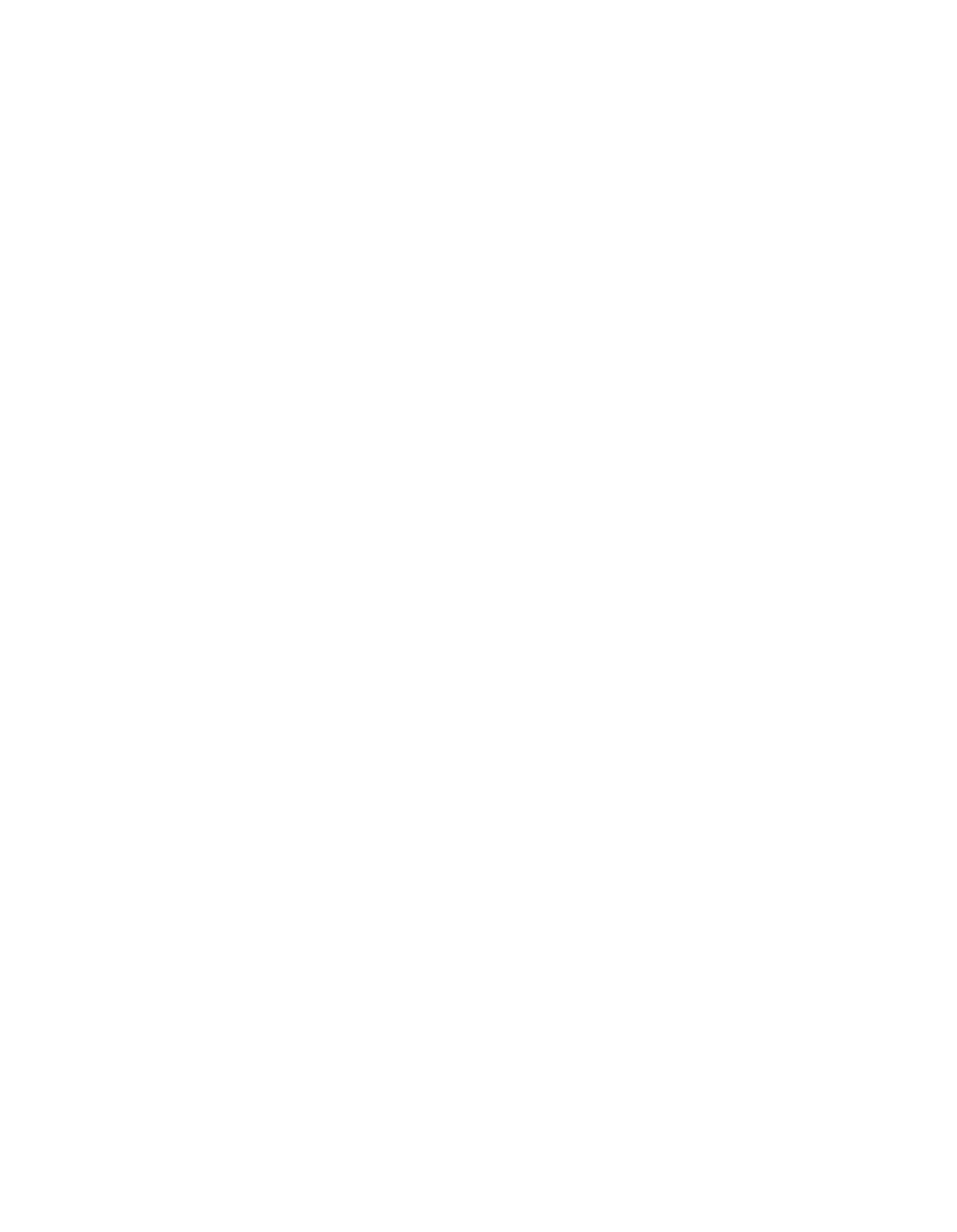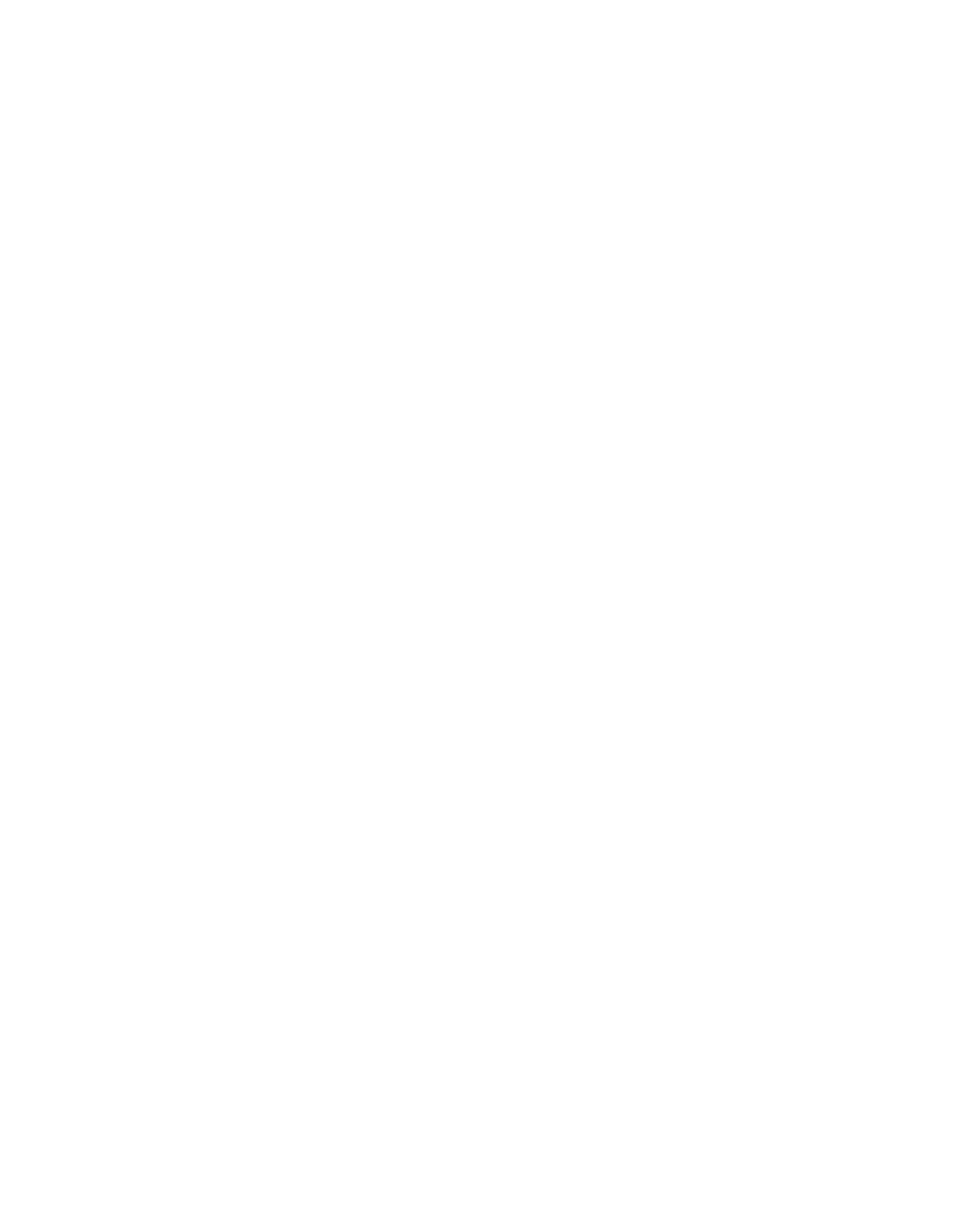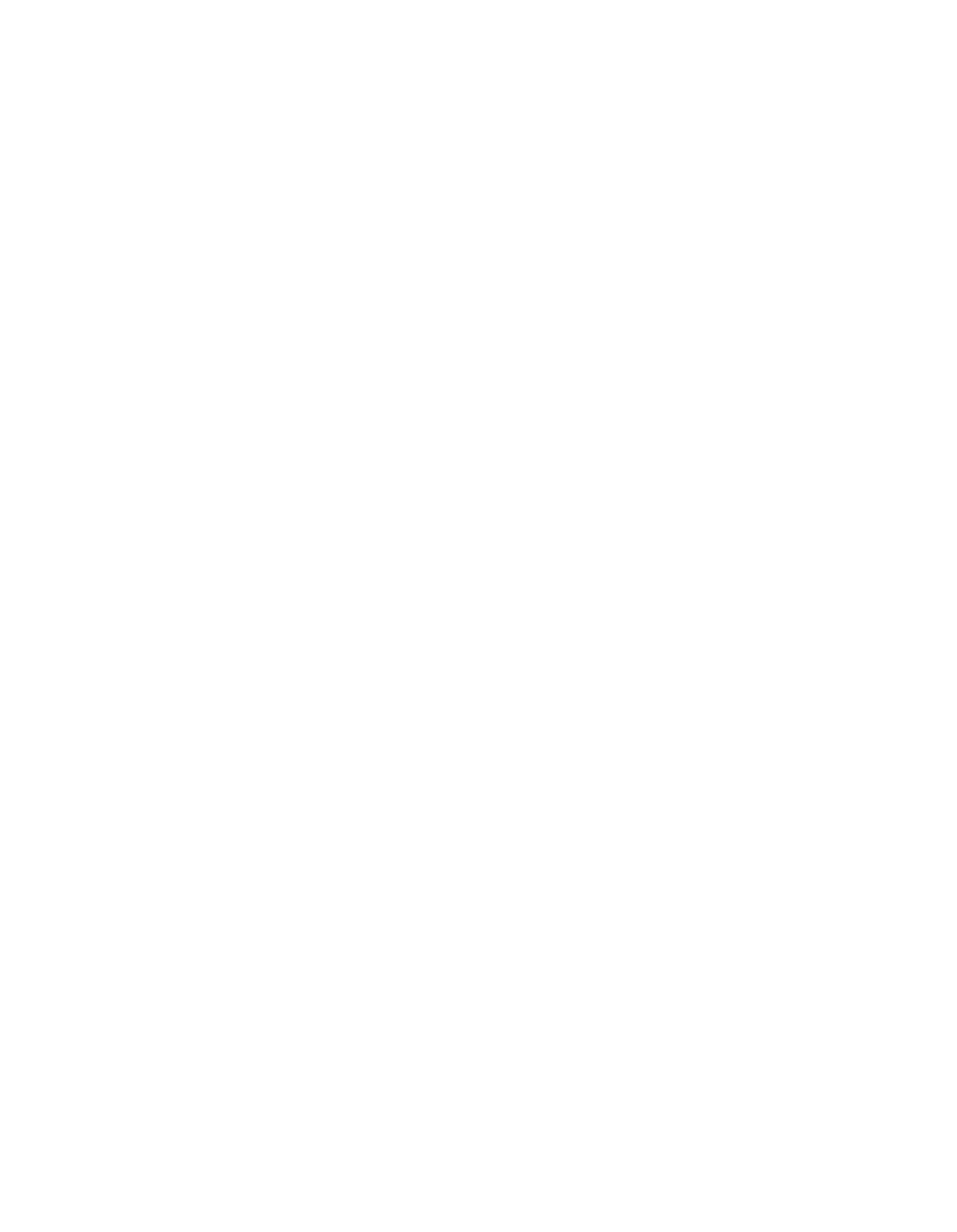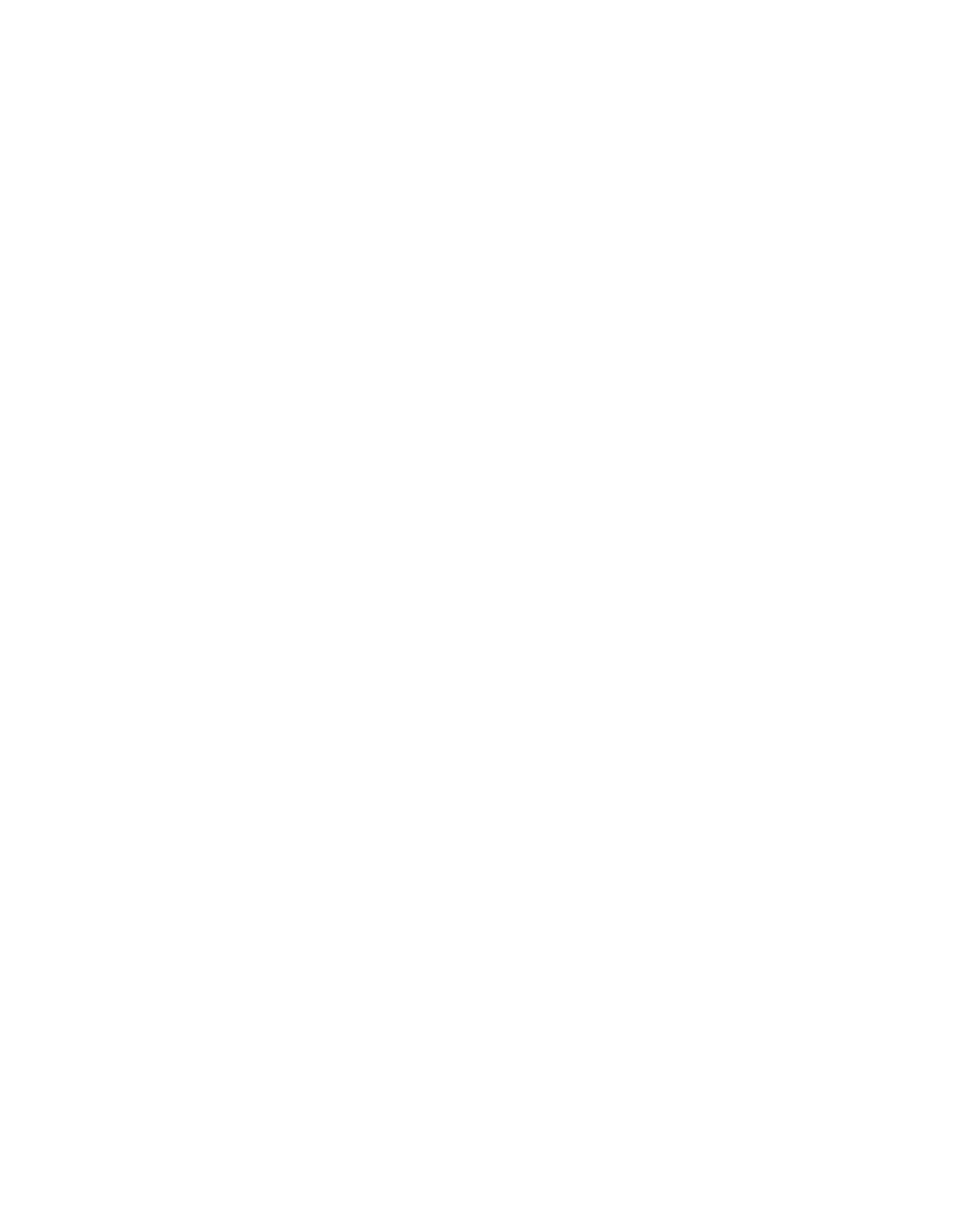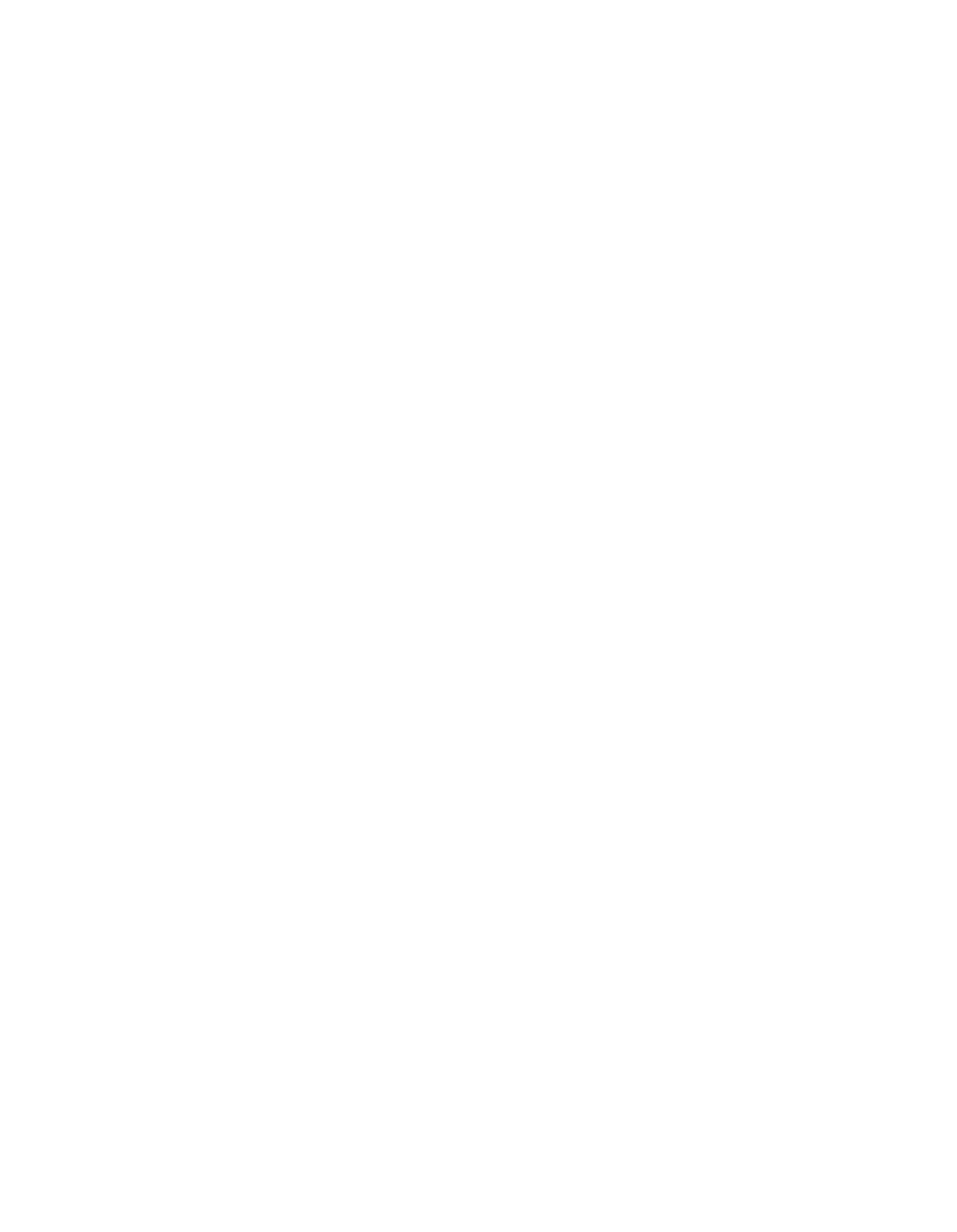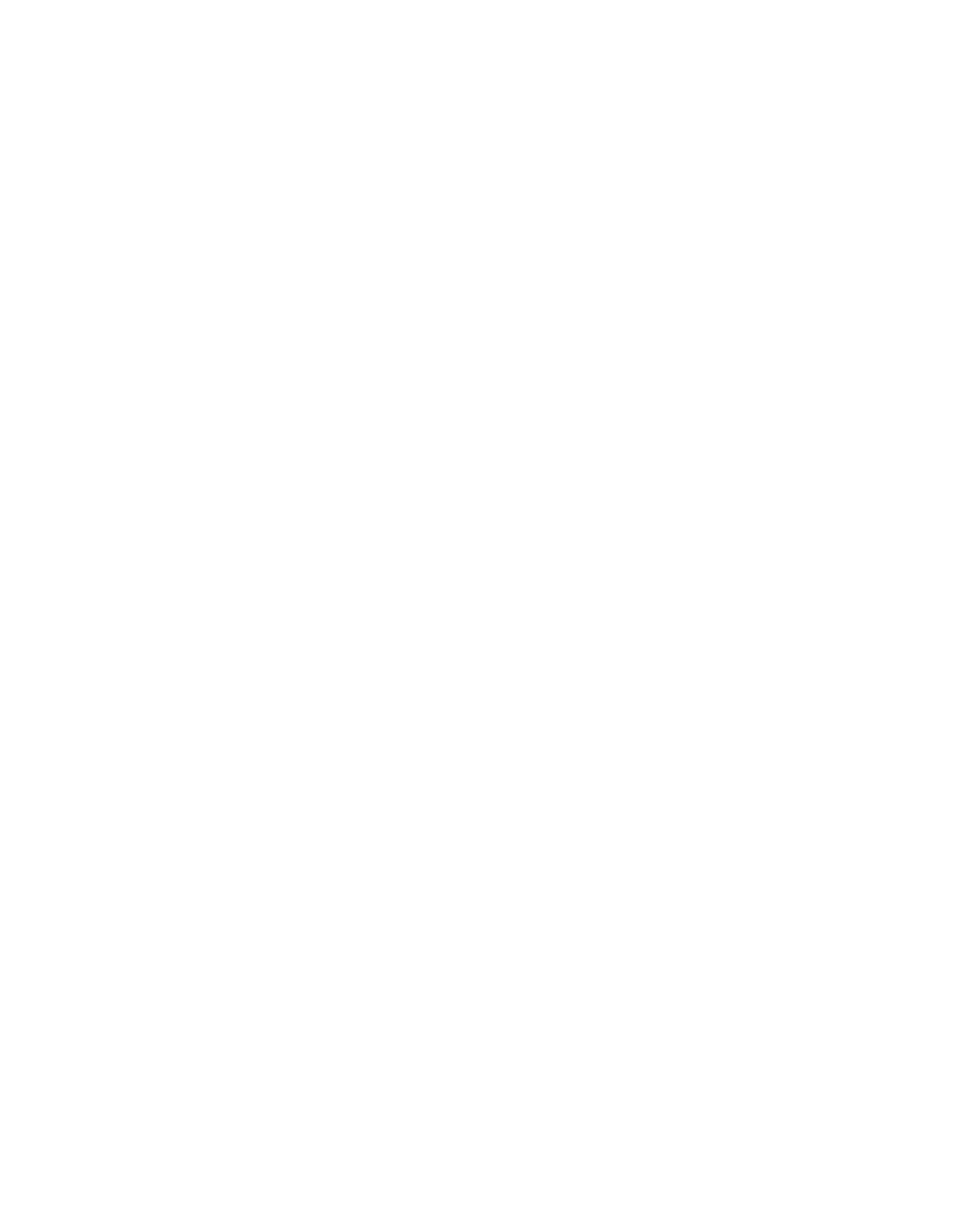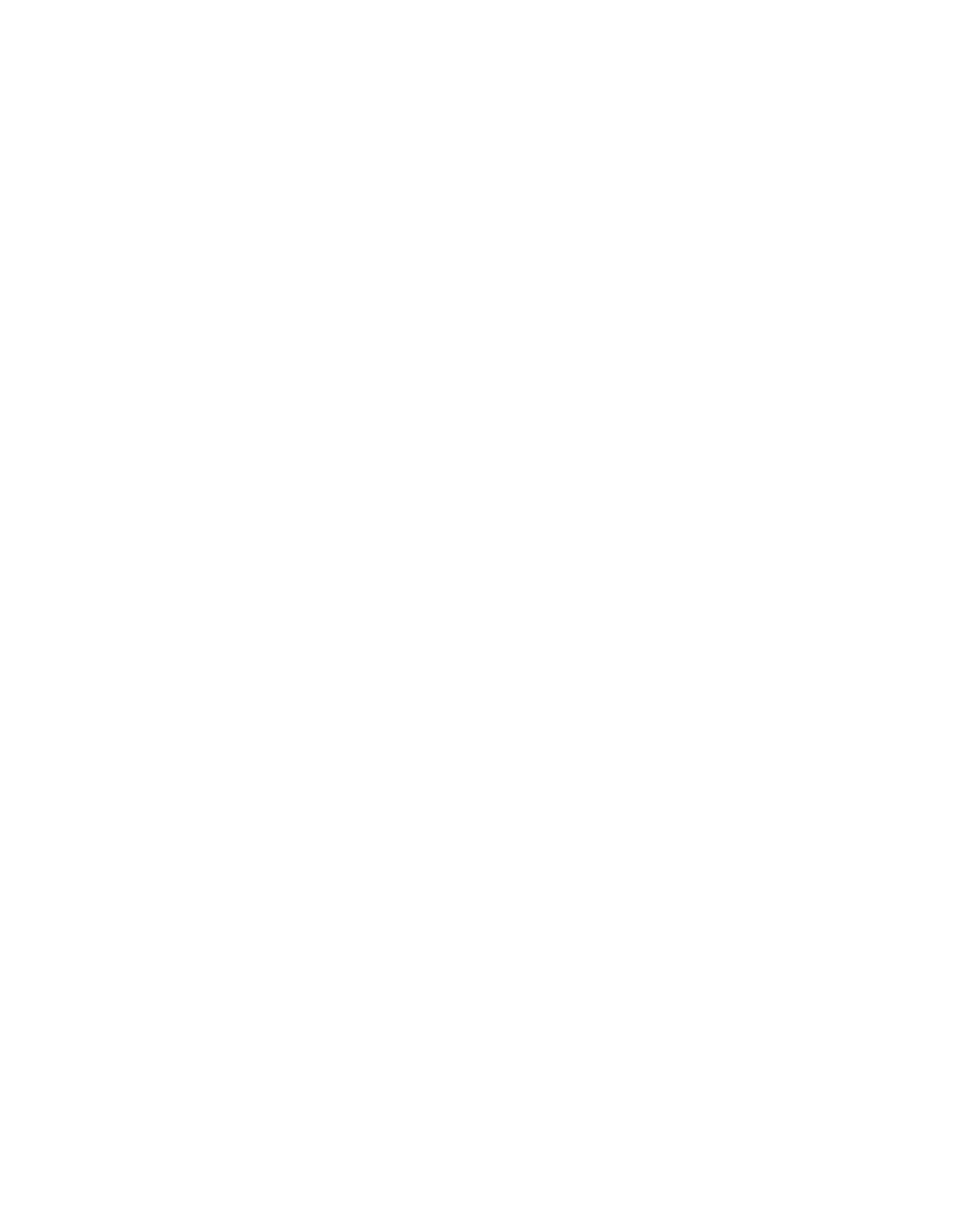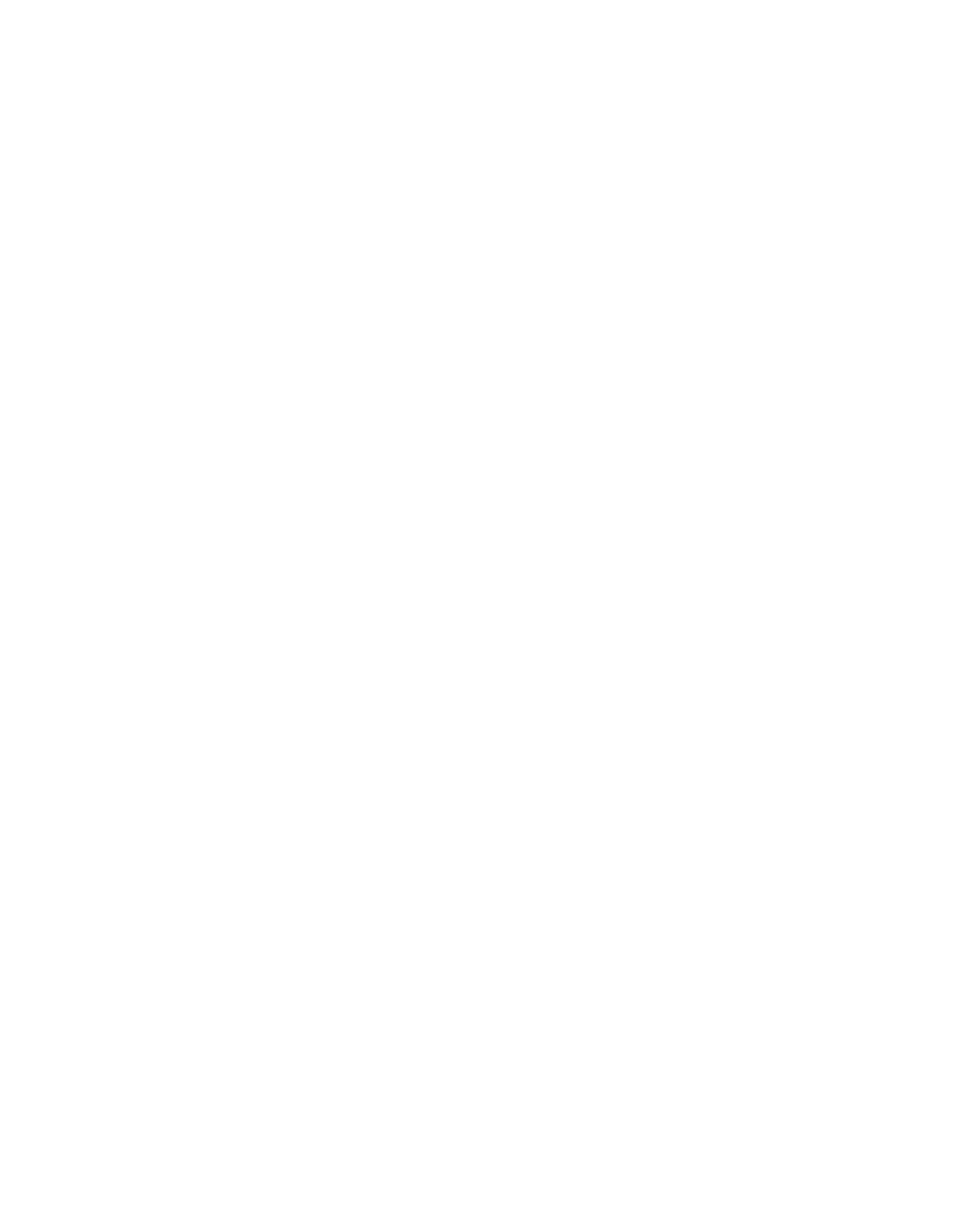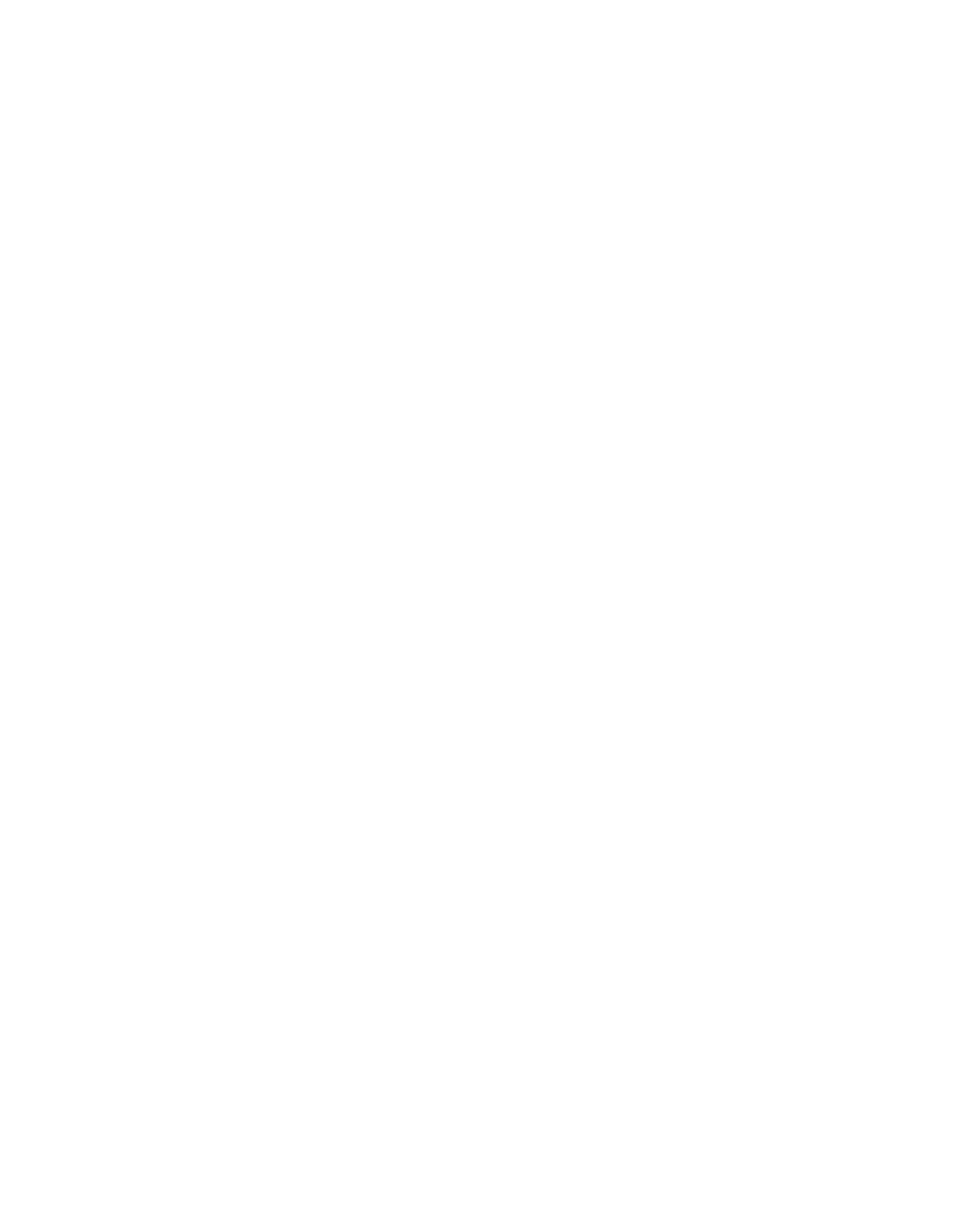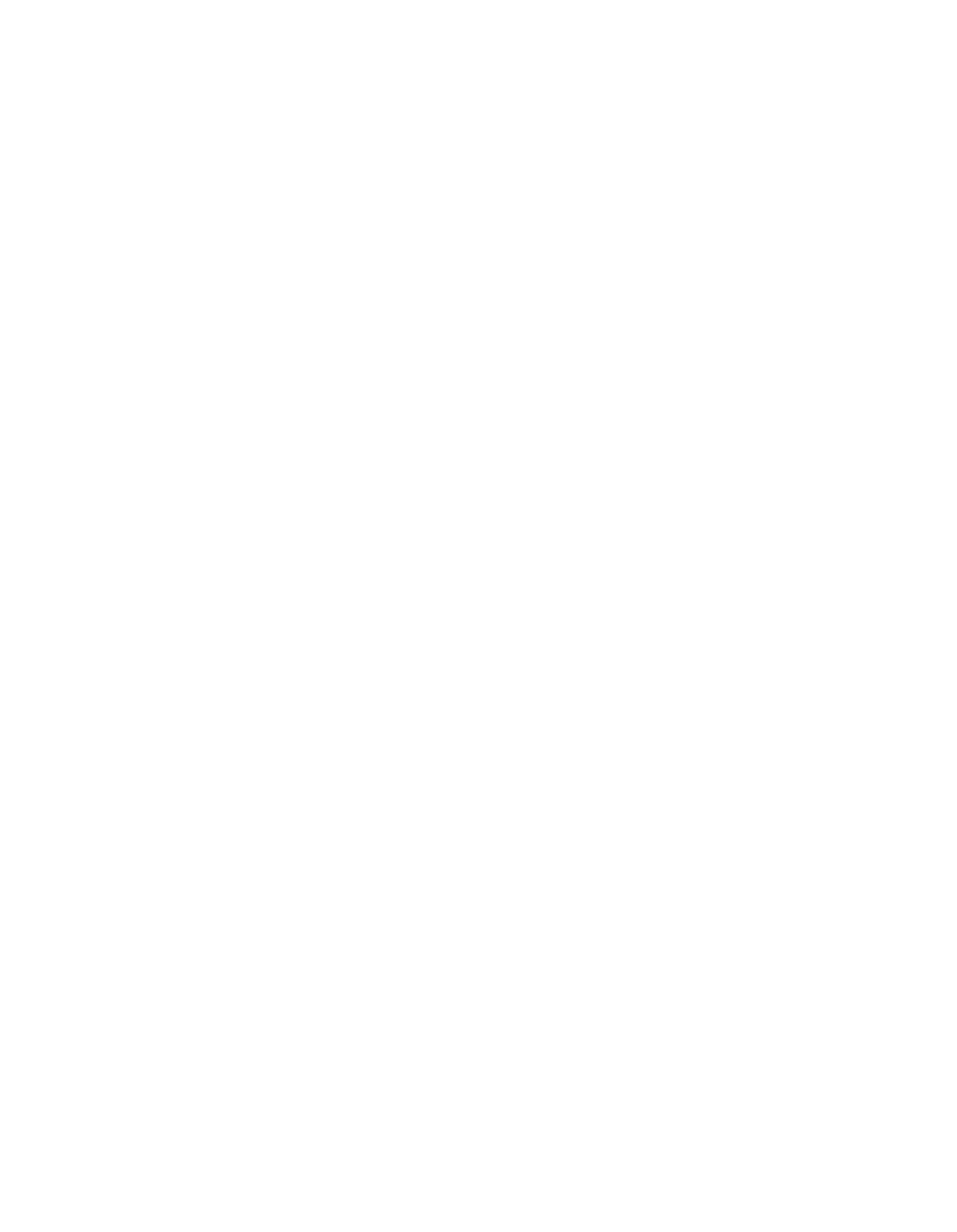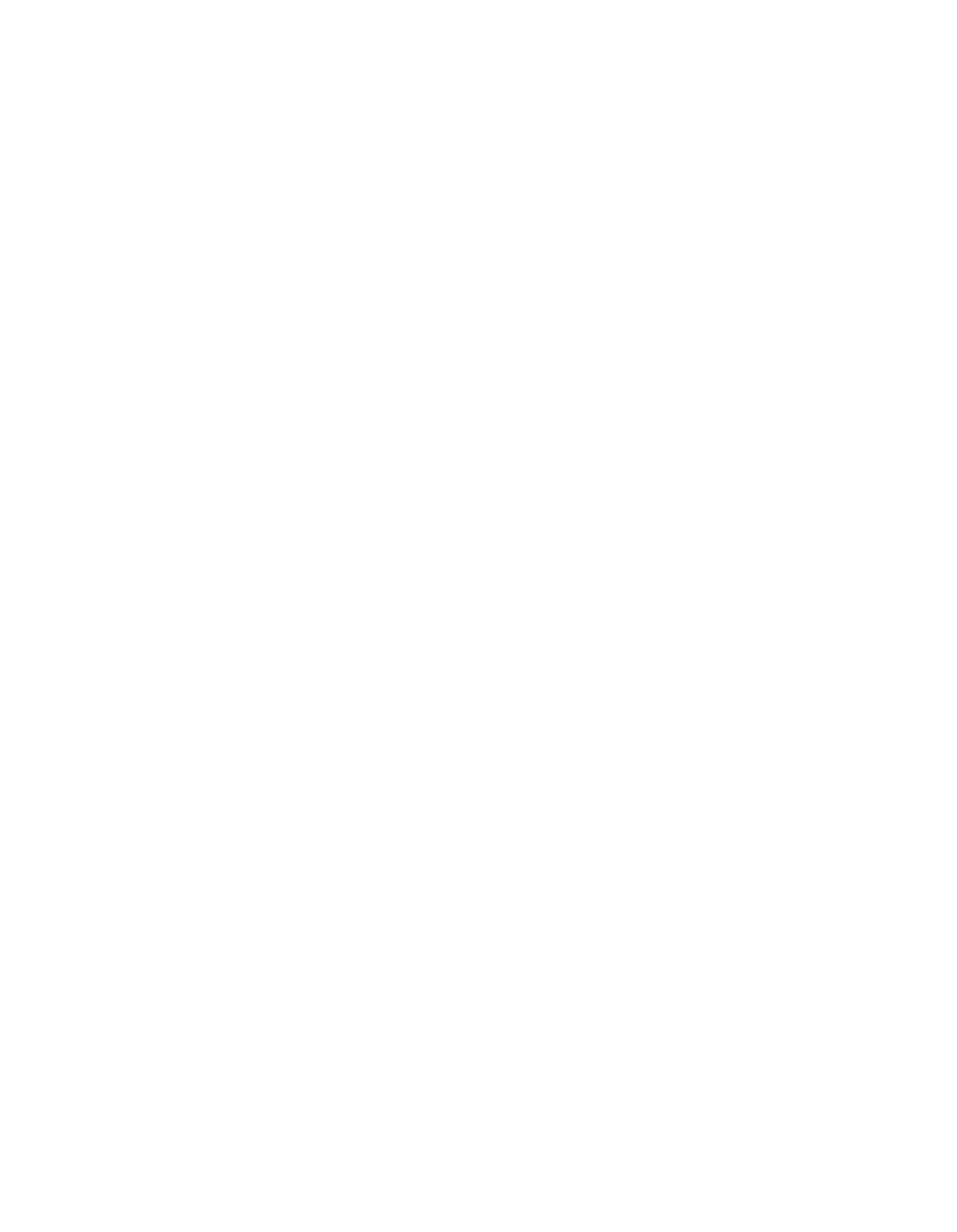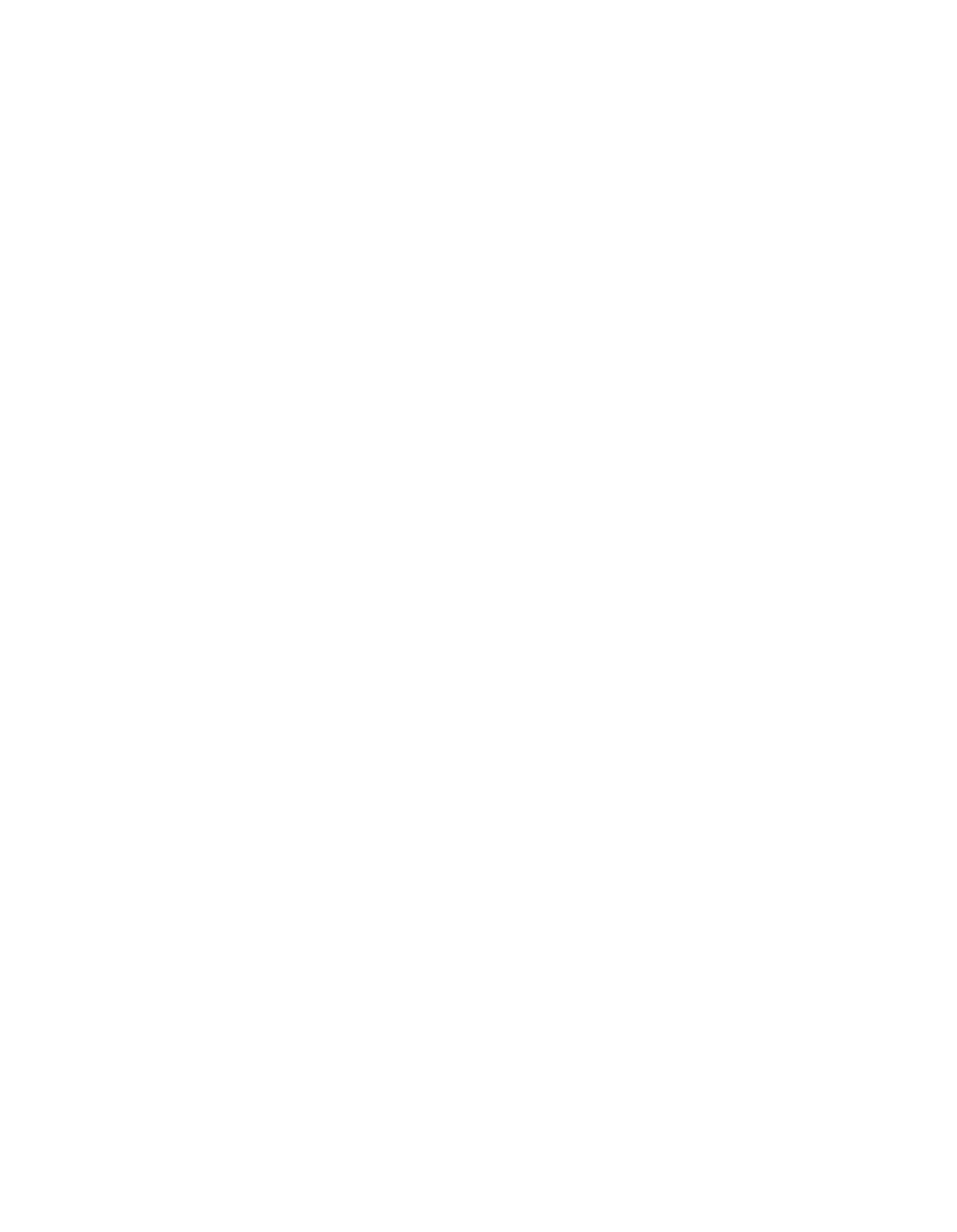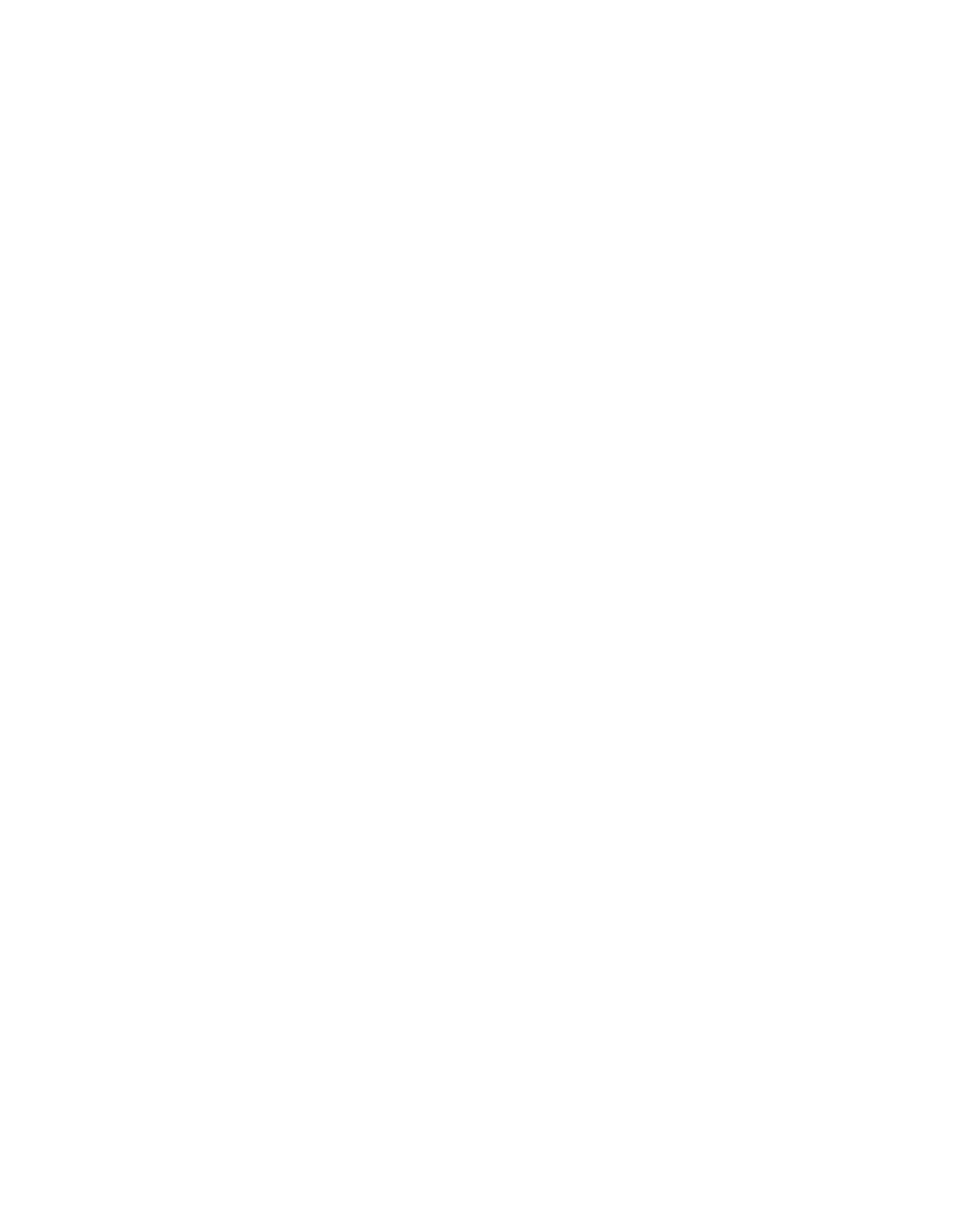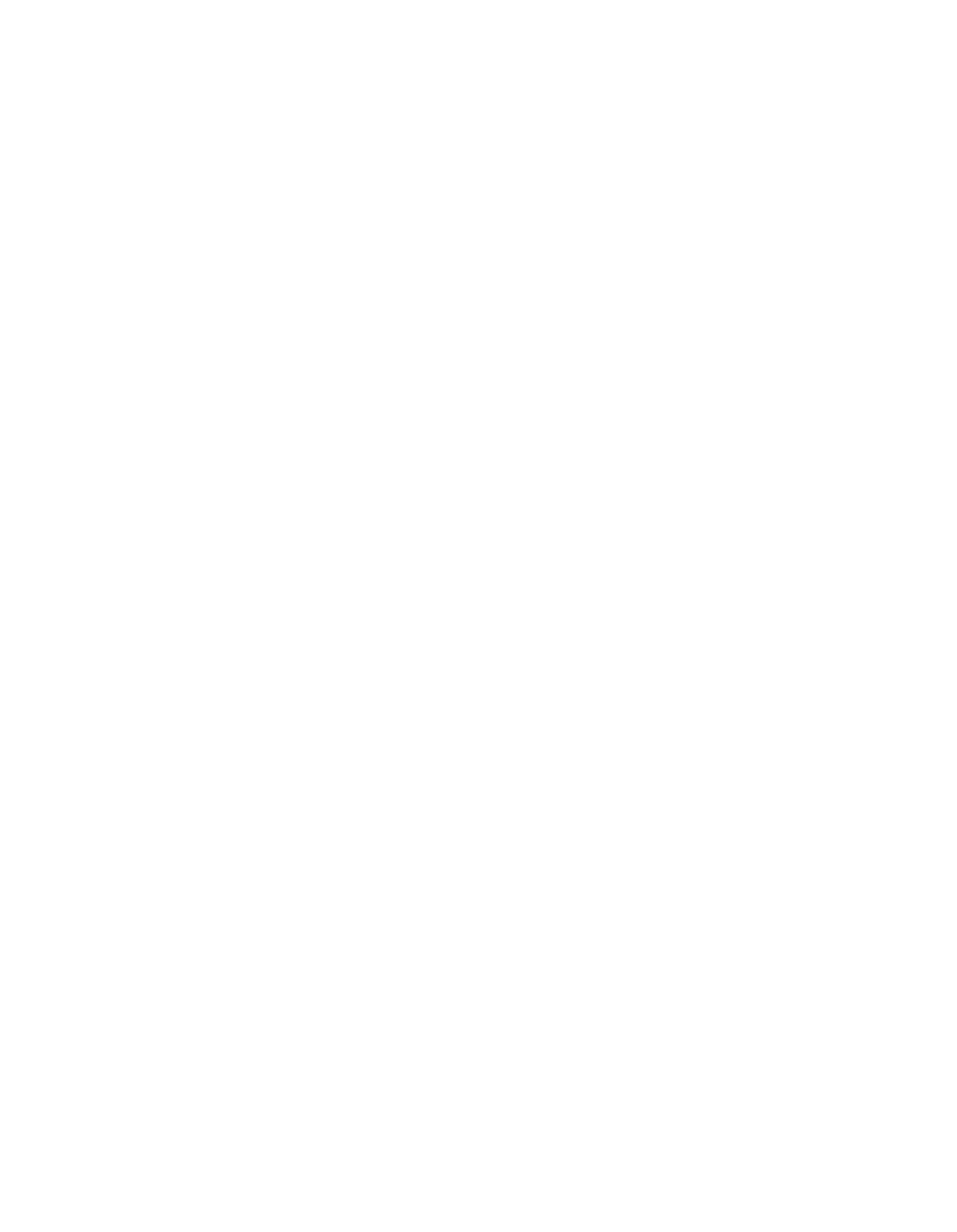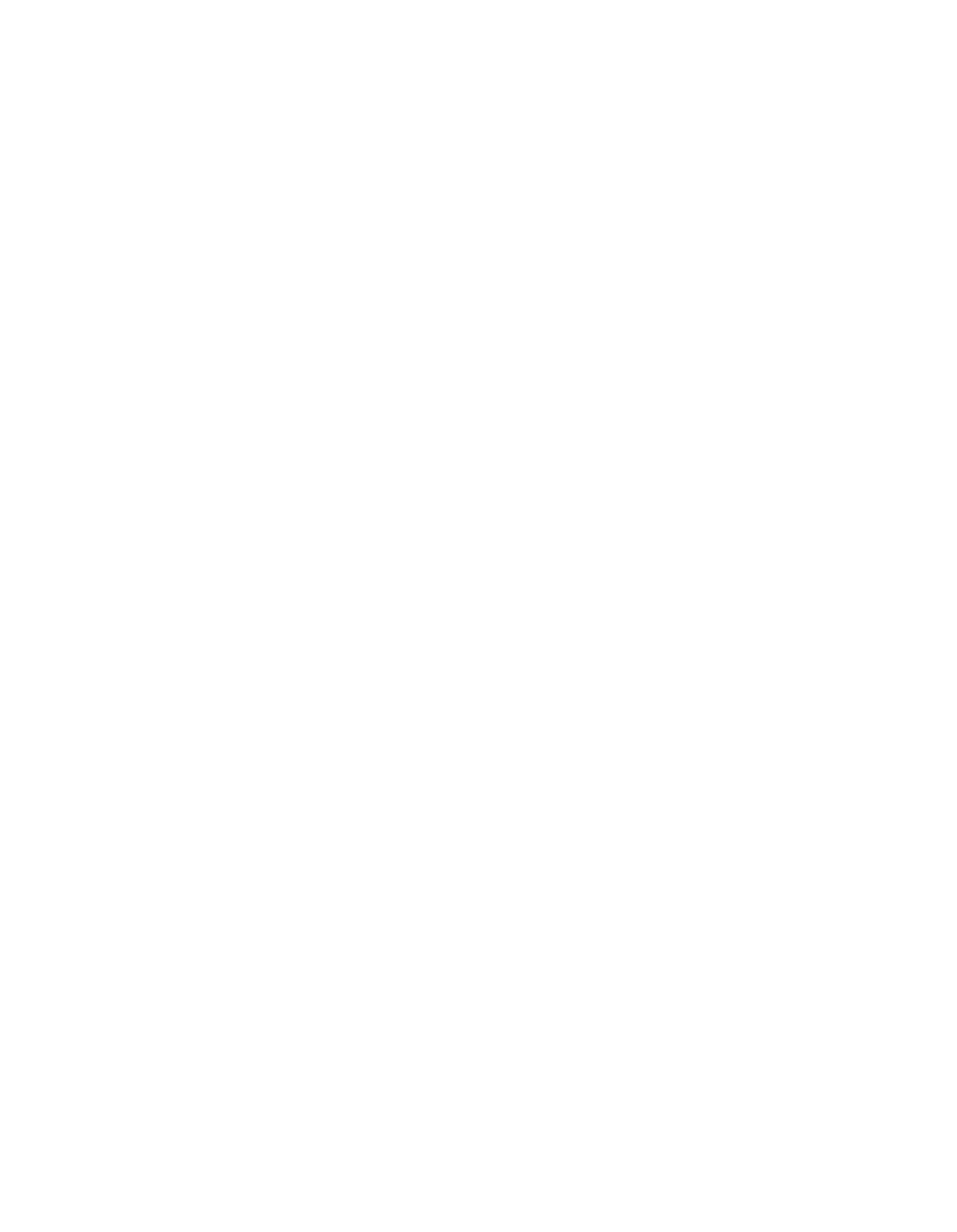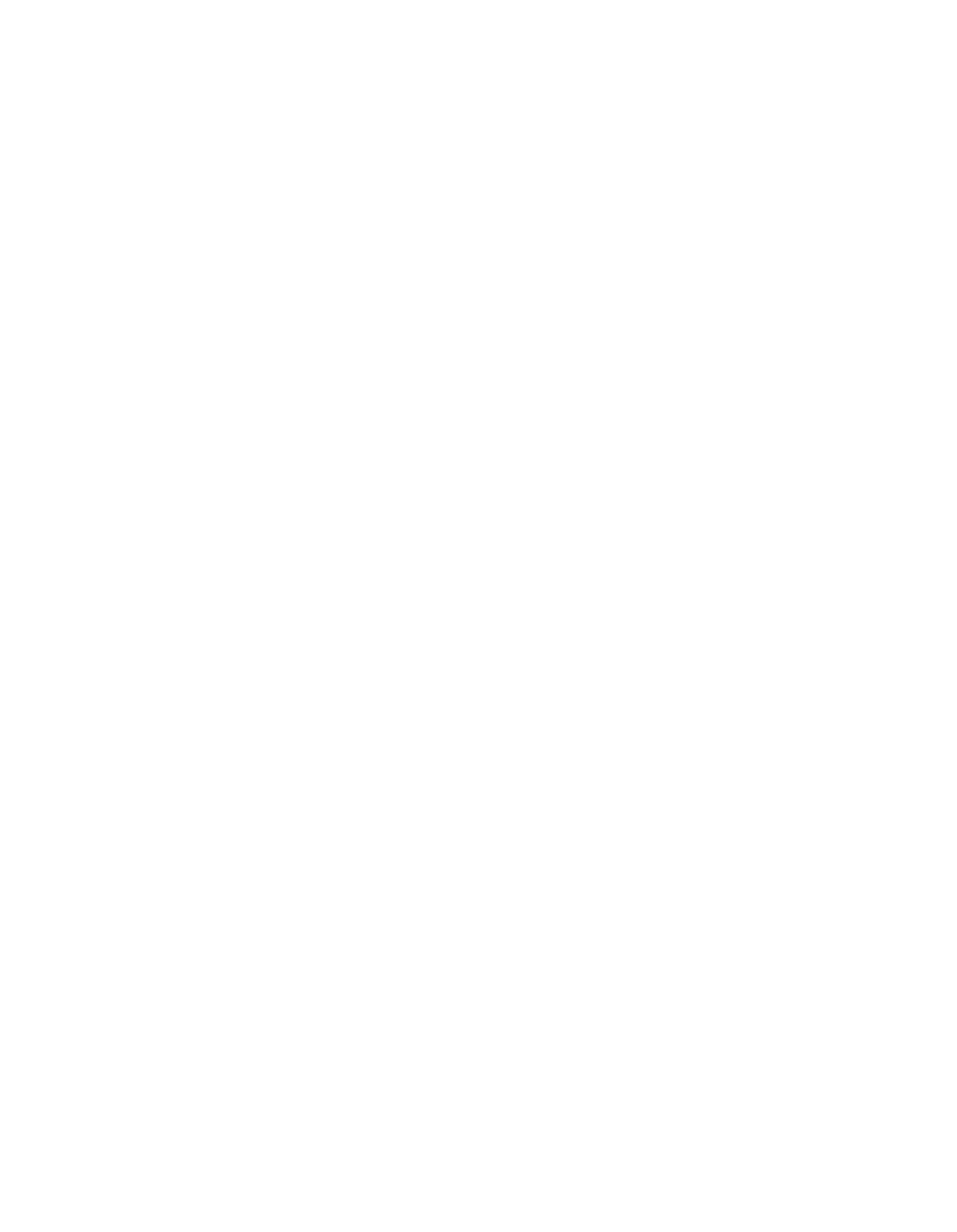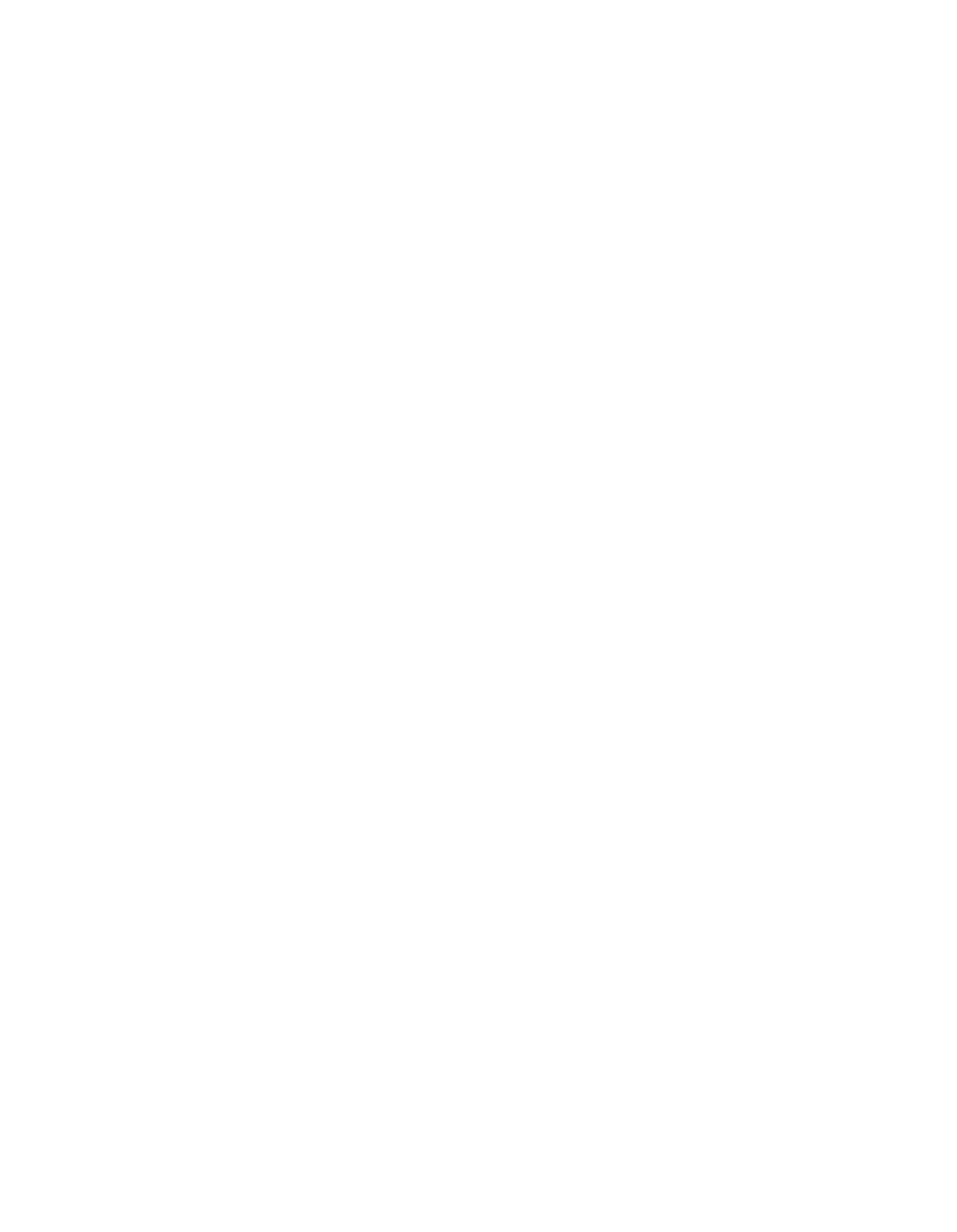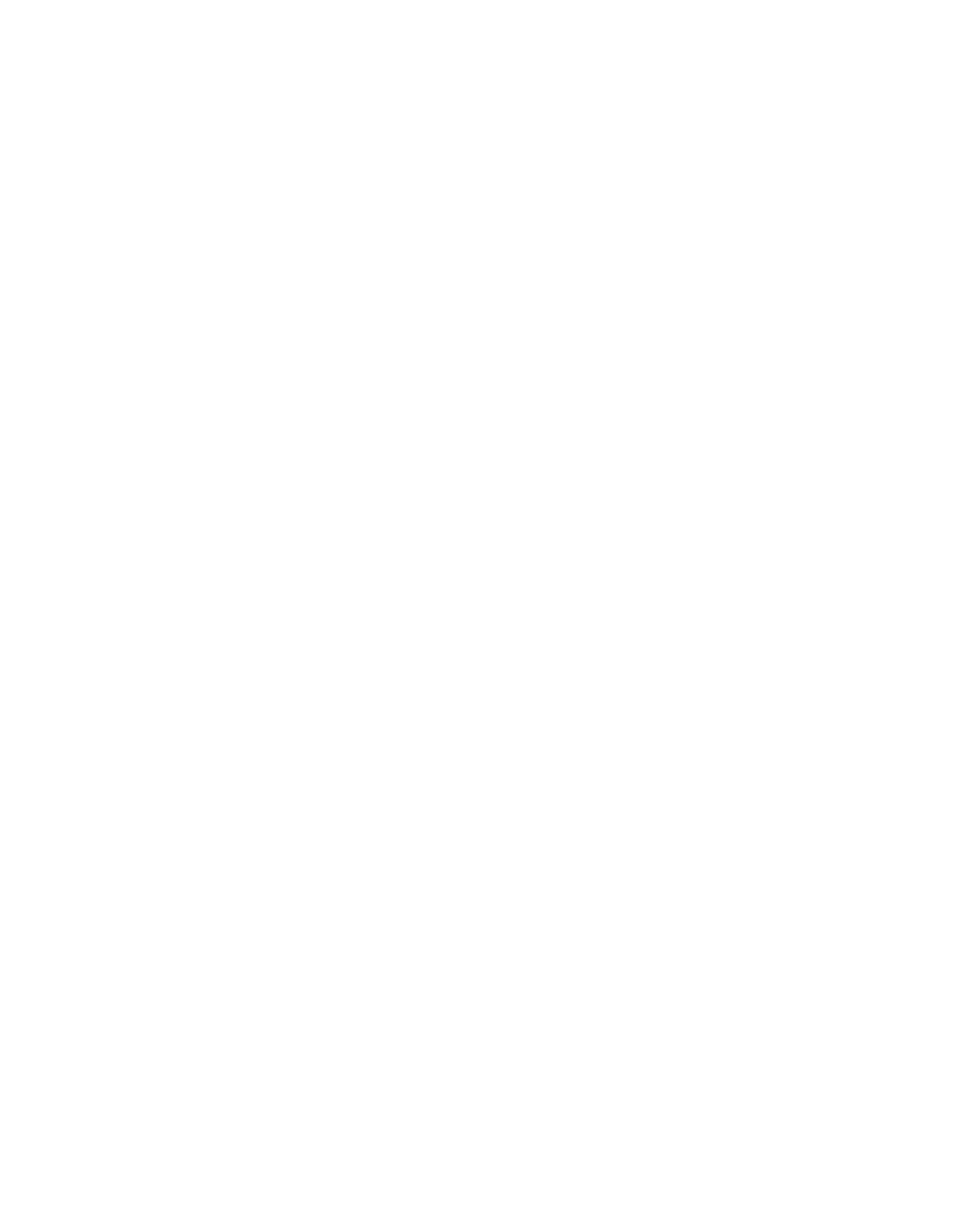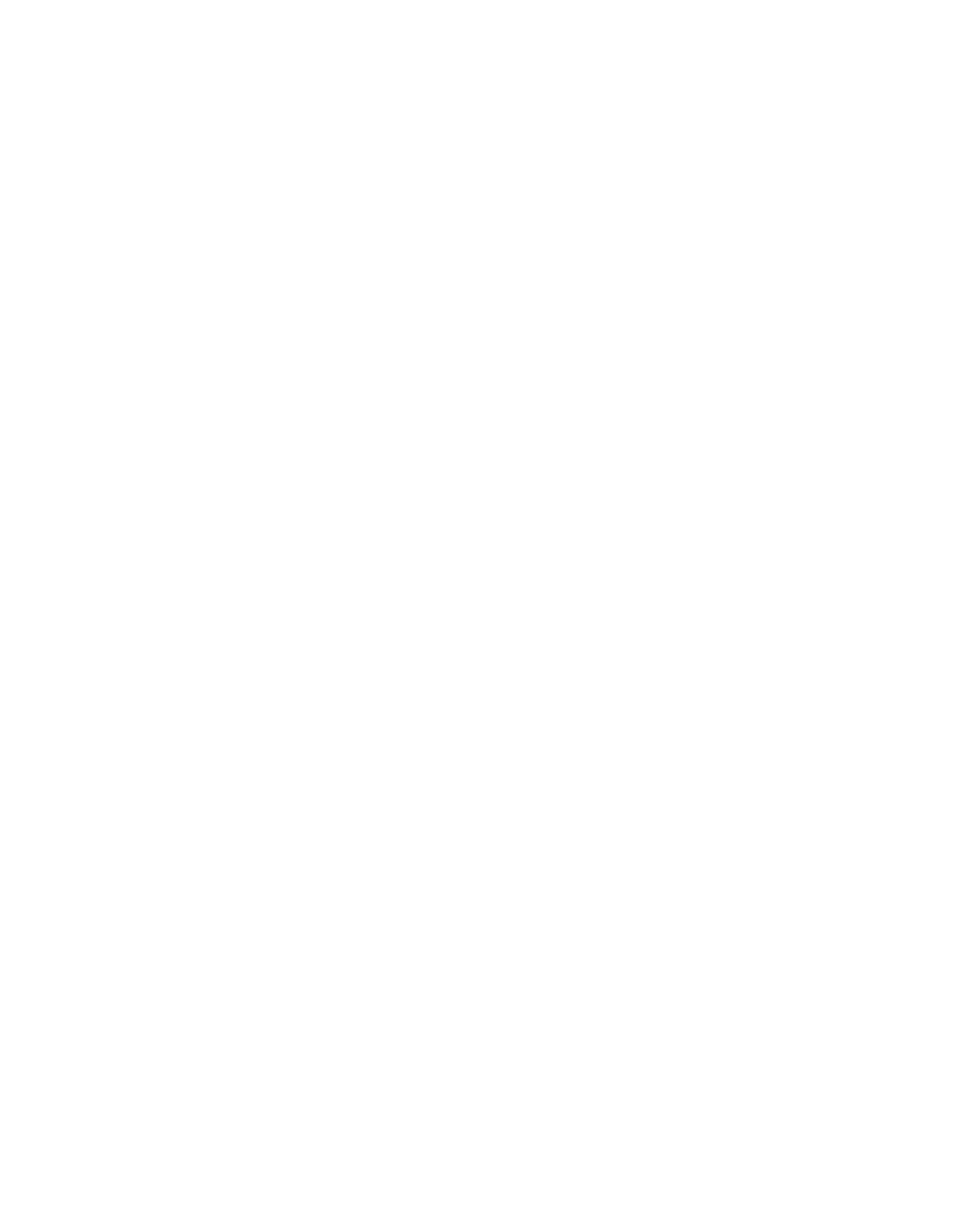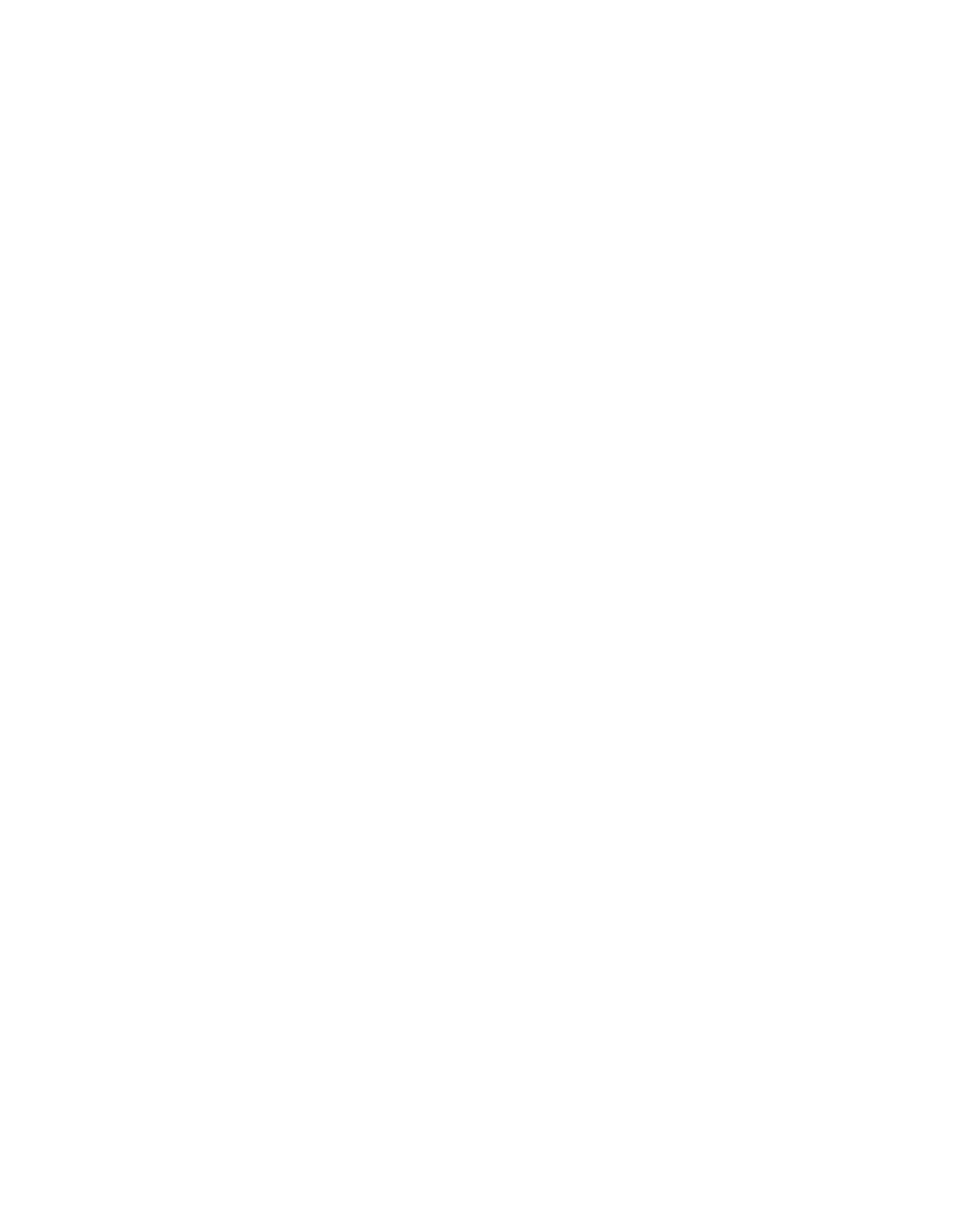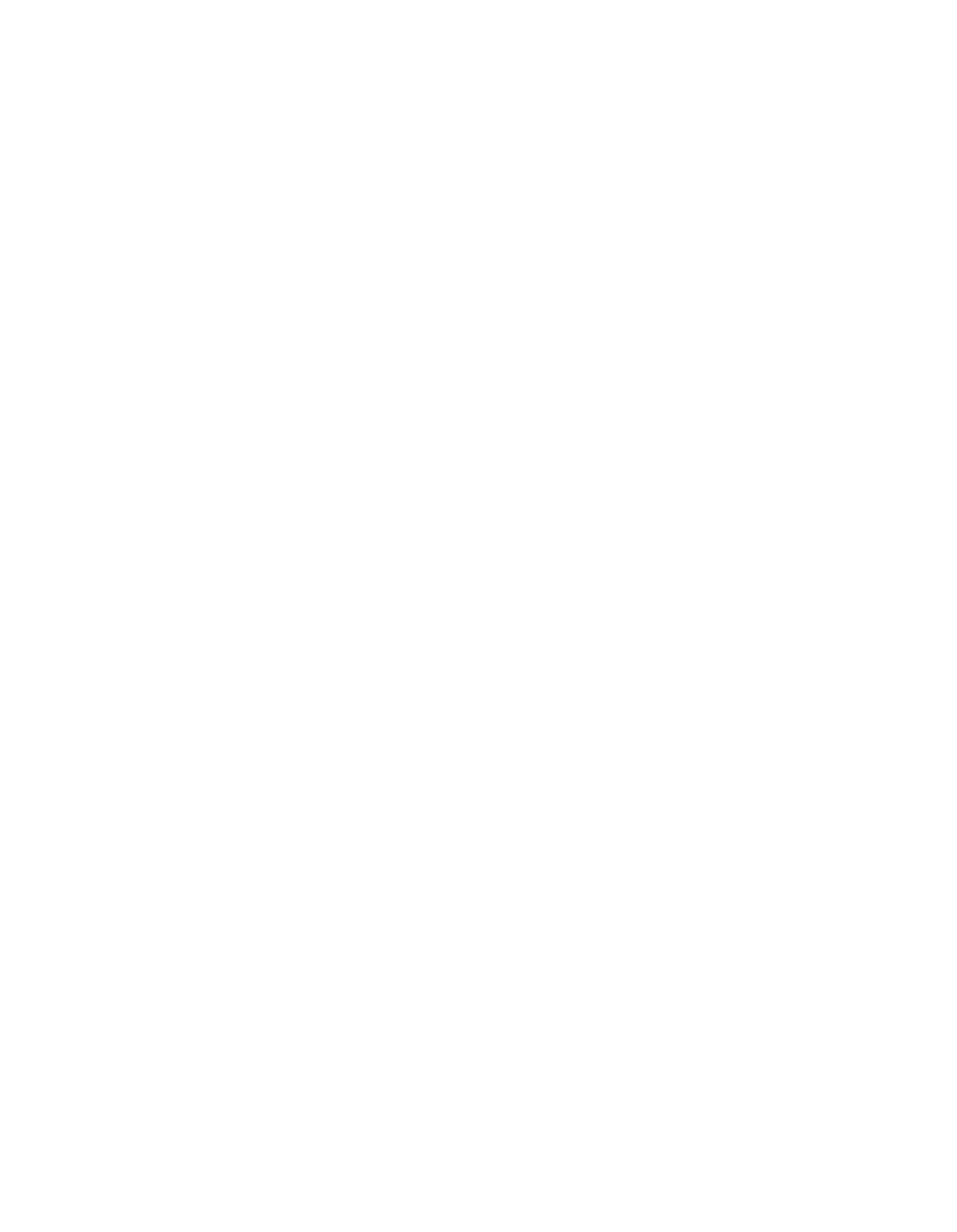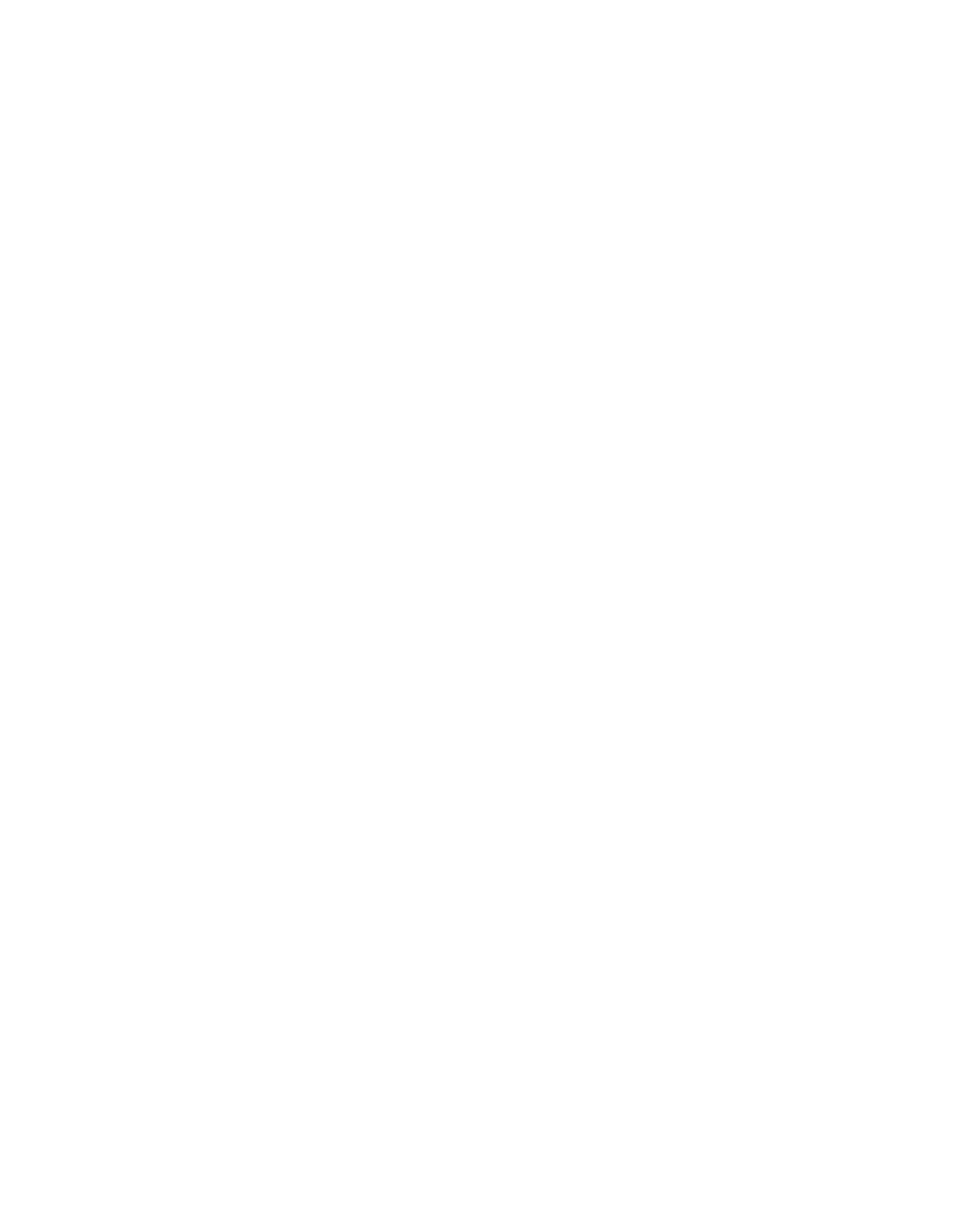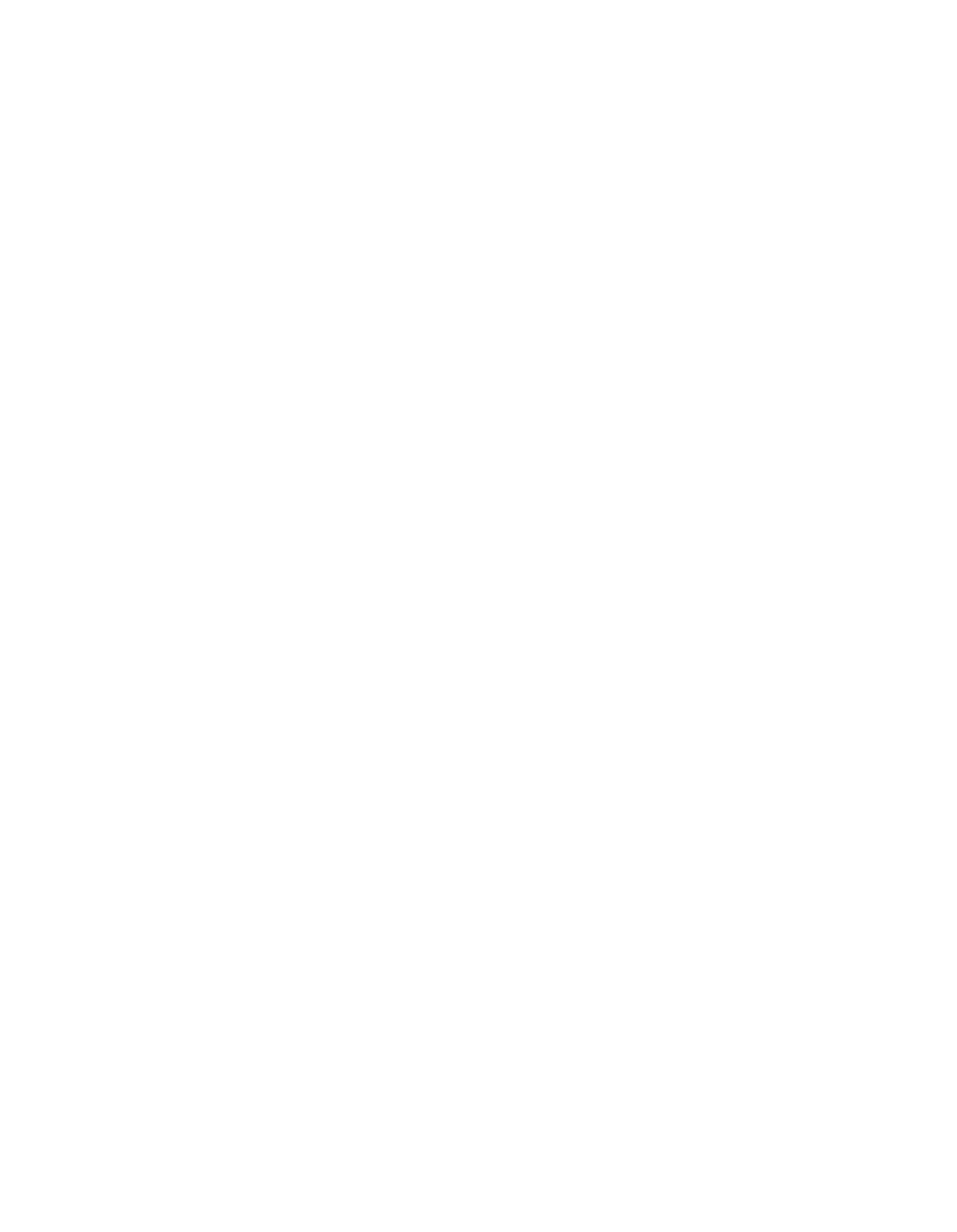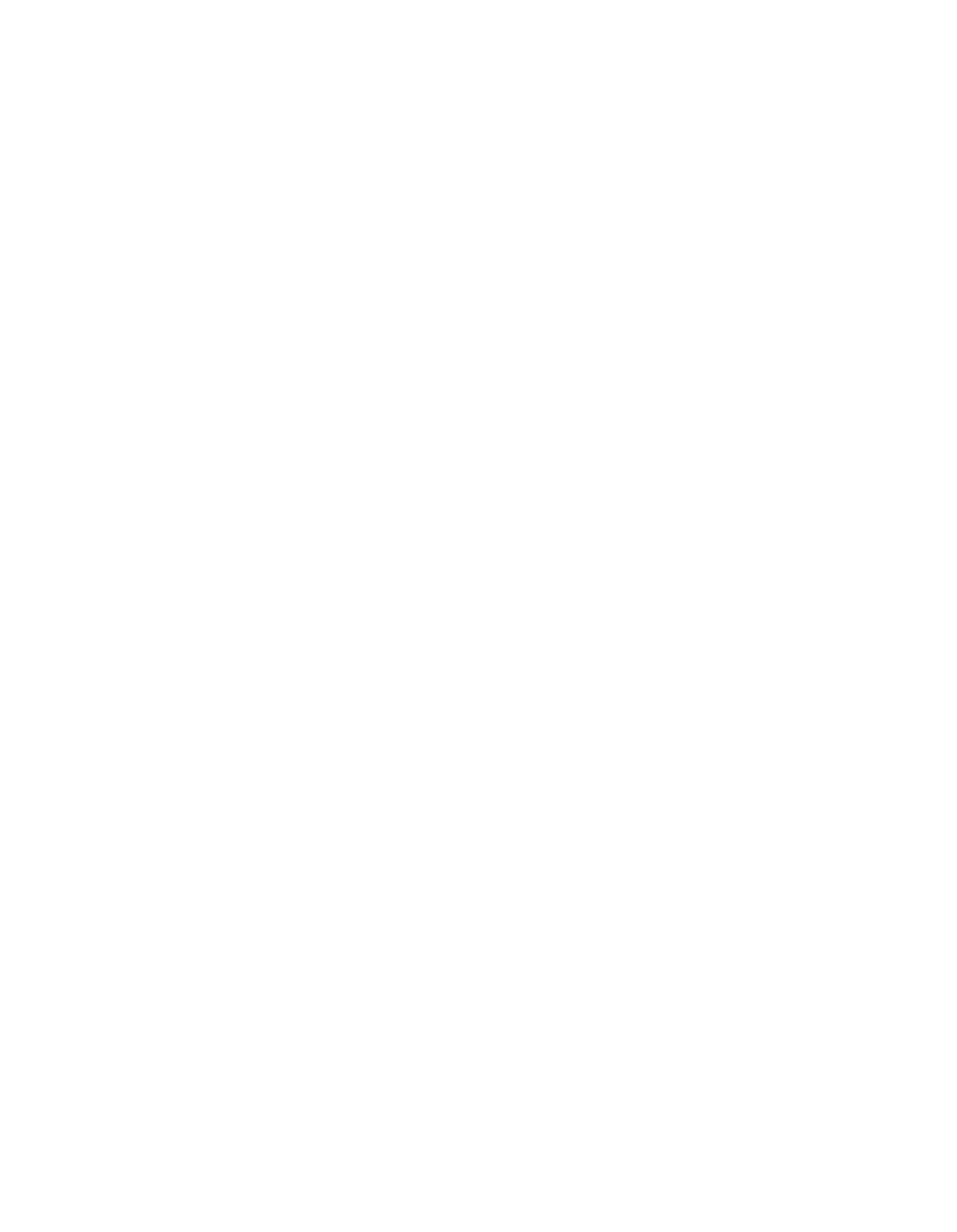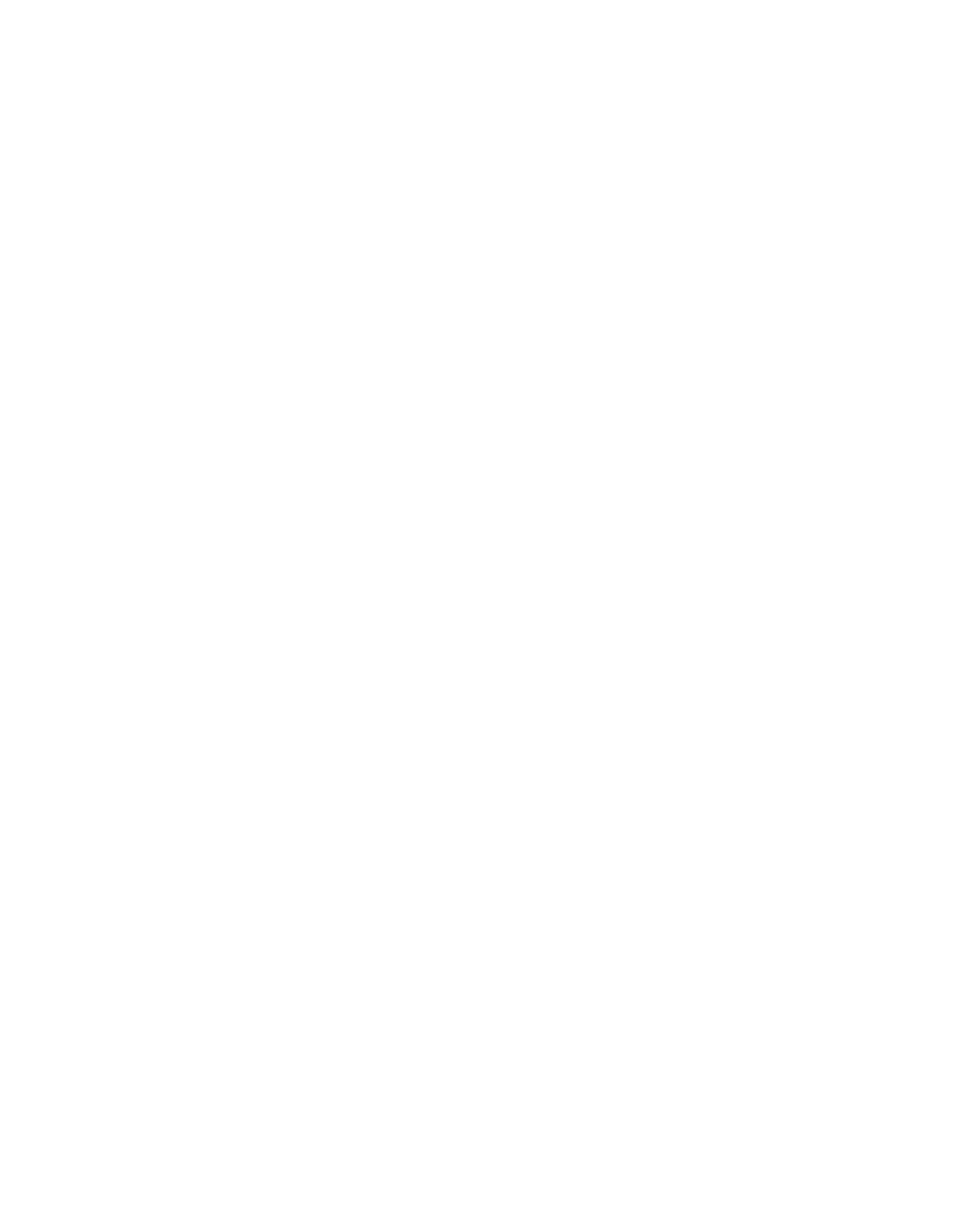ILLINOIS
POLLUTION CONTROL
March 7,
1996
IN THE MATIER OF:
)
)
VISIBLE AND PARTICULATE MATFER
)
EMISSIONS-CONDITIONAL APPROVAL
)
AND CLEAN UP
AMENDMENTS
TO
)
R96-5
35
ILL.
ADM.
CODE PARTS
211
)
(Rulemaking)
AND212
)
Proposed
Rule.
Second Notice.
OPINION AND
ORDER OF THE BOARD
(by
G.
T.
Girard):
On November 14,
1995,
the illinois Environmental
Protection
Agency (Agency) filed
this proposal for rulemaking pursuant to Section 28.5 of the Environmental
Protection
Act
(Act)
(415
ILCS 5/1 et seq.
(1994)).
Section
189(a) of the
federal
Clean Air Act (CAA),
as
amended in 1990,
requires all areas classified as moderate
nonattainment areas
for
particulate
matter
with
an aerodynamic
diameterless
than
or
equal to a nominal ten micrometers (PM-b)
to present a
state
implementation plan
(SIP) for implementing reasonably
available control
measures
(RACM).
On
November
15,
1990,
the
United States
Environmental Protection
Agency (USEPA) designated
Lake
Calumet
and
McCook areas in Cook County
and
Granite
City
in Madison County as moderate
nonattainment areas for PM-10.
On
May
15,
1992, a
SIP was
submitted for
Lake
Calumet, McCook,
and Granite
City.
The USEPA conditionally
approved the
SIP
on November 18,
1994.
(59
F.R. 59653.)
These
proposed amendments will
address the
concerns
raised
by USEPA
in
the conditional approval of the SIP.
The
Board’s
responsibility
in this
matter arises from the Environmental Protection Act
(Act) (415 ILCS 5/1 et seq.
(1994)).
The
Board
is charged
therein
to
“determine,
define and
implement
the
environmental control standards applicable
in
the
State
of
illinois”
(415
ILCS
5/5(b)).
More generally,
the
Board’s
rulemaking charge is based on
the system of
checks and
balances integral
to Illinois environmental governance:
the
Board bears
responsibility for the
rulemaking
and
principal adjudicatory functions;
the Agency
has primary
responsibility for
administration of the Act
and
the Board’s regulations.
The
latter
includes
administration
of
today’s
new
regulation.
This
proposal was
filed
pursuant to Section 28.5 of the Act.
(415 ILCS
5/28.5.)
Pursuant
to the provisions of that
section
the
Board
is
required
to proceed within
set
time-
frames toward
the adoption of
this
regulation.
The
Board
has no discretion to
adjust
these
time-frames
under any circumstances.
Therefore,
the
Board adopted
the first
notice
opinion
and
order on November 16,
1995,
without commenting on
the
merits
of the proposal.
The
proposal
was
published for first notice
under the
Illinois
Administrative Procedure Act
(5
ILCS
100/1-1
et seq.)
on
December
1,
1995
at 19
III.
Reg.
15925 (Part 211)
and
19 Ill.
Reg.
15940 (Part 212).
The
Board
held a hearing on
January
5,
1996,
before
Board
hearing officer
2
Marie Tipsord.
The remaining
scheduled
hearings were canceled by hearing officer order
dated
January
25,
1996,
and
the
record was
closed on
January
31,
1996.
The
Board
today finds that the proposal is
economically
reasonable
and technically
feasible
and
sends
this
matter to the legislative Joint
Committee
on Administrative Rules for
second
notice review.
PROPOSAL
Although
this
proposal includes amendments which
will apply statewide,
the major
changes in
this
proposal
will affect
steel production
sources located
in the McCook
and Lake
Calumet areas in Cook County and the
Granite
City area in Madison
County.
(Reasons
at
3.)’
As previously stated the proposal addresses
several concerns
raised by USEPA in the
conditional
SIP
approval.
The USEPA cited to
four issues which
needed
to be addressed in
rulemaking prior to full
SIP
approval.
Pursuant to the
CAA, illinois must address
these
issues
within
12
months or the conditional approval
becomes
a partial disapproval
and
sanctions
will
apply within
18
months.
Specifically the proposal addresses:
1)
a
20 percent opacity limit on uncaptured
particulate matter from a basic
oxygen
furnace
(BOF) shop;
2)
a
30
percent
opacity limit on coke oven combustion
stacks;
3)
a
20 percent opacity
limit
on the roof ventilators
for certain electric
arc
furnaces; and
4)
amendments to
clarify
wording.
(Reasons
at 4-6.)
According to the Agency,
the 20 percent opacity limit for the roof monitor
and
other
building openings at the
Granite
City Steel BOF
shop
“correlates more accurately with the
emissions estimate
used
in the attainment demonstration”.
(rSD at 2; Reasons at 4.)
The
Agency
also
indicated that a 20 percent opacity limit is consistent with the opacity limit
selected
by
the nearby
states
of
Indiana,
Michigan
and
Ohio
for the BOFs
in
those states.
(Id.)
Compliance with the 20 percent opacity
limit
can be demonstrated using Method 9
contained
in
40 CFR 60 except that a shorter averaging time of three minutes will be
used instead
of
six
minutes
to reflect that some of the BOF
operations do
not last
six
minutes.
(Id.)
The Agency
further
stated
that
Granite
City Steel
has
agreed to a
more stringent
limit
of60 pounds per
The statement of
reasons
from the Agency’s proposal will be cited as “Reasons at
_“;
the
technical support document attached to the proposal will be cited as “TSD at
_“;
each public
comment will be cited as “P.C. # at
_“;
the transcript from the hearing will be cited as “Tr.
at
3
hour ofPM-10 and a
new
rate based
limit of0.225
pounds ofPM-10 per ton of steel produced
for the BOF
stack.
(Id.)
The
second concern delineated
by USEPA
dealt with
the lack of an opacity limit for
coke
oven combustion
stacks.
(Reasons
at 4.)
Without
such a limit,
USEPA is concerned that
this could delay any potential
enforcement and therefore
early
correction.
The Agency states
that the
performance
ofa stack
test
is much more
costly and
time consuming than an opacity
reading.
(TSD
at 3;
Reasons
at 4.)
Therefore the Agency’s
proposal sets an
opacity limit of
30 percent for coke oven combustion
stacks.
(Reasons
at 4.)
Sources
which are affected
by
this proposal believe
that the 30
percent opacity
limit can be met
except
when one of the ovens
needs
to be
repaired
and is
taken off-line
for
ceramic
welding.
(TSD at 4;
Reasons
at 4-5.)
The Agency
has proposed an
exemption
from
the 30 percent opacity limit for up to three hours
when a coke
oven is being
repaired.
(Reasons
at 5.)
The USEPA
also expressed concern
that the roof monitors for the
electric arc furnaces
at
the
steel foundry located
in
Granite
City are too short to
accommodate
stack
testing
equipment
and cannot
be
easily
altered to do so.
(Reasons
at 5.)
Because
of the inability to
accommodate stack testing
equipment,
the
Agency
indicated
it is not possible to
readily test
whether the emissions from the ventilators are in
compliance
with the mass emission limit.
(TSD at 5;
Reasons
at 5.)
A
20 percent
opacity
limit is equivalent to the mass emission limit
at the
steel
foundry and a 20
percent
limit
can be applied to the
entire
facility as other stacks
may also be too
short for
testing.
(Reasons
at
5.)
The
proposal also clarifies language
in
several sections
which USEPA believed
was
confusing or duplicative.
Specifically,
the USEPA believed
that
the
language in
Section
212.107
was
confusing.
(Reasons
at
5.)
Further,
USEPA considers the
language
in Section
212.110 to be duplicative
and
inconsistent with the
language
in Sections 212.107, 212. 108,
and 212.109.
(Id.)
Finally,
the USEPA expressed
concern
that
the
language
in Sections
212.324(d), 212.362(c), 212425(c), 212.458(c) and 212.464(c) could be read to exempt
sources
with no visible emissions from any stack
testing.
(Id.)
The Agency
has also
proposed minor amendments to eliminate duplicative or
obsolete
sections,
to
update language consistent with the Clean Air Act Permit Program,
to
clarify
rules,
to address the Secretary of State’s recommended style, and to amend the limitations
found at
35
III.
Adm.
Code 212.458(b)(25) which
pertain
to a specific
magnesium facility in
Granite City.
(~,
Reasons at 6-7.)
COMMENTS
The
Board
received five comments on
this
rulemaking
and
one statement on the record
at the
January
5,1996 hearing.
In addition, the Agency testified
and
answered
questions
regarding the proposal at that public
hearing.
Mr. James T.
Harrington
appeared
at hearing
and offered a
statement on behalf of the illinois Steel Group.
The following participants
submitted public
comments:
4
Public Comment
1
Henry L.
Henderson,
Commissioner,
Chicago
Department
of
Environment
Public
Comment 2
Spectrulite
Consortium, Inc.
by Eugene P.
Schmittgens,
Jr.
Public
Comment 3
Grain and Feed
Association ofIllinois by Bill Lemon, Executive
Vice President
Public Comment 4
Attorney General of the State of illinois by George Cahill,
Assistant Attorney
General
Public Comment
5
Agency comment by Rachel L. Doctors.
Chicago Department
of the Environment
The
Chicago
Department
of the Environment’s (CDOE)
comment indicates that CDOE
generally
supports
the proposal;
however,
CDOE is
“opposed
to the
repeal of”
Section
212.315,
“Covering of Vehicles”.
CDOE
states:
While
other regulations can be indirectly applied to vehicle
load
emission
situations,
the current
section delineates a direct
statutory violation for
this
regularly occurring
public
nuisance.
Repeal
of
this nile significantly erodes
the
ability
ofCDOE
and
the
Illinois Environmental Protection
Agency to effectively
enforce
and control particulate
emissions
from
this source category, and
prevents
the general populace (i.e.
affected community residents)
from
serving
in a desired
and needed
role as observer
and witness
to such violations.
(P.C.
1 at 2.)
CDOE
also indicated
that although repeal of the Ringelmann
Chart references is
consistent with the more
updated and
precise use of percent opacity values,
the Ringelmann
Chart has
been used
fairly recently in
training.
(P.C.
1
at 1.)
CDOE also urged the State to
provide a
more contextual definition
and
illustration ofthe
“Universal Transmercator
boundaries” in Section 212.315.
(P.C.
1
at 2.)
Agency
Response
The Agency
indicated that the Ringelmann Chart is no longer
used in training and
that
the Agency is developing a map that
will
provide to the City clarified
“Universal
Transmercator boundaries”.
(P.C. 5 at 2-3.)
With regard to the
repeal
of Section 212.3 15,
the Agency notes that Section
10(E) ofthe Act prohibits the
Board
from enforcing any
regulation which requires a covering
on a truck
that is stricter than Section 15-109.1 of the
Illinois Vehicle Code (625 ILCS 5/1-101
et seq.).
(P.C.
5 at 2.)
Section
15-109.1
prohibits
the operation of
any
second
division vehicle ifa portion of the load is sifting, blowing,
dropping or escaping
from the vehicle.
Section 212.315 requires that
a vehicle be covered to
5
prevent the
release
of
particulate
matter.
“Hence,
the requirements of the
two sections
are not
parallel.”
(P.C.
5
at 3.)
The Agency
will
agree that Section 212.315
need
not be
repealed
if
the
Board
will note
that
the provisions of the Motor
Vehicle Code supersede those in
Board
regulations.
(Id.)
The
Board
agrees that the repeal of Section 2 12.315 is not
necessary
at
this
time.
Clearly,
the
Board’s
regulations cannot supersede a
statutory
provision and therefore,
the
provisions of Section 212.315 may
not be
construed
as more stringent than Section 15-109.1
of the Vehicle
Code.
Spectrulite Consortium.
Inc
Spectrulite Consortium,
Inc.
(Spectrulite)
comments
that
it is concerned with the
provisions of Section 212.458(b)(25) which allows
Spectrulite to contemporaneously
operate
two magnesium
pot furnace
lines at the Granite City
facility.
Spectrulite
requests that the
amendment be clarified to make clear that no more
than
two lines may operate at a
time.
Spectrulite
requests the following amendment to Section 212.458(b)(25):
Magnesium
pot
furnaces at ~
secondary
aluminum smelting
and
refining plant
located
in the vicinity of Granite City,
as defined in Section 212.324 (a)
(1)
(C)
of
this Part
can be
operated
only one no more than two lines at a time;
(P.C. 2
at
1.)
Agency Response
The Agency
agrees with
the comment
filed
by
Spectrulite
and
agrees that
the language
should be included.
(P.C.
5
at 1.)
The
Board
will
amend the proposal to reflect the comment
by
Spectrulite.
Grain and Feed
Association of illinois
The
Grain
and
Feed
Association of Illinois (Association) asks that the
Board
consider
the addition of a
Board
note to Section 212.462.
The Association is concerned
that while
Section 9 of the Act exempts
country grain
elevators from Section 212.462(b)
“on its face
purports
to apply to
these
exempted facilities”.
(P.C.
3
at 1.)
The Association points out that
a rule
cannot override
the
statute.
The Association
asks that the following be added:
Board Note:
Section 9 ofthe
Illinois Environmental Protection
Act has
been
amended to exempt certain facilities from
portions
of
this rule.
(P.C.
3 at
1.)
A~encv
Resoonse
6
The Agency did not
address
the comment by the
Association.
The
Board
agrees that
the a rule cannot override the statute.
However,
the
Board does
not believe that a
Board
note
need
be added to Section 212.462.
Therefore,
the
Board declines
to adopt the change
suggested
by the Association.
Attorney
General
of the
State
ofIllinois
The Illinois Attorney General’s
Office
suggested
that
the
incorporation
by reference in
Section 211.101(b) be
amended
to
update
the
incorporation
from
1972 to
1987.
(P.C.
4 at
1.)
Agency
Response
The
Agency
indicated that
it is
currently investigating the
impact
of the
updated
incorporation suggested by the Attorney General’s
Office.
(P.C.
5
at
1.)
The Agency
believes that
“it is inappropriate to make that change without a more complete explanation
being developed
at hearing”.
(Id.)
The Agency stated
that the change from
1972 to
1987
“may
impact source classifications”.
(P.C.
5 at 2.)
The Agency
indicates that it
will
consider
this
change for future
amendments.
(Id.)
The
Board agrees
that more investigation
should be
undertaken
before
updating this incorporation.
Therefore, the
Board
declines to make
this
change at this time.
Illinois Steel Group
The illinois Steel
Group (ISG)
indicated
agreement with the portions of the proposal
which
will affect
the steel industry
with two amendments.
ISO asked the Agency to consider
an amendment to Section 212.458(b)(23)
in order to clarify the
meaning of
the
section.
(Tr.
at 24-26.)
The change would read:
23)
31.1
2L24 kg/u (6&4&~
lbs/k) and
0.1125 kg/Mg
(0.225 lbslT) of total
steel
produced in process.
whichever
limit is more stringent for the total of
all
basic
oxygen
furnace processes described
in Section 212.446(a) of
this
Subpart
and
measured
at the BOF stack
located
at steel plant in the
vicinity
of Granite City,
as defined in Section 2l2.324(a)(1)(C) of
this
Part
(Tr.
at 27;
P.C.
5
at 4.)
The second amendment was to Section
212.443 and ISO asked ifthe Agency would object to
applying
Method 9
from 40
CFR 60,
Appendix A
to coke battery stack
testing
in Section
212.443.
(Tr.
at 22.)
The Agency indicated that it would not and ISG offered the following
language:
g)
Coke Oven Combustion Stack:
11
No person
shall
cause
or
allow the emissions ofparticulate matter from a
coke oven combustion stack to exceed
110
mg/dscm (0.05 gr/dscf);
and
7
2)
No person shall cause or allow
the emission
ofparticulate matter from a
coke oven combustion
stack to exceed
30
opacity.
Compliance shall
be determined in accordance
with
40 CFR part 60.
Appendix
A.
Method
9.
incorporated by reference in Section 212.113 of
this
Part.
However.
the opacity limit shall not
apply
to a coke oven
combustion
stack when
a
leak
between
any
coke oven
and
the oven’s
vertical
or
crossover flue(s)
is
being repaired.
after pushing
coke
from the oven is completed. but
before resumption of charging.
The
exemption
from the opacity
limit
shall not exceed three (3) hours per oven repaired.
The owner or
operator shall
keep written
records
identifying
the
oven
repaired. and the
date.
time.
and duration
of all
repair
periods.
These
records shall
be
subject to
the requirements of
Sections
212.324(g)(4)
and
(g)(5) of
this
Part.
Agency
Response
The Agency agrees with the
language suggested by
ISG.
(P.C.
5
at 4.)
The
Board
will
amend
the
proposal
to reflect
these
changes.
General Agency
Comments
The Agency also responded to
two
questions
that
the
Board presented
to the Agency at
hearing.
The
first
of those questions concerned the
definition
for
“animal kingdom”
at Section
211.484.
The Agency replied that it
agrees
that
most biologists believe
that
there
are
more
than
two kingdoms
and suggests that “plants” be replaced with
“other multicellular organisms”.
The Agency also suggests that
“kingdom, Animal” be replaced
with
“kingdom,
Animalia”.
(P.C.
5
at 3.)
The
second
question which the Agency responded to is whether the abbreviation
for liter
should be
“1”
or
“L”.
The Agency
believes
that
appropriate abbreviation is “L”.
(Id.)
However,
the Agency
requests
that for consistency the change be made in
Part
212 but not in
Part
211
at this time.
The
Board will make
these changes as
recommended
by the Agency.
At the
January
5,
1996, hearing
the Agency
submitted an “Errata
Sheet”
as
exhibit
5.
Included on
the
Errata
sheet is the following:
This rulemaking proposes
to delete
references to
the
Ringelmann
Chart;
however, it
omitted deleting
the
definition
for the
Ringelmann Chart.
35 ifi.
Adm. Code 211,5650 should be
repealed.
(Exhibit
5.)
The
Board cannot make this
change.
Section 211.5650
was
not
proposed
for amendment at
first
notice.
The
Board cannot open a
new
section
for the
first
time at
second notice.
(~ 5
ILCS
5-40.)
If the Agency believes that
this change
is
necessary
the Agency wifi
need
to
include this
change in a
future rulemaking.
The
Board will make the
other changes
recommended
on the Errata
sheet.
8
DISCUSSION
The
Board has carefully
considered all public comments,
as well as the testimony
and
exhibits,
in
this matter.
There is no
substantive disagreement between
the
commenters and the
Agency as to the
substance
of the rule.
In response to
the comments the
Board will further
amend
the
proposal
in
several areas.
As
requested
by
CDOE,
the
Board will
not
repeal
Section 212.3 15 at this time.
Clearly,
the
Board’s
regulations cannot supersede a
statutory
provision
and therefore,
the provisions of Section 212.315 may
not be
construed as
more
stringent
than Section
15-109.1
of the Vehicle Code.
Further,
in response to a
comment from
Spectrulite,
the
Board will amend Section 212.458(b)(25) to clarify
the language.
The Board
will also amend the
proposal as suggested
by the
illinois
Steel
Group and
agreed
to by the
Agency.
Further,
the
Board will amend
the
proposal as suggested
by
the Agency in the
errata
sheet
except
for the request to
repeal
Section 211.5650.
CONCLUSION
The
Board
finds that the
proposed rules are technically
feasible and
economically
reasonable,
and that the
rules are necessary
to meet the requirements of the
Clean Air
Act.
We
find
that the
record supports proceeding
with the
proposed
rules, as
amended,
to
second
notice.
ORDER
The
Board directs
the Clerk to cause the
filing
of the following
proposal
for
Second
Notice with the Joint
Committee
on
Administrative
Rules:
PART
211
DEFINITIONS AND
GENERAL
PROVISIONS
SUBPART A:
GENERAL
PROVISIONS
Section
211.101
Incorporations
by Reference
211.102
Abbreviations
and
Units
SUBPART
B:
DEFINITIONS
Section
211.121
Other
Definitions
211.122
Definitions
(Repealed)
211. 130
Accelacota
211.150
Accumulator
211.170
Acid
Gases
211.210
Actual Heat
Input
9
211.230
Adhesive
211.240
Adhesion Promoter
211.250
Aeration
211.270
Aerosol
Can
Filling Line
211.290
Afterburner
211.310
Air
Contaminant
211.330
Air
Dried Coatings
211.350
Air Oxidation
Process
211.370
Air Pollutant
211.390
Air Pollution
211.410
Air Pollution Control Equipment
211.430
Air Suspension
Coater/Dryer
211.450
Airless Spray
211.470
Air
Assisted
Airless
Spray
211.474
Alcohol
211.484
Animal
211.485
AnimalPathological Waste
211.490
Annual
Grain Through-Put
211.495
Anti-Glare/Safety Coating
211.510
Application Area
211.530
Architectural Coating
211.550
As Applied
211.560
As-Applied Fountain Solution
211.570
Asphalt
211.590
Asphalt Prime Coat
211.610
Automobile
211.630
Automobile or Light-Duty TruckAssembly Source or Automobile or
Light-Duty Truck Manufacturing Plant
211.650
Automobile or Light-Duty Truck Refinishing
211.660
Automotive/Transportation Plastic
Parts
211.670
Baked
Coatings
211.680
Bakery Oven
211.685
BasecoatlClearcoat
System
211.690
Batch
Loading
211.695
Batch Operation
211.696
Batch Process Train
211.710
Bead-Dipping
211.730
Binders
211.750
British Thermal Unit
211.770
Brush or Wipe Coating
211.790
Bulk
Gasoline Plant
211.810
Bulk
Gasoline Terminal
211.820
BusinessMachine Plastic Parts
211.830
Can
211.850
Can
Coating
10
211.870
Can
Coating Line
211.890
Capture
211.910
CaptureDevice
211.930
Capture Efficiency
211.950
Capture System
211.970
Certified Investigation
211.980
Chemical Manufacturing
Process
Unit
211.990
Choke
Loading
211.1010
CleanAirAct
211.1050
Cleaning and Separating Operation
211.1070
Cleaning
Materials
211.1090
Clear Coating
211.1110
ClearTopcoat
211.1130
Closed Purged
System
211.1150
Closed
Vent System
211.1170
Coal Refuse
211.1190
Coating
211.1210
Coating Applicator
211.1230
Coating Line
211.1250
Coating Plant
211.1270
Coil
Coating
211.1290
Coil
Coating
Line
211.1310
Cold
Cleaning
211.1330
Complete Combustion
211.1350
Component
211.1370
Concrete Curing Compounds
211.1390
Concentrated Nitric Acid Manufacturing
Process
211.1410
Condensate
211.1430
CondensiblePM-10
211.1465
Continuous Automatic Stoking
211.1470
Continuous
Process
211.1490
Control Device
211.1510
Control
Device
Efficiency
211.1530
Conventional
Soybean Crushing Source
211.1550
Conveyorized Degreasing
211.1570
Crude Oil
211.1590
Crude Oil Gathering
211.1610
Crushing
211.1630
Custody Transfer
211.1650
Cuthack
Asphalt
211.1670
Daily-Weighted
AverageVOM Content
211.1690
Day
211.1710
Degreaser
211.1730
Delivery Vessel
211.1750
Dip
Coating
11
211.1770
Distillate
Fuel Oil
211.1780
Distillation Unit
211.1790
Drum
211.1810
Dry Cleaning Operation
or
Dry Cleaning Facility
211.1830
Dump-Pit Area
211.1850
Effective
Grate Area
211.1870
EffluentWater
Separator
211.1875
Elastomeric Materials
211.1880
Electromagnetic Interference/Radio Frequency (EMI/RFI) Shielding Coatings
211.1890
Electrostatic
Bell
or
Disc
Spray
211.1900
Electrostatic Prep Coat
211.1910
Electrostatic Spray
211.1920
Emergency or
Standby Unit
211.1930
Emission
Rate
211.1950
Emission Unit
211.1970
Enamel
211.1990
Enclose
211.2010
End
Sealing
Compound Coat
211.2030
Enhanced
Under-the-Cup Fill
211.2050
EthanolBlend Gasoline
211.2070
Excess Air
211.2090
Excessive
Release
211.2110
Existing Grain-Drying Operation (Repealed)
211.2130
Existing
Grain-Handling Operation (Repealed)
211.2150
ExteriorBase Coat
211.2170
Exterior End Coat
211.2190
External Floating Roof
211.2210
Extreme Performance Coating
211.2230
Fabric
Coating
211.2250
Fabric
Coating Line
211.2270
Federally
Enforceable Limitations
and
Conditions
211.2290
Fermentation
Time
211.2300
Fill
211.2310
FinalRepairCoat
211.2330
Firebox
211.2350
Fixed-RoofTank
211.2360
Flexible Coating
211.2365
Flexible
Operation
Unit
211.2370
Flexographic
Printing
211.2390
Flexographic
Printing
Line
211.2410
Floating Roof
211.2430
Fountain Solution
211.2450
Freeboard
Height
211.2470
Fuel Combustion Emission Unit or Fuel
Combustion Emission Source
211.2490
Fugitive Particulate Matter
12
211.2510
Full
Operating
Flowrate
211.2530
Gas
Service
211.2550
Gas/Gas Method
211.2570
Gasoline
211.2590
Gasoline Dispensing Operation
or
Gasoline
Dispensing Facility
211.2610
Gel Coat
211.2630
Gloss Reducers
211.2650
Grain
211.2670
Grain-Drying Operation
211.2690
Grain-Handling and
Conditioning
Operation
211.2710
Grain-Handling
Operation
211.2730
Green-Tire
Spraying
211.2750
Green Tires
211.2770
Gross
Heating
Value
211.2790
Gross Vehicle Weight
Rating
211.2810
Heated
Airless Spray
211.2830
Heatset
211.2850
Heatset-Web-OffsetLithographic
Printing
Line
211.2870
Heavy Liquid
211.2890
Heavy Metals
211.2910
Heavy Off-Highway Vehicle Products
211.2930
Heavy Off-Highway Vehicle
Products
Coating
211.2950
Heavy Off-Highway VehicleProducts
Coating
Line
211.2970
High Temperature AluminumCoating
211.2990
High Volume
Low
Pressure
(HVLP)
Spray
211.3010
Hood
211.3030
HotWell
211.3050
Housekeeping Practices
211.3070
Incinerator
211.3090
Indirect Heat Transfer
211.3110
Ink
211.3 130
In-Process Tank
211.3150
In-Situ Sampling Systems
211.3170
Interior
Body Spray
Coat
211.3190
Internal-Floating Roof
211.3210
Internal Transferring Area
211.3230
Lacquers
211.3250
Large
Appliance
211.3270
Large Appliance Coating
211.3290
Large Appliance Coating Line
211.3310
Light Liquid
211.3330
Light-DutyTruck
211.3350
Light Oil
211.3370
Liquid/Gas Method
211.3390
Liquid-Mounted
Seal
13
211.3410
Liquid
Service
211.3430
Liquids Dripping
211.3450
Lithographic
Printing
Line
211.3470
Load-Out Area
211.3480
Loading
Event
211.3490
Low Solvent Coating
211.3500
Lubricating Oil
211.3510
Magnet Wire
211.3530
Magnet Wire
Coating
211.3550
Magnet Wire
Coating Line
211.3570
Major Dump
Pit
211.3590
Major
Metropolitan Area (MMA)
211.3610
Major Population Area
(MPA)
211.3620
Manually
Operated Equipment
211.3630
Manufacturing Process
211.3650
Marine Terminal
211.3660
Marine Vessel
211.3670
Material
Recovery
Section
211.3690
Maximum Theoretical Emissions
211.3695
Maximum True Vapor Pressure
211.3710
Metal Furniture
211.3730
Metal Furniture Coating
211.3750
Metal Furniture Coating Line
211.3770
Metallic Shoe-Type Seal
211.3790
Miscellaneous Fabricated Product Manufacturing Process
211.3810
Miscellaneous
Formulation
Manufacturing Process
211.3830
Miscellaneous Metal Parts
and
Products
211.3850
Miscellaneous Metal Parts and Products Coating
211.3870
Miscellaneous Metal Parts
or Products
Coating
Line
211.3890
Miscellaneous Organic Chemical Manufacturing Process
211.3910
Mixing
Operation
211.3915
Mobile Equipment
211.3930
Monitor
211.3950
Monomer
211.3960
Motor Vehicles
211.3965
Motor Vehicle
Refinishing
211.3970
Multiple Package
Coating
211.3990
New
Grain-Drying Operation (Repealed)
211.4010
New
Grain-Handling Operation (Repealed)
211.4030
No
Detectable Volatile Organic Material
Emissions
211.4050
Non-Contact Process
Water
Cooling
Tower
211.4055
Non-Flexible
Coating
211.4065
Non-Heatset
211.4070
Offset
211.4090
One
Hundred Percent Acid
14
211.4110
One-Turn Storage Space
211.4130
Opacity
211.4150
Opaque Stains
211.4170
Open
Top Vapor
Degreasing
211.4190
Open-Ended Valve
211.4210
Operator
ofa
Gasoline
Dispensing Operation or Operator ofa Gasoline
Dispensing
Facility
211.4230
Organic
Compound
211.4250
Organic Material and
Organic Materials
211.4260
Organic
Solvent
211.4270
Organic
Vapor
211.4290
Oven
211.4310
Overall
Control
211.4330
Overvarnish
211.4350
Owner of a Gasoline Dispensing Operation
or Owner of a
Gasoline
Dispensing
Facility
211.4370
Owner or
Operator
211.4390
Packaging
Rotogravure
Printing
211.4410
Packaging
Rotogravure Printing Line
211.4430
Pail
211.4450
Paint Manufacturing
Sourceor Paint
Manufacturing Plant
211.4470
Paper Coating
211.4490
Paper
Coating
Line
211.4510
Particulate Matter
211.4530
Parts
Per
Million
(Volume) orPPM (Vol)
211.4550
Person
211.4590
Petroleum
211.4610
Petroleum Liquid
211.4630
Petroleum
Refinery
211.4650
Pharmaceutical
211.4670
Pharmaceutical Coating Operation
211.4690
Photochemically Reactive Material
211.4710
Pigmented Coatings
211.4730
Plant
211.4740
Plastic
Part
211.4750
Plasticizers
211.4770
PM-b
211.4790
Pneumatic Rubber Tire Manufacture
211.4810
Polybasic
Organic
Acid
Partial
Oxidation Manufacturing Process
211.4830
Polyester Resin Material(s)
211.4850
Polyester Resin Products Manufacturing
Process
211.4870
Polystyrene Plant
211.4890
Polystyrene Resin
211.4910
PortableGrain-Handling Equipment
211.4930
Portland Cement Manufacturing Process Emission Source
15
211.4950
Portland
Cement
Process
or
Portland
Cement Manufacturing Plant
211.4970
Potential to Emit
211.4990
Power Driven Fastener
Coating
211.5010
Precoat
211.5030
PressureRelease
211.5050
Pressure
Tank
211.5060
Pressure/Vacuum ReliefValve
211.5061
PretreatmentWash Primer
211.5065
Primary Product
211.5070
Prime Coat
211.5080
Primer Sealer
211.5090
Primer SurfacerCoat
211.5110
Primer Surfacer
Operation
211.5130
Primers
211.5150
Printing
211.5170
Printing
Line
211.5185
Process Emission
Source
211.5190
Process
Emission
Unit
211.5210
Process Unit
211.5230
Process
Unit Shutdown
211.5245
Process Vent
211.5250
Process
WeightRate
211.5270
Production Equipment
Exhaust System
211.5310
PublicationRotogravure
Printing
Line
211.5330
Purged Process
Fluid
211.5340
Rated
Heat Input
Capacity
211.5350
Reactor
211.5370
Reasonably Available Control Technology
(RACT)
211.5390
Reclamation System
211.5410
Refiner
211.5430
Refmery Fuel
Gas
211.5450
Refinery Fuel
Gas
System
211.5470
Refinery Unit or Refinery Process Unit
211.5480
Reflective Argent Coating
211.5490
Refrigerated Condenser
211.5500
Regulated
Air Pollutant
211.5510
Reid Vapor Pressure
211.5530
Repair
211.5550
Repair Coat
211.5570
Repaired
211.5590
Residual
Fuel
Oil
211.5600
ResistCoat
211.5610
Restricted Area
211.5630
Retail Outlet
211.5650
Ringelmann
Chart
16
211.5670
Roadway
211.5690
Roll
Coater
211.5710
Roll
Coating
211.5730
Roll
Printer
211.5750
Roll
Printing
211.5770
Rotogravure
Printing
211.5790
Rotogravure Printing Line
211.5810
Safety ReliefValve
211.5830
Sandblasting
211.5850
Sanding Sealers
211.5870
Screening
211.5890
Sealer
211.5910
Semi-TransparentStains
211.5930
Sensor
211.5950
Set of
Safety
ReliefValves
211.5970
Sheet
Basecoat
211.5980
Sheet-Fed
211.5990
Shotblasting
211.6010
Side-Seam Spray Coat
211.6025
Single Unit Operation
211.6030
Smoke
211.6050
Smokeless Flare
211.6060
Soft Coat
211.6070
Solvent
211.6090
Solvent Cleaning
211.6110
Solvent Recovery System
211.6130
Source
211.6140
Specialty Coatings
211.6145
SpecialtyCoatings for Motor Vehicles
211.6150
Specialty High Gloss Catalyzed
Coating
211.6170
Specialty Leather
211.6190
Specialty
Soybean
Crushing Source
211.6210
Splash Loading
211.6230
Stack
211.6250
Stain Coating
211.6270
Standard
Conditions
211.6290
Standard
Cubic Foot
(scf)
211.6310
Start-Up
211.6330
Stationary Emission Source
211.6350
Stationary Emission Unit
211.6355
Stationary
Gas
Turbine
211.6360
Stationary Reciprocating Internal Combustion Engine
211.6370
Stationary Source
211.6390
Stationary Storage
Tank
211.6400
Stencil Coat
17
211.6410
Storage Tank or
Storage Vessel
211.6430
Styrene Devolatilizer Unit
211.6450
Styrene Recovery
Unit
211.6470
Submerged Loading Pipe
211.6490
Substrate
211.6510
Sulfuric
Acid Mist
211.6530
Surface Condenser
211.6540
Surface Preparation Materials
211.6550
Synthetic Organic Chemical orPolymer Manufacturing Plant
211.6570
Tablet
Coating
Operation
211.6580
TextureCoat
211.6590
Thirty-Day Rolling Average
211.6610
Three-Piece Can
211.6620
Three
or Four
Stage
Coating System
211.6630
Through-the-Valve
Fill
211.6650
Tooling Resin
211.6670
Topcoat
211.6690
TopcoatOperation
211.6695
TopcoatSystem
211.6710
Touch-Up
211.6720
Touch-Up Coating
211.6730
Transfer Efficiency
211.6750
Tread
End
Cementing
211.6770
TrueVapor Pressure
211.6790
Turnaround
211.6810
Two-Piece
Can
211.6830
Under-the-Cup
Fill
211.6850
Undertread Cementing
211.6860
Uniform Finish Blender
211.6870
UnregulatedSafety
ReliefValve
211.6880
Vacuum Metallizing
211.6890
Vacuum Producing System
211.6910
Vacuum Service
211.6930
ValvesNot Externally Regulated
211.6950
Vapor
Balance
System
211.6970
Vapor Collection System
211.6990
Vapor Control
System
211.7010
Vapor-Mounted
Primary Seal
211.7030
Vapor Recovery System
211.7050
Vapor-Suppressed Polyester Resin
211.7070
Vinyl
Coating
211.7090
Vinyl
Coating
Line
211.7110
Volatile Organic Liquid(VOL)
211.7130
Volatile Organic Material Content(VOMC)
211.7150
Volatile Organic Material
(VOM)
or Volatile Organic Compound (VOC)
18
211.7170
Volatile Petroleum Liquid
211.7190
Wash
Coat
211.7210
Wastewater
(Oil/Water)
Separator
211.7230
Weak Nitric
Acid
Manufacturing
Process
211.7250
Web
211.7270
Wholesale Purchase
-
Consumer
211.7290
Wood Furniture
211.7310
Wood Furniture
Coating
211.7330
Wood Furniture
Coating
Line
211.7350
Woodworking
211.7400
Yeast Percentage
211
.APPENDIX A
Rule into Section Table
211
.APPENDIX
B
Section into Rule Table
AUTHORITY:
Implementing Sections 9, 9.1
and
10
and
authorized by Sections 27
and 28.5
of the Environmental Protection Act 415 ILCS 5/9, 9.1, 10, 27
and
28.5.
SOURCE: Adoptedas Chapter 2:
Air Pollution, Rule 201:
Definitions, R71-23, 4 PCB 191,
filed and effective April 14, 1972; amended in R74-2
and
R75-5,
32PCB 295, at 3 Ill. Reg.
5,
p. 777, effective
February
3, 1979; amended in R78-3
and 4,
35PCB 75
and
243, at 3 Iii.
Reg. 30, p. 124, effective July 28, 1979; amended in R80-5, at7 111. Reg. 1244,
effective
January
21, 1983; codified at
7111.
Reg.
13590;
amended in R82-l (Docket A) at 10 111. Reg.
12624, effective July 7, 1986; amended in R85-2l(A) at 11 III. Reg. 11747,
effective June 29,
1987; amended in R86-34 at 11 111. Reg. 12267, effective July 10, 1987; amended in R86-39
at
11111.
Reg. 20804, effectiveDecember 14, 1987; amended in R82-14
and
R86-37 at 12 Ill.
Reg. 787, effective December 24, 1987; amended in R86-18 at
12111.
Reg. 7284, effective
April 8, 1988; amended in R86-10 at 12 111. Reg. 7621, effective April 11, 1988; amended in
R88-23 at 13 Iii. Reg. 10862, effective June 27, 1989; amended in R89-8 at 13 Ill. Reg.
17457, effective
January
1,
1990;
amended
in R89-16(A) at 14 Ill. Reg. 9141, effective May
23, 1990; amended in R88-30(B) at 15 Ill. Reg. 5223,
effective March 28,
1991; amended in
R88-14 at 15 III. Reg.
7901,
effectiveMay 14, 1991;
amended
in R91-10 at 15 Ill. Reg.
15564,
effective October 11,
1991; amended in R91-6 at 15 ill. Reg. 15673, effective October
14,
1991; amended in
R91-22
at
16
III.
Reg.
7656,
effective May
1,
1992;
amended in R91-24
at
16 Ill. Reg.
13526, effective August 24,
1992;
amended in R93-9 at
17111. Reg.
16504,
effective September 27,
1993;
amended in R93-11 at
17111.
Reg. 21471, effective December
7,
1993;
amended in R93-14 at
18
111. Reg.
1253, effective
January
18,
1994;
amended in
R94-12 at 18
111.
Reg.
14962, effective September 21,
1994;
amended in R94-14
at 18
ill.
Reg.
15744, effective October
17,
1994;
amended in R94-b5 at
18
111. Reg.
16379,
effective
October
25,
1994; amended in R94-16 at
18111.
Reg.
16929, effective November
15,
1994;
amended in R94-21, R94-31 and R94-32 at
19 Ill.
Reg.
6823,
effective May 9,
1995;
amended in R94-33 at 19
III. Reg.
7344,
effective May 22,
1995; amended
in R95-2 at
19 Ill.
Reg.
11066,
effective July 12,
1995;
amended in R95-16 at
19 ill.
Reg.
15176,
effective
October
19,
1995;
amended in R96-5 at
20111.
Reg.
_______,
effective
_______________
19
BOARD NOTE:
This
Part
implements the
Illinois Environmental Protection Act as of July
1,
1994.
SUBPART A:
GENERAL
PROVISIONS
Section 211.101
Incorporations
by Reference
The following materials
are incorporated
by reference.
These
incorporations do
not include
any
later amendments or editions.
a)
“Evaporation Loss from Floating Roof Tanks,” American Petroleum Institute
Bulletin 2517,
1962
b)
Ringclmonn
Chart,
Information Circular
833
(Revision
of 1C7718), Burcau
Mino~i
ii
~
Dcøortincnt
of
Interior, May
1, 1967
ok)
Standard Industrial Classification Manual,
SuperintendentofDocuments,
Washington, D.C.
20402,
1972
dç)
American Society for Testing
and
Materials, 1916
Race
Street,
Philadelphia,
PA 19103
A.S.T.M. D-86
A.S.T.M.
D-240-64
A.S.T.M. D-323
A.S.T.M. D-369-69 (1971)
A.S.T.M. D-396-69
A.S.T.M.
D-900-55
A.S.T.M. D-975-68
A.S.T.M. D-1826-64
A.S.T.M.
D-2015-66
A.S.T.M. D-2880-71
edJ
40 CFR
51.100 (1987)
(Source:
Amended at 20111.
Reg.
,
effective
_________
SUBPART B:
DEFINITIONS
Section
211.484
Animal
“Animal” means any organism other than a human being
of
the kingdom. Animalla.
distinguished from other
multicellular organisms by certain typical
characteristics
such as the
power
of
locomotion,
fixed
structure and
limited growth.
and
non-photosynthetic metabolism.
20
(Source:
Added at 20111. Reg.
_____,
effective
_________
Section
211.485
Animal Patholoaical Waste
“Animal pathological
waste”
means
waste
composed
of whole or partsof
animal carcasses and
also noncarcass materials
such as plastic. paper
wrapping and animal collars.
Noncarcass
materials shall not
exceed ten percent
by
weight
of the total weight of
the carcass and
noncarcass
materials combined.
(Source: Added at 20 ill. Reg.
effective
Section
211.1465
Continuous Automatic
Stoking
“Continuous
automatic
stoking”
means
the
automatic
moving of
animal pathological waste
during burning, by
moving
the
hearth
in apulse cycle
manner,
which
process
is
designed
to
providea
continuous burning
rate in
which
the
design charging
rate per
hour
equals the
burning
rate
every
hour without
limitation,
and results in emission
rates which
are
similar
over
any
hour of the
burning
process.
(Source: Added at20 ifi. Reg.
_____,
effective
__________
Section 211.2110
Existing Grain-Drying Operation
(Repealed)
“Exl3tmg grain drying operation
means any
grain
drying operation the
modification
ui
which
was commenced
prior to June 30, 1975.
(Source: Repealed at
20111.
Reg.
,
effective
_________
Section 211.2130
Existing Grain-Handling Operation (Repealed)
“Existing grain handling
~
meana any grain handling
op
modification ofwhich
was commenced
prior to June 30, 1975.
(Source: Repealed at 20111. Reg.
,
effective
________)
Section
211.3990
New Grain-Drying Operation
(Repealed)
“New grain
-drying
operation” means any
glum
drying operationi
modification ~
which commenced
on or
after
June 30, 1975.
(Source:
Repealed
at
20111.
Reg.
,
effective
_________
Section 211.4010
New Grain-Handling Operation (Repealed)
21
“New grain handling operation”
means any grain handling operation
the
modification
or
which commenced
on or
after June
“(i
1975.
(Source:
Repealed
at
20111.
Reg.
,
effective
________
Section211.4130
Opacity
“Opacity” means
Fnr nurnn~ir~i
ofPart
~‘12
a
conwuuu
which renders
material partially
or
wauny
impervious to transmittance of
light and
causes obstruction
ofan observer’s
view. For the
purposcs
of
these
regulations, the followingequivalence between
opacity
and
Ringelmnnn
shall
be employed:
Opacity
Percent
I fl
20
1.
30
1.5
40
2.
60
3.
80
4.
100
5.
b)
That
fraction of light,
expressed
in percent, which when
transmitted
from a
source through a smoke-obscured
path,
is prevented from reaching the observer
or
instrument receiver.
(Source:
Amended at 20111. Reg.
_____,
effective
_~)
PART
212
VISIBLE AND PARTICULATE
MATFER
EMISSIONS
SUBPART A:
GENERAL
Section
212.100
Scope and Organization
212.107
Measurement Method for Visible Emissions
212.108
Measurement Methods
for
PM- 10 Emissions
and
CondensiblePM-10 Emissions
212.109
Measurement Methods for
Opacity
212.110
Measurement Methods For Particulate Matter
212.111
Abbreviations
and
Units
212.112
Definitions
212.113
Incorporations by Reference
22
SUBPART B:
VISIBLE EMISSIONS
Section
212.121
Opacity
Standards (Repealed)
212.122
Visible Emissions Limitations for Certain
New
SourcesEmission Units For
Which Construction or Modification Commenced On or After April 14, 1972
212.123
Visible
Emissions
Limitations for All Other
SourcesEmission Units
212. 124
Exceptions
212.125
Determination of Violations
212.126
Adjusted
Opacity
Standards
Procedures
SUBPART D: PARTICULATE
MATI13R
EMISSIONS
FROM INCINERATORS
Section
212.181
Limitations for Incinerators
212.182
Aqueous Waste
Incinerators
212.183
Certain
Wood
Waste Incinerators
212.184
Explosive
Waste Incinerators
212.185
Continuous Automatic
Stoking Animal Pathological Waste Incinerators
SUBPART E:
PARTICULATE MATI~ER
EMISSIONS
FROM FUEL COMBUSTIONEMISSIONSOURCESUNITS
Section
212.201
Existing SourccsEmission
Units
For
Which Construction or Modification
Commenced Prior
to
April
14. 1972. Using Solid Fuel Exclusively Located in
the
Chicago
Area
212.202
Existing SourcesEmission
Units
For
Which Construction orModification
Commenced Prior
to April
14, 1972.
Using Solid
Fuel Exclusively
Located
Outside the ChicagoArea
212.203-
ExistingControlled
SourcesEmission Units
ForWhich Construction or
Modification
Commenced Prior to
April
14. 1972. SourcesUsing Solid Fuel
Exclusively
212.204—New8e~iceesJ~mis~jpn
~
~
CommencedOn or After April 14.
1972.
Using Solid Fuel Exclusively
212.205
Existing Coal-fired
Industrial Boilers
For Which Construction or Modification
Commenced Prior to
April
14.
1972,
Equipped with Flue
Gas
Desulfurization
Systems
212.206
SourocaEmission Units Using Liquid Fuel Exclusively
212.207
SourcesEmission
Units UsingMore Than
One
Type ofFuel
212.208
Aggregation of
Existing
SourcesEmission
Units
For
Which Construction or
Modification
Commenced
Prior to
April
14. 1972
212.209
VillageofWinnetka Generating Station
(Repealed)
23
212.2 10
Emissions Limitations For
Certain
Fuel Combustion Emission
SourcesUnits
Located in the Vicinity of
Granite
City
SUBPART K:
FUGITIVE PARTICULATE
MATI’ER
Section
2 12.301
Fugitive Particulate Matter
2 12.302
Geographical
Areas of Application
212.304
Storage
Piles
2 12.305
Conveyor
Loading Operations
212.306
Traffic Areas
2 12.307
Materials Collected by Pollution
Control Equipment
2 12.308
Spraying
or Choke-Feeding
Required
212.309
Operating Program
212.310
Minimum
Operating Program
212.3 12
Amendment to
Operating Program
212.313
Emission
Standard
for Particulate
Collection Equipment
212.314
Exception for
Excess
Wind
Speed
212.3 15
Covering
for Vehicles
2 12.316
Emission Limitations for SourccsErnission
Units
in
Certain Areas
SUBPART L:
PARTICULATE MATIER EMISSIONS
FROM PROCESS EMISSION
SOURCESUNITS
Section
212.321
New
Process SourcesEmission
Units For Which Construction or Modification
Commenced
On or After April 14.
1972
212.322
Existing Process SourcesEmission Units
For Which Construction or
Modification Commenced Prior to
April
14.
1972
212.323
Stock
Piles
212.324
Process Emission SoureesUnits in Certain Areas
SUBPART N:
FOOD MANUFACTURING
Section
212.361
Corn Wet Milling
Processes
212.362
SourcesEmission Units
in
Certain Areas
SUBPART 0: PETROLEUM
REFINING,
PETROCHEMICAL AND
CHEMICAL
MANUFACTURING
Section
212.381
Catalyst Regenerators ofFluidized
Catalytic Converters
24
SUBPART
Q:
STONE,
CLAY, GLASSAND
CONCRETE MANUFACTURING
Section
212.421
New
Portland
Cement
Processes
For
Which Construction
or Modification
Commenced On
or
After April
14. 1972
2
12.422
Portland
Cement
Manufacturing Processes
2
12.423
Emission
Limits
for
the Portland
Cement
Manufacturing Plant Located
in
LaSalle County,
South of
the
Illinois River
212.424
Fugitive
Particulate Matter Control
for the
Portland
Cement
Manufacturing
Plant and
Associated Quarry Operations Located in LaSalle
County, South of
the Illinois River
2 12.425
SourccsEmission
Units in
Certain Areas
SUBPART R:
PRIMARY
AND FABRICATED METAL
PRODUCTS
AND MACHINERY MANUFACTURE
Section
212.441
Steel Manufacturing
Processes
212.442
Beehive
Coke Ovens
212.443
Coke
Plants
212.444
Sinter
Processes
212.445
Blast Furnace Cast Houses
212.446
Basic Oxygen Furnaces
212.447
Hot
Metal Desulfurization
Not Located in theBOF
212.448
Electric
Arc
Furnaces
212.449
Argon-Oxygen
Decarburization Vessels
212.450
Liquid
Steel Charging
212.451
Hot Scarfing Machines
212.452
Measurement Methods
2 12.455
Highlines
on
Steel Mills
212.456
Certain Small
Foundries
2
12.457
Certain Small Iron-mMelting Air Furnaces
2
12.458
SourcesEmission Units
in
Certain Access Areas
SUBPART 5:
AGRICULTURE
Section
212.461
Grain~Handling
and Drying
in
General
212.462
Grain:Handling Operations
212.463
Grain Drying Operations
212.464
Sources
in
Certain Areas
SUBPART T:
CONSTRUCTION AND WOOD
PRODUCTS
25
Section
212.681
Grinding,
Woodworking, Sandblasting and Shotbiasting
SUBPARTU:
ADDITIONAL CONTROL MEASURES
Applicability
Contingency Measure Plans, Submittal and Compliance Date
Determination
of
Contributing Sources
Contingency
Measure
Plan Elements
Implementation
Alternative ImDlementation
212.Appendix A
Rule into
Section
Table
2l2.Appendix B
Section
into Rule Table
212.Appendix C
Past Compliance Dates
212.Illustration A:
Allowable Emissions from
Solid Fuel Combustion Emission Sources
Outside Chicago
(Repealed~
2l2.Illustration B:
Limitations for all New
Process
Emission Sources
(Repealed)
212.Illustration C:
Limitations for
all
Existing
Process
Emission Sources (Repealed)
212.Illustration D:
McCook Vicinity
Map
212.Illustration E:
Lake
Calumet Vicinity Map
212.Illustration F:
Granite City Vicinity Map
AUTHORITY:
Implementing Section
10
and
authorized by Section 27 of the Environmental
Protection Act (Ill. Rev.
Stat.
1991,
oh.
111
1/2, pars.
1010
and
1027)
415
ILCS
5/10,
27
and
28.5.
SOURCE:
Adopted as Chapter 2:
Air Pollution, Rules 202
and
203:
Visual
and
Particulate
Emission Standards
and
Limitations, R71-23, 4 PCB
191,
filed and
effective
April
14,
1972;
amended in R77-15,
32 PCB
403,
at 3
Ill. Reg.
5, p.
798, effective
February
3,
1979;
amended in R78-10,
35
PCB
347,
at 3 III. Reg.
39, p.
184,
effective
September
28,
1979;
amended in R78-11,
35
PCB
505,
at
3111.
Reg. 45, p.
100, effective October 26,
1979;
amended in R78-9,
38
PCB 411,
at 4
111. Reg. 24, p.
514, effective June4,
1980;
amended in
R79-11,
43 PCB 481,
at 5
111.
Reg.
11590, effective October
19,
1981;
codified
at 7-Ill.
Reg.
13591; amended in R82-1
(Docket A),
10111. Reg.
12637,
effective July 9,
1986;
amended in
R85-33 at
10111.
Reg.
18030, effective
October
7,
1986;
amended in
R84-48
at
11 Ill.
Reg.
691, effective December 18,
1986;
amended in
R84-42
at
11
111. Reg.
1410, effective
December
30,
1986;
amended in R82-1
(Docket B) at
12 ifi. Reg,
12492, effective July
13,
1988;
amended in
R91-6
at
15111.
Reg.
15708, effective
October
4,
1991;
amended in
R89-7(B) at
15 111. Reg.
17710, effective November 26,
1991;
amended in R91-22 at
16 Ill.
Reg. 7880,
effective May
11,
1992;
amended in R91-35 at
16111.
Reg.
8204,
effective May
Section
212.700
212.701
212.702
212.703
212. 704
212.705
26
15,
1992; amended
in R93-30 at 18
III.
Reg.
11587, effective July 11,
1994;
amended in R96-
5 at 20 ifi. Reg.
,
effective
______________
BOARD NOTE:
This Part implements the Illinois Environmental Protection
Act as of July 1,
1994.
SUBPART
A:
GENERAL
Section
212.100
Scope and Organization
a)
This
Part contains
standards and limitations
for
visualvisible and
particulate
matter emissions from stationary seuceeseniissioiu
nit.
b)
Permits for sources subject to this Part
may be
required pursuant
to 35 Ill.
Adm. Code 201.
c)
Notwithstanding the provisions ofthis
Part,
the
air quality standards contained
in 35 III. Adm. Code 243 may notbe violated.
d)
This Part includes Subparts
which are arranged as
follows:
1)
Subpart A:
General
provisions;
2)
Subpart B:
VisualVisible emissions;
3)
Subparts
C-J:
Incinerators and
Fuel Combustion Emission
sourcesUnits;
4)
Subparts
K-M:
Fugitive
and Process Emission sourcesUnits;
5)
Subparts N EndI:
Site
specific
and industry specific rules:
and
~
Subpart U:
Additional control measures.
e)
Rules have been grouped
for the convenienceof the public; the scope ofeach is
determined
by its
language
and history.
(Source:
Amended at 20111.
Reg.
,
effective
______________
Section 212.107
Measurement Method for Visible Emissions
DctcctionFor both
fugitive and nonfugitive particulate matter emissions, a determination
as to
the
presence
or
absence
ofvisible emissions from both
process emission sources and fugitive
particulate matter
em
s~ion
sourocaunits shall be conducted in accordance with Method 22,40
CFRp~60, AppendixA,
incorporated
by reference in Section212.113 of
this Subpart,
27
except
that the length of the
observing period
shall be
at
the discretion of
the observer,
but not
less than
one minute.
This Subpart shall
not
apply to Section
212.301
of this
Part.
(Source: Amended at
20111.
Reg.
______,
effective
______________
Section
212.108
Measurement
Methods for PM-10 Emissions
and Condensible
PM-10
Emissions
a)
Emissions ofPM-10
shall be measured by
any
of the following methods at the
option of the owner or
operator of an emissions
souroe11nil.
1)
Method
201, 40 CFRp~
51,
Appendix M, incorporated by reference in
Section 212.113 of
this
Subpart.
2)
Method 2OlA, 40 CFR p~
51,
Appendix M,
incorporated by reference
in Section 212.113 of this
Subpart.
3)
Method 5,
40CFRp~60, AppendixA,
incorporated
by reference in
Section212.113 of
this Subpart, provided
that all
particulate matter
measured
by
Method
5 shall be considered to bePM-10.
~
Emissions of condensible
PM-10
shall be measured
by Method
202,40
CFR
part
51.
Appendix M. incorporated
by referencein
Section
212.113 of
this
Subpart.
bcj
Thevolumetric flow rate
and gas velocity for
stack test methods shall
be
determined
in
accordance
with Methods 1, 1A, 2, 2A, 2C, 2D, 3,, or 4, 40CFR
g~ 60,, Appendix A,
incorporated
by reference in Section212.113 of this
Subpart.
c~J
Upon
a
written
notification by the Illinois Environmental
Protection
Agency
(Agency), the owner or operator ofaPM-10 emission sourccjj~jLsubject to this
Section shall conduct the applicable
testing
for PM-b
emissions, condensible
PM-10
emissions.
opacity, or visible emissions at
such person’s own expense,
to demonstrate compliance.
Such
test
results shall be submitted to the Agency
within thirty(30~
days
after
conducting the test
unless
an
alternative time for
submittal is
agreed
to by
the
Agency.
A person planning to conduct
testing
for PM-lO or
condensible
PM-10
emissions to demonstrate compliance shall give written notice to the Agency of
that intent.
Such notification shall be given at least
thirty
(30k days
prior to
initjation- of the
test
unless a
shorter pre-notification is
agreed
to by the Agency.
Such notification
shall
state the
specific
test
methods from subsection
(a) of
this
Section that
will be
used.
28
The owner or operator of an emission source~jjjtsubject to this Section
shall
retain
records of all tests which are performed.
These
records shall be retained
for at least three
Q~
years
after
the
date
a test is
performed.
fg)
This
Section
shall
not
affect
the authority of the
United States Environmental
Protection Agency (USEPA)
under Section 114 of the
Clean Air
Act (CAA) (42
U.S.C.
*
7414
(1990)).
(Source: Amended at
20111.
Reg.
______,
effective
______________
Section 212.109
Measurement Methods for Opacity
Except as otherwise
provided in
this Part,
and
except for the methods ofdata reduction when
applied to Sections212.122
and
212.123
of
this Part,
measurements
ofopacity shall be
conducted
in
accordance with Method
9,40CFR Ppart 60, AppendixA,
and
the procedures in
40 CFR 60.675(c)
and
(d).
if
applicable.
incorporated by reference in Section 212.113 of this
Subpart,
except that for roadways
and parking areas
the number of
readings required
for each
vehicle pass
will
be
three taken
at
5-second
intervals.
The first reading shall be at the point of
maximum
opacity
and second and third readings shall be made
at the
same
point, the observer
standing at right
angles
to the plume at
least
15 feet away from theplume
and observing 4 feet
above
the
surfaceof the
roadway or parking area.
After
four vehicles have passed, the 12
readings will
be
averaged.
(Source: Amended at
20111.
Reg.
,
effective
_______________
Section 212.110
Measurement Methods For Particulate Matter
Particulate Matter Measurement.
Measurement of Pi?articulate matter emissions from stationary emission
sourcesunits subject
to
this Part shall be conducted
in
accordance
with 40CFR
gaLl 60.~
Appendix A,, Methods 5, SA, SD, or
SE,
as
incorporated
by reference
in Section 212.113 of
this Subpart.
b)
Flow Rate
and Gas
V~’~1ni~itv
Measurement.
The
volumetric flow rate and
gas velocity
shall be determined in accordance
with
40
CFR
ga~
60,
Appendix A,
Methods
1,
1A, 2, 2A, 2C, 2D,
3,,
and 4,
incorporated
by reference in
Section 212.113 of
this
Subpart.
Onnt~’itv
Measurement.
Measurement
of
opacity shall be conducted
m
accordance with
40
CFR 60,
Appendix A,
Method9
and
40CFR 60.675(c)
and (d),
incorporated
by
reference in
Section 212.113.
29
as
to the
presence
or
iissions from ai
c)
Test
~1_~
-.
~
1,a.
I A
~
Emissions ofPM 10
shall be measured by any
of the following
methods
at
the
option ofthe owner or operator of an
omissions source.
1)
40
CFR
51,
Appendix M,
Method 201,
incorporated
by reference in
Section
212.113.
2)
40 CFR
51,
Appendix M, Method
2OlA,
incorporated by reference in
Section
212.113
.
3)
40 CFR 60, Appendix A, Method
5,
incorporated
by reference in
Section
212.113, provided that all
Particulate Matter measured
by
Method S shall be considered to be
PM 10.
f)
Test Methods for Condensible PM
10 Emissions.
Emissions of
condensiblo
PM 10 shall be measured by
55
FR
41546
Method
202 incorporated
by reference in Section 212.113.
gç)
Upon a
written notification
by the Agency,
the
owner or operator of a
P-0p~cUajznatter
emission aourcq~~jji
subject to
this Part
shall conduct
the applicable testing
for PM-l.Opa
icu~t~
matter emissions,
condensible
PM
10 emissions,
opacity,
or visible emissions at such person’s own expense,
to demonstrate compliance,
Such test results
shall be submitted to the Agency
within thirty (30~
days ofconducting the
test
unless an alternative time for
submittal is
agreed
to by the Agency.
h~)
A
person planning
to conduct testing forPM 10 or
condensible
~
emissions to demonstrate
compliance
shall give written
notice to theAgency ofthat intent. Such notification
shall be
given at least
thirty
(301days prior to the initiation ofthe test unless a
shorter pre-notification
period
is
agreed
toby the Agency.
Such
notification
shall state the
specific test
methods from this Section that will be
used.
of
visible
emission
sources and fugitive particulate matter emission
to Section 212.301,
shall
be
conducted
in
accordance with
sources,
except
wiut
respect
40 CFR 60, Appendix A,
Method 22,
incorporated
by
reference in
Section
212.113,
except
that
the length of the
observing period
shall be
at the discretion of the observer, but not
less
than
one
minute.
30
icj
Theowner or operatorofanemission se~eeunj~
subject to
this Part shall retain
records
of all tests which
are performed.
These records shall be retained
for at
least three ~
years after
the date a
test
is
performed.
j~)
This
Section shall not
affect
the
authority of the United States Environmental
Protection
AgencyUSEPA under Section
114 of the
Clean Air
Act (42
U.S.C.A.
par.
7401
ot seq.
(1990))CAA.
(Source:
Amended at
20111.
Reg.
,
effective
______________
Section 212.111
Abbreviations
and
Units
a)
The following abbreviations
are
used
in
this Part:
btu
British thermal
units
(60
1/4°F)
dscf
dry standard
cubic
foot
ft
foot
square
feet
fpm
feet per minute
gal,
gallon
gr
grains
gr/scf
grains
per
standard
cubic
foot
gr/dscf
grains
per
dry standard
cubic
foot
J
Joule
kg
kilogram
kg/MW-hr
kilograms per megawatt-hour
km
kilometer
IL
liter
lbs
pounds
lbs/hr
pounds
per hour
lbs/mmbtu
pounds per million btu
m
meter
square meters
mph
miles
per
hour
rag
milligram
mg/scm
milligrams per standard
cubic meter
mg/dscm
milligrams
per
dry
standard
cubic meter
mg/IL
milligrams
per liter
Mg
megagrain,
metric
toneor tonne
mi
mile
mmbtu
million
British
thermal units
mmbtu/hr
million British thermal
units per hour
MW
megawatt; one million watts
MW-hr
megawatt-hour
31
ng
nanogram;
one
billionth ofa gram
ng/J
nanograms per
Joule
scf
standard
cubic
foot
scfm
standard
cubic
feet per minute
scm
standard
cubic meter
T
English short
ton
(2000
lbs)
square
yards
b)
The following conversion factors have
been used
in this
Part:
English
Metric
2.205 lb
1 kg
iT
0.907Mg
1 lb/T
0.500 kg/Mg
mmbtu/hr
0.293MW
1 lb/mmbtu
1.548 kg/MW-hr or 430 ng/J
lmi
1.61km
1
gr
64.81
mg
1
gr/scf
2289
mg/scm
1
square
footft~
0.0929 square meter~~
lfoetfi
0.3048m
1
gal
3.785
1
(Source: Amended at
20111.
Reg.
______,
effective
______________
Section 212.113
Incorporations
by Reference
The following materials are
incorporated
by reference.
These incorporations
do not include
any
later amendments or editions.
a)
Ringclmnnn Chart, Information
Circular
833 (Revision of1C7718),
Bureau
of
Mines,
U.S.
Department
of
Interior,
May
1,
1967.
ba)
40 CFR
ga~
60,
Appendix A
(1991):
1)
Method
1:
Sample
and Velocity Traverses
for
Stationary Sources;
2)
Method
1A: Sample and
Velocity Traverses
for
Stationary Source with
Small Stacks
or Ducts;
3)
Method 2:
Determination
ofStack
Gas Velocity and Volumetric Flow
Rate (Type
S
pitot
tube);
32
4)
Method 2A:
Direct Measurement of Gas Volume
Through Pipes
and
Small Ducts;
5)
Method
2C: Determination ofStack
Gas Velocity and Volumetric Flow
Rate
in
Small Stacks
or Ducts
(Standard Pitot Tube);
6)
Method
2D:
Measurement
of
Gas
Volumetric Flow Rates in Small Pipes
and Ducts;
7)
Method
3:
Gas Analysis
for
Carbon
Dioxide, Oxygen,
Excess Air,
and
Dry
Molecular Weight;
8)
Method
4:
Determination of Moisture Content in
Stack Gases;
9)
Method
5:
Detennination
of
Particulate
Emissions From
Stationary
Sources;
10)
Method
SA:
Determination ofParticulate Emissions From
the Asphalt
Processing and Asphalt Roofing
Industry;
11)
Method SD:
Determination of
Particulate Matter Emissions From
PositivePressure Fabric Filters;
12)
Method SE: Determination ofParticulateEmissionsFrom the Wool
Fiberglass Insulation Manufacturing Industry;
13)
Method 9:
Visual
Determination
of the
Opacity
of Emissions from
Stationary Sources;
14)
Method 22:
Visual Determination
ofFugitive
Emissions from Material
Sources
and
Smoke Emissions from Flares.
ck)
40CFRp~51 AppendixM (19901994):
1)
Method201: Determination ofPM-jO Emissions;
2)
Method 201A:
Determination ofPM-iO Emissions (Constant Sampling
Rate Procedures)~
~,1
Method
202:
Determination ofCondensible Particulate Emissions from
Stationary
Sources.
dç)
40 CFR 60.672(b), (c),
(d)
and (e) (1991).
cdJ
40 CFR 60.675(c)
and (d) (1991).
33
f~)
ASAE Standard
248.2,
Section
9,
Basis
for
Stating Drying Capacity
of
Batch
and Continuous-Flow
Grain Dryers, American Society
of
Agricultural
Engineers,
2950 Niles Road,
St.
Joseph, MI 49085.
gf)
U.S. Sieve Series, ASTM-Ei1,
American Society
of
Testing Materials,
1916
Race Street, Philadelphia,
PA
19103.
h)
55
Fed. Reg.
41546, (Ooto~er12,
1990), Method ~w:
Detcrminuuun
01
Condensible Particulate Emission from Stationary ~ouroes.
ig)
Standard
Methods for the Examination
ofWater
and Wastewater,
Section 209C,
“Total Filtrable Residue Dried
at 103
-
105°
C,”
15th
Edition,
1980,
American
Public Health Association,
1015
Fifteenth Street,
N.W.,
Washington,
D.C.
20005.
jh)
“Guideline on the Identification and Use
ofAir
Quality Data Affected
by
Exceptional Events,”
U.S. Environmental
Protection
Agency, Office ofAir
and
Radiation,
Office
of Air
Quality Planning
and
Standards Monitoring and Data
Analysis
Division,
Research
Triangle Park, N.C. 27711, EPA-450/4-86-007
July 1986.
kj)
“Guideline on Air Quality Models (Revised)”, U.S.
Environmental Protection
Agency,
Office of Air
Quality
Planning
and
Standards, Research Triangle Park,
N.C.
27711, EPA-450/2-78-027R July 1986.
11)
40 CFR 50, Appendix
K
(1992),
“Interpretation of the National Ambient Air
Quality Standard
for
Particulate Matter”.
(Source:
Amended at
20111.
Reg.
,
effective
_______________
SUBPART B:
VISIBLE EMISSIONS
Section 212.121
Opacity Standards (Repealed)
For the
DU~DO5C5
of this Suboart.
all visible
emission oDacitv
standards and
limitations shall be
consiacrea equivalent to corresponding
Ringcimann
~a
as described
undcr
the
definition
of
opacity
(35111.
Mm.
Code
211.122).
(Source:
Repealed at 20111. Reg.
______,
effective
_______________
Section 212.122
Visible Emissions Limitations
for
Certain
New
SouroesEmission Units
For Which Construction
or
Modification Commenced On
or
After
April
14.
1972
34
a)
New
Fuel Combustion Emission
Sources
with Actual Heat Input Greater than
250 mmbtulhr.
No
person shall cause
or
allow
the emission ofsmoke or other
particulate
matter into the atmosphere from
any ~ew fuel
combustion emission
sourceunit for which construction or
modification commenced on or after April
14.
1972.
with actual heat input greater
than
73.2 MW (250 mmbtu/hr),
having
an opacity greater
than
20
percent.
b)
Exception:
The emissions of smoke or other particulate matter from
any
such
emission
sourcc~jt
may have an opacity
greater
than
20 percent but not greater
than 40 percent for a period or periods aggregating
3
minutes in any
60 minute
period,
providing that such more opaque emission
permitted
during
any 60
minute period shall
occur
from only one
such emission
sourceitnit located
within
a 305
m
(1000
ft)
radius from
the
center point of
any
other such emission
source~nLt
owned or operated by such person
and
provided
further
that such
more opaque emissions
permitted
from
each
such fuel combustion emission
source~jjjt
shall be
limited
to 3
times in any 24
hour
period.
(Source:
Amended at 20 Ill. Reg.
______,
effective
______________
Section 212.123
Visiblie Emissions Limitations for All Other SourcesEmission Units
a)
No person
shall
cause
or allow
the emission of smoke or other particulate
matter, with an opacity greater
than
30 percent,
into the atmosphere from any
emission
source~~njj
other than those
seiiceesemissj~n nis
subject to Section
212. 122 of this
Subpart.
b)
Exception:
The emission of smoke or other particulate matter from
any
such
emission source~Lt
may have an opacity greater
than
30 percent but not greater
than
60 percent for a period or periods aggregating
8
minutes in any
60 minute
period
provided that such more opaque emissions
permitted
during
any 60
minute period
shall occur from only one such emission
sourccj~nLt
located
within
a 305
m
(1000
ft) radius
from the
center point
of
any
other such emission
source~j~
owned or
operated
by such person,
and
provided
further
that such
more
opaque emissions permitted from each such emission
source~nit
shall
be
limited to 3
times in
any
24 hour period.
(Source:
Amended at 20111. Reg.
______,
effective
______________
Section 212. 124
Exceptions
a)
Startup,
i~1altun&~uua
unu
grcakdown.
Sections 212.122
and
212.123 of this
Subpart shall apply during
times of startup,
malfunction
and
breakdown except
as provided in the operating permit granted in accordance with 35
111.
Adm.
Code 201.
35
b)
Emissions
ofwater
and
water vapor.
Sections 212.122
and
212.123 of
this
Subpart shall
not apply to emissions of water or water vapor from an emission
source~ji.
c)
Adjusted
standards.
An emission sourcc~which has obtained an
adjusted
opacity standard
pursuant to Section 212.126 of
this
Subpart shall be subject to
that
standard rather
than the limitations of Section 212.122 or 212.123 of this
Subpart.
d)
Compliance
with
the particulate regulations of this
Part
shall constitute a
defense.
1)
For all emission
sourcesunits
which are not subject to Chapters
111 or
112 of the
Clean Air
Act (42 U.S.C.A.
7401
c’t scq.)CAA
and Sections
212.201, 212.202, 212.203 or 212.204
of
this Part
but which
are
subject
to Sections 212.122 or 212.123 of
this Subpart:
Tlhe
opacity limitations
of Sections 212.122
and
212.123 of
this
Subpart shall not apply if it is
shown that the emission
~ourccMnjt
was,
at the time of such emission, in
compliance with the applicable particulate emissions limitations of
Subparts D- through T of this
Part.
2)
For
all
emission
sourccsunits
which
are not subject to Chapters
111
or
112 of the Clean Air ActCAA but which
are
subject to Sections
212.201, 212.202, 212.203
or 212.204
and
either Section 212. 122 or
242A~P:
A)
An
exceedance
of the limitations of Section 212.122 or 212.123
of
this
Subpart shall constitute a violation of
the
applicable
particulate limitations ofSubparts D-
through T
of
this Part.
It
shall
be a defense to a
violation
of the applicable particulate
limitations if,
during a subsequent performance
test conducted
within a reasonable
time not to
exceed 60 days,
under the
same
operating
conditions
for the source~nj1
and
the control device(s),
and
in
accordance with Method 5,40
CFRp~60,
incorporated
by reference in Section 212.113 of
this Part,
the owner or
operator shows that the
se~eeemissioii.~th
is in compliance with
the
particulate
emission limitations.
B)
It shall be a defense to an
exceedance
of the
opacity
limit if,
during a subsequent performance test conducted within a
reasonable
time not to
exceed 60 days,
under the same operating
conditions of the ~
and the control device(s),
and
in
accordance with Method 5,40
CFRp~60, Appendix A,
incorporated
by reference in Section 212.113 of
this Part, the
owner or operator shows that the
sourceemission
unit is in
36
compliance with
the allowable particulate emissions limitation
while, simultaneously,
having visible emissions equal to
or
greater
than
the opacity
exceedance
as
originally observed.
(Source:
Amended at 20111.
Reg.
,
effective
______________
Section
212.125
Determination
of Violations
Violations ofSections 212.122
and
212.123 of
this
Subpart shall be
determined:
a)
By
visual observations conducted
in
accordance
with
Section 212.109
of this
~
or
b)
By
the
use
of a
calibrated
smoke evaluation device approved by theAgency as
specified in Subpart
J of35
Iii. Adm.
Code 201; or
c)
By the
use
of
a smoke monitor
located in
the stack
and
approved by the Agency
as specified in
Subpart
J ~j
of 35111. Adm.
Code 201.
(Source:
Amended at
20111. Reg.
_____,
effective
______________
Section 212.126
Adjusted
Opacity Standards Procedures
a)
Pursuant to
Section 28.1 of the
Environmental Protection
Act (Act) (ill. Rev.
~
and
in
accordance
with
35111.
Adm. Code
106,, Subpart E,
provisions for
adjusted visible omissions
standards
for visible
emissions
for emission sourcesunits subject to Sections
212.201,
212.202,
212.203,
or 212.204
of
this Part and either Section 212.122
or 212.123
shall be granted
by the
Board
to the extent consistent with
federal
law
based
upon a demonstration by such a
sourecowner
or
operator that
the
results of a performance test conducted pursuant
to
this
Section, Section
212.110of
this Part,
and Methods
5
and
9 of 40
CFR ~t
60,
Appendix A,
incorporated
by reference in Section 212.113 of
this Part,
show that the
seuceeemissi~~jiiijt
meets
the applicable
particulate
emission limitations at the
same
time that the visible emissions exceed the
otherwise applicable standards
of Sections 212.121- through 212.125 of this Subpart.
Such adjusted opacity
limitations:
1)
Shall be specified
as a condition in
operating permits
issuedpursuant to
35111.
Adm. Code 201
and Section
39.5 of theAct
2)
Shall substitute for that limitation otherwise applicable;
3)
Shall
not
allow an
opacity greater
than 60 percent at any time; and
37
4)
Shall allow opacity
forone six-minute averaging
period
in
any 60
minute
period to
exceed the adjusted opacity
standard.
b)
For the
purpose
of
establishing an
adjusted opacity
standard, any
owner or
operator
of
an emission soureejjnji which meets
the requirements of subsection
(a)
be
eQfjljs$çç~jp~fl
may request the Agency to
determine
the average
opacity
of the emissionsfrom the emission
source~nIi
during
any performance
test(s) conducted pursuant to Section 212.110 ofthis Part
and
Methods
5
and 9
of40 CFRp~60, Appendix A, incorporated by reference in Section 212.113
ofthis Part.
The Agency
shall refuse to
accept
the
results
of emissions tests if
not conducted pursuant to this Section.
c)
Any request for the determination ofthe average
opacity
of emissions shall be
made in writing,
shall include the time
and place
of the
performance
test and
test specifications and procedures,
and
shall be submitted to the Agency
at least
thirty
QQ).
days beforethe proposed
test date.
d)
The Agency will
advise
the owner or operator of an emission
sourcqj~j~
which
has requested
an opacity
determination
of
any
deficiencies in the
proposed test
specifications and
procedures
as expeditiously as practicable
but no later
than
~nJ101 days prior to the proposed
test date so as
to
minimize any disruption of
the proposed
testing
schedule.
e)
The owner or
operator shall allow
Agency personnel
to be present during the
performance test,
f)
The method for
determining an adjusted opacity standard
is as follows:
1)
A minimum of 60
consecutive minutes
ofopacity readings
obtained in
accordance
with
USEPA
Test Method 9,40
CFRp~t60,
Appendix A,
incorporated
by reference in
Section 212.113 of
this Part,
shall
be
taken
during each sampling run.
Therefore,
for
each performance test (which
normally consists of three sampling runs), a total of three sets of opacity
readings totaling three hours or more shall be obtained.
Concurrently,
the particulate emissions data from three sampling runs obtained in
accordance
with
USEPA Test Method
5,40
CFRp~t60,
Appendix A,
incorporated by reference in Section 212.113 of this Part,
shall also be
obtained.
2)
After the results of the performance tests are received from the emission
sourceiinil,
the status of compliance with the applicable particulate
emissions limitation shall be determined by the Agency.
In accordance
with USEPA Test Method 5,40 CFRp~60,
Appendix A,
incorporated
by reference in Section 212.113 of this Part,
the average of the results of
the
three sampling runs must be less than the allowable particulate
38
emission
rate in order for the ~
to be considered in
compliance.
If
compliance
is demonstrated,
then only those test runs
with results which are
less
than
the allowable
particulate
emission rate
shall be considered as acceptable test runs
for the
purpose
of establishing
an adjusted opacity
standard.
3)
The opacity readings for each acceptable sampling run shall be divided
into sets
of24
consecutive readings.
The ~
16.minute
average opacity
for each set
shall be determined
by dividing the sum of
the
24 readings
within each set
by 24.
4)
The second highest
six
~-minute
average opacity obtained
in
subsection
(0(3) abeveoLtl~isSection
shall be selected as the
adjusted opacity
standard.
g)
The owner or operator shall submit a
written report
of
the results of the
performance
test
to theAgency at
least thirty
(301 days prior to
filing a
petition
for an adjusted
standard
with the
Board.
h)
If,
upon
review of such owner’s or operator’s
written
report
of
the results of the
performance
test(s),
the Agency determines
that the emission sourcetinil is in
compliance
with all applicable emission limitations for which the
performance
tests were conducted,
but
fails
to comply with the requirementsofSection
212.122 or 212.123 of
this Subpart,
theAgency
shall notify
the owner or
operator as expeditiously as practicable,
but no later than
twenty
(20k days
after
receiving
the
written
report of
any
deficiencies in the results of the
performance
tests.
i)
The owner or
operator
may petition the
Board
for an
adjusted
visible emission
standard pursuant to 35
ifi.
Adm.
Code
106 Subpart E.
In
addition to the
requirements of 35
Ill. Adm.
Code
l06.Subpart E
the petition
shall include the
following information:
1)
A
description of the business
or activityof
the petitioner, including
its
location and relevant pollution control equipment;
2)
The quantity and type
of materials
discharged
from the seucee~nji~tc~ii
unit
or control
equipment
for which the adjusted
standard
is
requested;
3)
A copy of
any correspondence between
the petitioner
and
the Agency
regarding the
performance test(s)
which form the basis of the
adjusted
standard request;
4)
A copy of the written report submitted to
the Agency pursuant to
subsection (g) abeveQfth~s.
S~ctLQn;
39
5)
A statement that the
performance test(s)
were
conducted in accordance
with this
Section
and
the
conditions and procedures accepted
by the
Agency
pursuant
to Section 212.110
of
this Part
6)
A
statement regarding the specific limitation
requested;
and
7)
A statement as to whether the Agency
has
sent notice ofdeficiencies in
the results of the
performance test pursuant to subsection
(h) abeveoLtbii
Sectionand a copy of
said notice.
j)
In order to
qualify
for an
adjusted standard
the owner or operator must justify as
follows:
1)
That the
performance test(s)
were
conducted
in
accordance
with
USEPA
Test Methods
5
and
9,40CFRp~60,
Appendix A, incorporated
by
reference in Section 212.113 of
this Part,
and the conditions and
procedures accepted
by the
Agency pursuant to Section 212.110 of this
2)
That the emission sourccunii
and associated air pollution control
equipment were operated and maintained in a manner so
as to minimize
the opacityof the emissions
during
the
performance
test(s);
and
3)
That
the
proposed adjusted
opacity standard was
determined
in
accordance with subsection
(0
of
this Section.
k)
Nothing in
this
Section shall prevent
any person
from
initiating or participating
in a
rulemaking, variance,
or
permit appeal proceeding before the Board.
(Source:
Amended at 20111.
Reg.
______,
effective
______________
SUBPART D:
PARTICULATE
MATFER EMISSIONS
FROM INCINERATORS
Section 212.181
Limitations for Incinerators
a)
No person
shall cause
or
allow
the emission of
particulate matter into the
atmosphere from
any incinerator burning more
than 27.2 MgLj~
(60,000 lbsL~)
of
refuse per hour
to
exceed
115 mg
(0.05
gr/scf)
of
effluent
gases corrected
to
12 percent
carbon dioxide.
b)
No
person shall cause
or
allow
the emission of
particulate matter
into the
atmosphere from
any incinerator burning
more
than 0.907 MgLhr (2000
lbsLhr)
40
but less
than 27.2 MgL~
(60,000 lbsLi~)ofrefuse per hour
to
exceed
183
mg/scm (0.08 gr/scf) of effluent gases
corrected
to 12 percent
carbon dioxide.
c)
No
person shall cause
or
allow
the emission of
particulate matter
into the
atmosphere from
all
other
existing incinerators
forwhich
construction
or
modification commenced
prior to
April
14.
1972.
to
exceed
458
mg/scm
(0.2
gr/scf) of effluent gases corrected
to 12 percent
carbon dioxide.
d)
No person
shall cause
or
allow
the emission of
particulate matter
into the
atmosphere from all other newincinerators
for which
construction
or
modification commenced on or after April 14.
1972. to
exceed
229
mgLscm
(0.1 gr/scf) of effluent gases corrected to
12 percent
carbon dioxide.
(Source:
Amended at 20111. Reg.
,
effective
______________
Section 212.182
Aqueous Waste Incinerators
Section 212.181(d) of
this Subpart
shall
not apply to
aqueous waste incinerators which,
when
corrected
to 50percent excess air for combined
fuel and
charge incineration,
produce stack gas
containing carbon dioxide dry-basis volume concentrations of less than 1.2
percent from the
charge alone, if all the following conditions are met:
a)
The emission of
particulate matter
into theatmosphere from
any
such new or
existing incinerator does
not
exceed
229
mg/scm
(0.1
gr/scf), dry
basis,
when
corrected to 50 percent excess air for combined fuel and charge incineration~
and
b)
The
waste charge
to the incinerator
does
not
exceed
907 kgLjj~(2000 lbsLiu) pec
(Source:
Amended at 20
111. Reg.
______,
effective
______________
Section 212.183
Certain
Wood Waste Incinerators
Exception:
Section 212.181(a),
(b) and (d)
of
this Subpart shall
not apply to incinerators
which burn wood
wastes exclusively, if all the following conditions
are
met:
a)
The emission of
particulate matter
from such
incinerator does
not
exceed
458
mg (0.2
gr/scf)
of effluent
gases corrected
to 12percent
carbon
dioxide; and
b)
The location of such incinerator is not in a
restricted
area, and
is more
than
305
m
(1000
ft)
from residential or other
populated areas;
andT
c)
When
it can be affirmatively demonstrated
that no economically reasonable
alternative method of disposal is available.
41
(Source:
Amended at 20111. Reg.
______,
effective
Section 212.184
Explosive Waste
Incinerators
a)
Section 212.181 of
this Subpart shall
not apply to
certain existing small
explosive
waste incinerators if all
the following
conditions are met:
1)
The incinerator burns
explosives or explosive contaminated waste
exclusively;
2)
The incinerator burns 227
kg~(500 lbsLhr)
or less ofwaste
per
hour or
less;
3)
All incinerators
on the
same
site operate a
total
of
six
~
hours or less in
any day;
an.ci
4)
The incinerator was
in existence prior to
December 6,
1976 and is
located
in
Williamson
County
in Section 3, Township 9
South,
Range 2
East
of the Third
Principal
Meridian.
b)
No person
shall cause
or
allow
the emission of
particulate
matter into the
atmosphere from any such existing
small
explosive waste incinerator to exceed
7140
mg/kg
(50.0
grub)
ofcombined waste
and auxiliary fuel
burned.
(Source: Amended at 20111. Reg.
,
effective
______________
Section
212.185
Continuous Automatic Stoking Animal Pathological Waste Incinerators
a)
For
purposes
of
this Section,
me followinz definitions apply:
“Animal
Pathological Waste”
means waste onmnnse
~~-or
parts
ofanimal
carcasses and also noncarcass materials such as plastic, paper wrapping and
animal collars.
Noncarcass materials shall not exceed ton percent
by weight of
the
total weight of the
carcass and nonearcass
materials combined.
“Animal”
means any organism
other than a
human being
of
the kingdom, Animal,
distinguished from plants
by certain typical
characteristics
such as the power of
locomotion, fixed structure and limited growth,
and non photosynthetic
metabolism.
“Continuous
automatic
stoking”
moans
the
automatic moving
of
animal pathological waste during burning,
by
moving
the hearth in a
pulse cycle
manner,
which process is designed to provide a continuous burning rate
in
which
the
design charging rate per hour equals
the
burning rate every hour
without limitation, and results
in
emission rates which are similar over any
hour
of the
burning
orOcess.
42
ba)
Section 212.181 of
this Subpart shall
not apply to
continuous automatic stoking
pathological
waste incinerators
if all of the following conditions
are
met:
1)
The
incinerator shall burns animal pathological waste
exclusively, except
as otherwise prescribed
by the Agency
during specified
test
operation.
2)
The incinerator shall burns
no more
than
907
kilogramskg/hr (2000
poundslbs/hr) of waste
per hour.
3)
The incinerator
shall be multi-stage controlled
air combustion incinerator
having
cyclical pulsed stoking hearth.
c~)
No
person shall cause
or
allow
the emission of
particulate matter
into the
atmosphere from
any continuous
automatic
stoking pathological waste
incinerator,
as
defined in this section,
to exceed
1
gram
of emission per
1
kilogramkg
of
animal pathological waste
charge (0.1 lb/100 lb).
dcj
The particulate matter emissions produced when burning
animal pathological
waste using
gaseous auxiliary fuel,
such as natural gas,
shall not exceed the
pound per hourlbsthr
emission rate equivalent to the
maximum concentration
rate set forth in Section
212.181(d) of
this Subpart,
when applied
to burning a
maximum of 2000
lb of mixed charge
animal pathological waste plus solid
waste for demonstration of compliance.
“Mixed charge” shall contain
no more
than
25~
percent
by weight of
solid
waste other than
animal
pathological waste.
(Source:
Amended at 20111.
Reg.
______,
effective
_______________
SUBPART E:
PARTICULATE MAUER EMISSIONS
FROM
FUEL COMBUSTION EMISSION SOURCESUNITS
Section 212.201
Existing SourcesErnission Units
For
Which
Construction or Modification
Commenced Prior to
April
14. 1972. Using Solid Fuel Exclusively
Located in
the Chicago Area
No person
shall cause
or allow
the emission of particulate matter into the atmosphere from
any
existing
fuel combustion sourcccrnission
unit for which
construction or modification
commenced
prior to
April
14. 1972, using
solid fuel
exclusively,
located
in the Chicago
Mrnajor
Mgietropolitan Aarea,
to
exceed
0.15 kg of
particulate matter
perMW-hr of
actual
heat input
in any onehour
period
(0.10 lbs/MBmmbtu/hr) except as provided in Section
212.203 of
this Subpart.
(Source:
Amended at 20111. Reg.
______,
effective
_______________
43
Section 212.202
Existing SourcesEmission
Units
For
Which
Construction or Modification
Commenced
Prior
to April
14.
1972. Using Solid Fuel
Exclusively Located Outside
the
Chicago Area
No
person shall cause
or allow the emission of
particulate matter into
the atmosphere from
any
existing fuel combustion sourceemission unit for which construction
or modification
commenced prior
to
April
14. 1972. using
solid fuel
exclusively, which is
located
outside the
Chicago
major
metropolitan area,
to
exceed
the
limitations specified in
the tablebelow and
Illustration
A in any onehour period
except asprovided
in Section 212.203 of
this Subpart.
METRIC
UNITS
H (Range)
£
MegawattsMW
ic.uogrnins per
—e~a~guMW
Lessthanorequalto2.93
1.55
Greater than
2.93 but
333ff°~715
smaller
than
73.2
Greater than
or
0.155
equal
to73.2
ENGLISH
UNITS
S
~
~u
per
~iuw
Pounds per
mmbtu/hr
million Btulbs/mmbtu
Less than
or equal to 10
1.0
Greater
than
10 but
5.
18W°~5
smaller than
250
Greater than
or equal to 250
0.1
where:
S
=
Allowable emission
standard
in
lbs/MBtummbtu/hr
orkg/MW of
actual
heat
input,
and
H
=
Actual heat
input in
million Btu per hourmmbtu/hr
or megawattsMW-hr
(Source:
Amended at 20111. Reg.
______,
effective
44
Section 2 12.203
Existing Controlled SourcesEmission
Units
For
Which Construction or
Modification
Commenced
Prior to April
14.
1972. Using Solid Fuel
Exclusively
Notwithstanding
Sections 212.201
and
212.202 of
this
Subpart, any
existing fuel combustion
sourceemission
unit for
which construction
or modification
commenced prior
to
April
14.
1972,
using
solid
fuel exclusively may, in
any
one hour
period,
emit up to,
but not exceed
0.31 kg/MW-hr (0.2Q lbsfMBtummbtu), if as of April 14,
1972,
any one ofthe following
conditions was
met:
a)
The emission
souree~~
bad an hourly emission
rate based
on original
design or
equipment
performance
test conditions,
whichever is stricter,
which was less
than
0.31 kg/MW-hr (0.20
lbs/MBtummbtu)
of
actual heat
input,
and
the
emission control of such
se~iceeemissjor~jj~jt
is not allowed to degrade more
than 0.077 kg/MW-hr (0.05
lbsfMBtummbtu) from
such original design or
acceptance performance
test conditions; or~
b)
The
se~eeemi~jçnjjj~jt
was
in full compliance with the
terms and conditions of
a
variance granted
by
the Pollution Control Board (Board)
sufficient to achieve
an
hourly emission
rate
less
than
0.31 kg/MW-hr (0.20
lbs/MBtummbtu), and
construction has commenced on equipment or modifications prescribed
under
that program;
and emission control
ofsuch
seuceee.rnissio*u~it
is not allowed to
degrade more
than
0.077 kg/MW-hr (0.05
lbs/MBtummbtu)
from original
design orequipment
performance test conditions, whichever is stricter;
or
c)
The emission
sourccMflji
had an hourly emission rate
based
on original design or
equipment
performance
test
conditions,
whichever is stricter,
which
was less
than
0.31 kg/MW-hr (0.20
lbs/MBtummbtu)
of
actual heat
input,
and
the
emission control of such
seticeee~~issiorijg~jt
is not
allowed
to degrademore
than
0.077kg/MW-hr (0.05
lbs/MBtummbtu)
from that
rate demonstrated
by
the most
recent
stack test,
submitted to
and accepted
by the Agencyprior to
April 1,
1985,
provided that:
1)
Owners
and operators of se
eesc~issiQn
uni~
subject to
this subsection
shall
~
applyj~for a new
operating permit within
180 days
of the
ee$tiYedMe-e1thiSSeetiOn~y,
Jan~a
y,,
9,.
19~7;and
2)
The application for a new operating permit shall iia~~
included a
demonstration that the proposed
emission rate, ifgreater
than
the
emission rate allowed by subsections (a) or (b) of
this s~ection,
will not
under
any foreseeable operating
conditions and
potential meteorological
conditions cause
or
contribute
toa violation of
any
applicable
primary
or
secondary ambient air quality standard
for
particulate matter,
or violate
45
any
applicable prevention of significant deterioration (PSD) increment,
or violate 35 Ill. Adm.
Code
201.141.
(Source:
Amended at 20111.
Reg.
______,
effective
______________
Section 212.204
Hew SourcoaEniission
Units
ForWhich
Construction
or
Modification
Commenced On
or
After April
14.
1972.Using Solid Fuel Exclusively
No
person shall cause
or
allow the
emission of
particulate matter
into
the atmosphere from
any
new fuel
combustion emission
sourceunit
for which
construction
or
modification commenced
on or after
April
14,
1972.
using
solid fuel
exclusively to
exceed
0.15 kg of
particulate
matter
perMW-hr of
actual heat
input (0.1
lbs/MBtummbtu) in any
one hour
period unless Section
212.202. 212.203, or 212.205
applies.
(Source:
Amended at 20111. Reg.
______,
effective
______________
Section 212.205
Existing Coal-fired
Industrial Boilers For Which Construction or
Modification Commenced Prior to
April
14.
1972,
Equipped
with Flue
Gas Desulfurization Systems
Notwithstanding
Sections 212.201
through
212.204
of
this
Subpart,
no
person shall
cause or
allow the emission ofparticulate matter into the atmosphere from
existing coal-fired industrial
boilers
equipped
with flue gas
desulfurization
systems
for
which cc*istructien or modification
commenced prior
to
April
14.
1972.
to
exceed
0.39
kg of
particulate matter
perMW-hr of
actual heat
input in
any
one-hour
period
(0.25 lbs/mmbtu). Nothing in
this rule shall
be
construed
topreventcompliance with applicable regulationspromulgated by the U.S.
Environmental Protection AgencyUSEPA under Section
111 of the
Clean Air
Act (42
USC
7414)CM as amended.
ThE
PROVISIONS OF
SECTION
ill OFTHECLEAN
AIR
ACT
RELATING
TO
STANDARDS
OF
PERFORMANCE
FOR NEW
STATIONARY
SOURCES
ARE
APPLICABLE IN
THIS STATE AND ARE ENFORCEABLE UNDER THE
ENVIRONMENTAL PROTECTION ACT~ 1415 ILCS
5/9.1(b)1.
(ILL.
REV.
STAT.,
CH.
1111/2,
PAR,
1009.1(b)).
(Source:
Amended at 20 ifi. Reg.
,
effective
______________
Section 212.206
SourcesEmission Units Using
Liquid Fuel Exclusively
No
person shall cause
or
allow
the emission of
particulate matter into
the atmosphere in
any
one hour
period
to
exceed
0.15 kg of particulate
matter per MW-hr
of
actual heat input
from
any fuel combustion emission sourceiuiii using liquid fuel exclusively (0.10 lbs/mmbtu).
(Source:
Amended at 20111.
Reg.
______,
effective
______________
Section 212.207
SourcesEmission
Units
Using
More
Than One Type
of Fuel
46
a)
Noperson, while
simultaneously burning
more than one type of fuel
in a fuel
combustion
emission sourcc~j~,
shall cause
or
allow
the emission ofparticulate
matter
into the
atmosphere in
any
one hour period in
excess
of the following
equation:
E
=
AS + BL
b)
Symbols in the equation mean
the following:
where
£
=
Allowable emission rate;
A
=
Solid
fuel particulate emission standard
which is applicable;
B
=
Constant determined
from the table in subsection
(be);
S
=
Actual
heat
input from solid fuel;
L
=
Actual heat input
from liquid
fuel.
cbj
The
metric and
English units to
be
used
in the equation of subsection (a) of this
Section are as follows:
Parameter
Metric
English
E
kg/hr
lbs/hr
A
kg/MW-hr
lbs/mmbtu
B
0.155
0.10
S
MW
mmbtu/hr
L
MW
mmbtu/hr
(Source:
Amended
at 20 ifi. Reg.
______,
effective
_______________
Section
2 12.208
Aggregation of
Existing SourcesEmission Units
For
Which Construction
or
Modification Commenced Prior
to April
14.
1972
Section 2 12.207 of
this
Subpart
may be applied to the
aggregate
ofall fuel combustion
emission
sourcesunits
for which
construction
or modification
commenced
prior to
April
14.
1972.
vented
to
a common
stackprovided
that
after January
26, 1972:
a)
Ductwork
has
not
been modified so as
to
interconnect
such
existing
fuel
combustion emission
sourcesunits;
b)
The
actual heat
input to
any
such
existing fuel combustion
emission
source
units
is not increased; and
c)
No new fuel combustion emission sourccj~jjis added to reducethe degree of
control
ofemissions of
particulate
matter required
by this Subpart.
47
(Source:
Amended at 20111. Reg.
_____,
effective
Section 212.209
Village
of
Winnetka Generating Station ~~epealed)
Notwithstanding any other requirements
of this Port, if the
Village
of
Winnctka files
a petition
to
establish
site
specifle particulate standards
for
its generating station within 60 days
of the
effective date
of
the rules adopted under docket
R82
1,
the
Village
of
Winnctkn’a generating
station shall
not
emit portioulatca
at a
level
more
than
0.25
Ibs/MiBtu until January
1,
1989,
or
until
a final
determination
is made on that site specific
rulemaking,
whichever
occurs sooner.
(Source:
Repealed
at
20111. Reg.
______,
effective
Section 212.210
Emissions Limitations for Certain Fuel CombustionEmission
SourcesUnits Located
in
the Vicinity
of
Granite City
a)
No
person shall cause
or allow emissions of PM-10 into the atmosphere to
exceed
12.9 ng/J (0.03 lbs.
perLmmbtu) of heat input from fuels other than
natural gas during any one hour period
from any
industrial fuel combustion
emissions source
units,
other
than in an integrated iron and steel plant, located
in the
vicinity
of
Granite City,
which area is
defined in Section
212.324(a)(1)(C) of this
Subpart.
b)
Compliance Date.
S
~
shall comply with the emissions
limitations
of
this Section within one year following its
effective date,
or by
December
lOMay
11,
1993,
or
upon initial start-up, whichever is-e&FliecQçcj1~~
(Source:
Amended at
20111.
Reg.
______,
effective
______________
SUBPART K:
FUGITIVE PARTICULATE MATTER
Section 212.301
Fugitive Particulate Matter
No person
shall cause
or
allow
the emission of fugitive
particulate matter
from
any process,
including any
material
handling
or
storage activity,
that
is visibleby an
observer looking
generally toward
the
zenith
at
a point beyond the property line
of
the omission source.
(Source:
Amended at 20111.
Reg.
______,
effective
______________
Section 212.302
Geographical Areas
ofApplication
a)
Except for those operations
subject to
Subpart S
(Grain Handling and
Grain Drying
Operations) that are outside the areas ilofinod in
Section
212.324(a)(1), Sections 212.304 through 212.310
and
212.312 of
this Subpart
48
shall apply to
all mining
operations (SIC major groups 10 through 14),
manufacturing
operations
(SIC
major groups 20 through 39
except
for those
operations
subject to
Subpart S
of
this Part
(Grain-Handling
and Grain-Drying
Operations) that are outside
the areas defined
in Section 212.324(a)(l) of
this
~
and electric
generating
operations (SIC group 491),
which
are located in
the areas defined by the
boundaries
of the following
townships, notwithstanding
any political subdivisions contained therein,
as
the
township boundaries
were
defined
on
October 1,
1979, in the following
counties:
Cook:
All
townships
Lake:
Shields, Waukegan, Warren
DuPage:
Addison, Winfleld, York
Will:
DuPage, Plainfleld,
Lockport,
Channahon,
Peotone,
Florence,
Joliet
Peoria:
Richwoods, Limestone,
Hollis,
Peoria,
City of Peoria
Tazewell:
Fondulac,
Pekin,
Cincinnati,
Groveland,
Washington
Macon:
Decatur,
Hickory Point
Rock Island:
Blackhawk, Coal Valley, Hampton,
Moline,
South Moline,
Rock
Island,
South
Rock Island
LaSalle:
LaSalle, Utica
Madison:
Alton, Chouteau,
Collinsvile,
Edwardsville, Fort Russell,
Godfrey,
Granite City, Naineoki,
Venice,
Wood River
St.
Clair:
Canteen, Caseyvile, Ceuterville,
St.
Clair,
Stites,
Stookey,
Sugar Loaf, Millstadt.
b)
In the
geographical areas defined
in Section 212.324(a)(1) of
this Part,
Sections
212.304 through
212.310, 212.312,
and
212.316 of
this Subpart shall
apply to
all se~iceesemi~si~.xij~jts
identified in subsection (a) of this Section, and shall
further
apply to the following operations:
grain-handling and grain-drying
(Subpart S
of
this 1~), transportation, communications,
electric, gas, and
sanitary services
(SIC major groups 40
through 49).
Additionally,
Sections
212.304 through 212.310, 212.312,
and
212316 of
this
Subpart shall
apply to
wholesale trade-farm
supplies (SIC Industry No.
5191)
located in
the
vicinity
of
Granite City, as defined
in Section 212.324(a)(1)(C) of
this Part.
c)—
Compliance
Date.
Compliance withEmission units
must comply with subsection
(b)
of
this Section
is required one your following
its
effective date,
or by
December
IOMay
11,
1993,
or upon initial
start-up.
whichever is-eaclieco~~
later.
(Source:
Amended at 20 ifi. Reg.
______,
effective
Section 212.304
Storage Piles
49
a)
All
storage piles
of materials with uncontrolled emissions of fugitive particulate
matter
in
excess
of45.4Mg
per year
(50
TIyeavy~)
which
are
located
within a
facifitysource whose potential particulate
emissionsfrom all
seufeesemissi~n
units
exceed 90.8
Mg per
ycarLy.t (100 T/yea~yt)shall
be protected by a cover
or sprayed
with a surfactant solution or water on a regular basis, as needed,
or
treated
byan
equivalent
method,
in
accordance with
the
operating program
required by
Sections 212.309, 212.310
and
212.312 of
this Subpart.
b)
Exception:
Subsection (a) of
this
Section shall not apply to a
specific storage
pile if the owner or
operator
of that pile proves to the Agency
that fugitive
particulate emissions from that pile do not
cross the property line either by
direct wind
action or
reentrainment.
(Source:
Amended at 20111.
Reg.
______,
effective
______________
Section 2
12.305
Conveyor
Loading Operations
All
conveyor
loading
operations to
storage piles specified
in Section 212.304 ofthis
Subpart
shall utilize spray systems,
telescopic
chutes,
stone ladders or
other
equivalent methods
in
accordance
with the operating program required by Sections 212.309, 212.3 10
and
212.312
~f
this
Subpart.
(Source:
Amended at 20111.
Reg.
______,
effective
______________
Section 212.306
Traffic Areas
All nonnal traffic pattern access
areas surrounding storage piles specified in
Section
2 12.304
of
this Subpart and all normal traffic pattern roads and parking facilities
which
are located
on
mining or
manufacturing
property
shall be paved or
treated with water,
oils or
chemical
dust
suppressants.
All paved areas
shall
be
cleaned
on a regular basis.
All areas treated with
water, oils or
chemical
dust
suppressants shall
have the treatment applied on
a regular basis, as
needed,
in
accordance
with the
operating program required
by Sections 212.309,
212.3 10
and
212.3 12 of this Subpart.
(Source: Amended at
20111.
Reg.
,
effective
_______________
Section 2 12.309
Operating Program
a)
The
seu~eesernjssio~i.~ths
described in
Sections 212.304 through 212.308 and
Section 212.316 of this Subpart shall be operated
under the provisions of an
operating program,
consistent with the requirements set forth
in Sections
212.3 10
and
212.3 12 of this PactSubna~,
and prepared
by the owner or
operator and
submitted
to the Agency for its review.
Such operating program
shall be
designed
to
significantly
reduce fugitive
particulate
matter
emissions.
50
b)
Compliance Date.
Theamendment to
this
Section
incorporating
the
applicability
ofSection 212.316 shall apply one year following
its effective date
or
on
December
lOby May
11,
1993.
or upon initial
start-up,
whichever is
ea~ur~ia1~r.
(Source:
Amended at
20111.
Reg.
,
effective
______________
Section
212.310
Minimum Operating Program
As
a minimum
the
operating program shall
include the following:
a)
The
name and
address of the fucilitysource;
b)
The name
and
address of the owner or operatorresponsible
for execution of the
operating program;
c)
A map or
diagram
of the
facilitysource showing
approximate locations
of
storage piles, conveyor loading
operations, normal traffic pattern access
areas
surrounding storage piles and all normal traffic patterns
within
the
faciitysource;
d)
Location
of
unloading
and
transporting operations
with pollution control
equipment;
e)
A detailed description of the best management practices utilized
to achieve
compliance with this Subpart,
including an engineering
specification of
particulate collection equipment,
application systems for water,
oil, chemicals
and dust suppressants utilized and equivalent
methods utilized;
I)
Estimated frequency of application of dust suppressants by location
of
materials;
and
g)
Such other
information
asmay be
necessary
to
facilitate
the Agency’s
review of
the
operating program.
(Source:
Amended at
20 ifi.
Reg.
,
effective
______________)
Section
212.313
Emission
Standard
for
Particulate Collection Equipment
If
particulate
collection equipment is
operated pursuant to
Sections
212.304
through 212.310
and
212.312 of this
Subpart,
emissions from such equipment
shall
not
exceed
68 mg/dscm
(0.03
gr/dscf).
(Source:
Amended
at 20 Ill. Reg.
______,
effective
_______________
51
Section 212.314
Exception
for Excess Wind
Speed
Section 212.301 of this
Subpart
shall
not apply
and spraying pursuant to
Sections 212.304
through 212.310 and 212.312 of
this Subpart shall
not be required
when the wind
speed is
greater
than
40.2
kilometers per hourkm/hr
(25
miles per hourmph).
Determination
of wind
speed
for the
purposes
of
this rule shall be
by a one-hour
average
or hourly
recorded
value at
the
nearest
official station of the U.S.
Weather Bureau or by wind
speed instruments operated
on the site.
In
cases where
the duration of operations subject to
this
rule is less than one hour,
wind speed
may be averaged over the duration of the
operations
on the basis ofon~sitewind
speed instrument measurements.
(Source:
Amended
at 20 Ill.
Reg.
,
effective
_______________
Section 212.3 15
Covering
for Vehicles
No person shall cause or allow
the operation
of a vehicle of the second
division as defined by
Ill. Rev.
Stat.
1981, ch.
95½,
pars.
1-217,
as
revised,
or a
semi-trailer as
defined by Ill.
Rev.
Stat.
1981,
ch.
95
1/2,
pars.
1-187, as
revised,
without a covering
sufficient to prevent the
release
of
particulate matter
into the atmosphere,
provided
that this rule
shall
not pertain to
automotive exhaust emissions.
(Source:
Repealed
at 20111. Reg.
______,
effective
______________
Section 212.316
Emission Limitations for
SouroesEmission
Units
in
Certain Areas
a)
Applicability.
This Section shall apply
to
those
operations specified in Section
212.302 of
this Subpart and
that are
located
in areas
defined in Section
212.324(a)(1) of
this Part.
b)
Emission Limitation for Crushing
and Screening Operations.
No person
shall
cause
or
allow fugitive particulate matter
emissions generated by
the crushing
or
screening of slag,
stone, coke or coal to exceed an
opacity
of
10--
percent.
c)
Emission Limitations for Roadways or
Parking
Areas.
No person shall
cause
or
allow fugitive particulate
matter emissions from
any roadway
or
parking area
to
exceed an opacity
of
10~
percent, except
that the
opacity
shall not exceed 5~~
percent
at
quarries with a capacity
to produce more than
1
million tons
per
yeafiLy~
of aggregate.
d)
Emission Limitations for Storage
Piles.
No
person shall cause
or
allow fugitive
particulate matter emissions from any
storage pile to
exceed an opacity
of 1G~
percent,
to be
measured
four
feetft
from the pile
surface.
e)
Additional Emissions Limitations for
the
Granite City
Vicinity as Defmed in
Section
212.324(a)(1)(C) of
this fart.
52
1)
Emissions Limitations for Roadways or
Parking
Areas located
at
Slag
Processing Facilities or Integrated
Iron
and Steel
Manufacturing
Plants.
No person
shall
cause
or
allow fugitive particulate matter emissions from
any roadway
or
parking area located
at a
slag processing facility or
integrated
iron and steel manufacturing
plant to exceed an opacity of5~
percent.
2)
Emissions
Limitations for Maxine
Terminals~~
A)
No person shall
cause
or
allow
fugitive
particulate
matter
emissions from any
loading spouts for
truck
or railcar to
exceed
an opacity of
10*~
percent:
and
B)
No person shall
cause or allow fugitive particulate matter
emissions
generated
at barge unloading, dump pits, orconveyor
transfer points
including, but not
limited
to,
transfer
onto
and
off
ofa conveyor, to
exceed an opacity of 5.-percent.
f)
Emission Limitation for All Other
SourcesEmission
Units.
Unless a
sourcean
emission
unit
has
been
assigned a
particulate
matter, PM-b, or fugitive
particulate matter emissions limitation elsewhere in this Section or in Subparts R
or
S of
this Part,
no person
shall cause
or
allow fugitive particulate matter
emissionsfrom
any sourceemission unit
to
exceed an opacity
of
20~
percent.
g)
Recordkeeping and Reporting
1)
The owner or operator of
any fugitive particulate matter
emission
souroe~ji
subject
to
this
Section shall
keep written records
of the
application of control
measures as
may be
needed
for
compliance
with
the opacity
limitations
of
this Section and
shall submit to the Agency an
annual report containing a summary
of such information.
2)
The records required under this subsection
shall
include at least
the
following:
A)
tThe
name
and
address of the plaMsoig.c~
B)
tihe name
and address of the
owner
and/or operator of the
plnntsource;
C)—aA map or
diagram
showing
the locationof all
emission
sourcesunits controlled, including
the
location,
identification,
length,
and
width ofroadways;
53
D)
fEor each application ofwater or chemical solution
to roadways
by
truck:
the name
and location
of the roadway controlled,
application rate of each truck, frequency of each application,
width
ofeach application, identification of
each
truck used,
total
quantity ofwater or
chemical used
for each application and,
for
each application ofchemical solution,
the concentration and
identity
of the
chemical~~
E)
fEor application ofphysical or chemical control agents:
the name
ofthe agent,
application
rate
and frequency,
and total quantity
of
agent,, and,
if
diluted,
percent
of
concentration, used each day;
and
F)
aA log recording incidents when control measures were not
used
and a statement of explanation.
3)
Copies of
all
records required
by
this Section
shall be submitted
to the
Agency
within ten (10)
working days
after
a
written request by the
Agency
and shall be transmitted to the Agency by a company-designated
person
with
authority to release
such
records.
4)
The
records required
under
this Section shall be
kept
and maintained
for
at
least three
(3) years and shall be
available
for
inspection and copying
by Agency representatives
during working
hours.
5)
A
quarterly report shall be
submitted
to the Agency
stating
the
following:
the dates
any necessary
control measureswere not
implemented, a listing of those control measures,
the reasons that the
control measures were not implemented, and any corrective actions
taken.
This information includes, but is not limited to,
those dates when
controls
were not applied
based
on a belief that application of such
control measures
would have
been unreasonable
given
prevailing
atmospheric conditions, which
shall constitute a defense to the
requirements of
this Section.
This report shall
be submitted to the
Agency thirty
(30k
calendar
days
from the end of a quarter.
Quarters
endMarch 31, June 30, September 30, and
December
31.
h)
Compliance
Date.
SourccsEmission units
shall
comply with the emissions
limitations and recordkeeping and reporting requirements of this Section within
one
year following the effective date
of this
Section,
or by
December
10M~y
jj,
1993,
or
upon initial start-up. whichever is-eacliec~cei~lter.
(Source: Amended at
20111. Reg.
,
effective
______________
SUBPART L:
PARTICULATE
MA1TEREMISSIONS
54
FROM
PROCESS
EMISSION SOURCESUN1TS
Section 212.321
New Process SourcesEmission Units
For
Which Construction
or
Modification Commenced On or
After April
14.
1972
a)
Except as
further
provided in
this Part,
no
person shall cause
or allow
the
emission of
particulate matter
into the atmosphere in
any
one hour
period
from
any
new process emission sourcci.~
which,
either alone or in combination with
the emission of
particulate matter
from all other
similar new process
emission
sourcesunits
for which
construction
or
modification commenced
on or after
April
14.
1972.
at a pla$soiirç~
or premises,
exceeds the allowable emission
rates specified in
subsection (c) and Illustration Bofthis Section.
b)
Interpolated and extrapolated values of the data in subsection (c) of this Section
shall be determined by using the equation:
E=A(P)8
where:
P
=
Process
weight rate;
and1
E
=
Allowable emission rate; and,
1)
Up to
process
weightrates of
408
Mg/hr (450 T/hr):
Metric
English
P
Mg/hr
T/hr
E
kg/hr
lbs/hr
A
1.214
2.54
B
0.534
0.534
2)
For process weight rate greater
than
or equal to 408 Mg/hr (450 T/hr):
Metric
English
P
Mg/hr
T/hr
E
kg/hr
lbs/hr
A
11.42
24.8
B
0.16
0.16
c)
Limits forNew
Process
Emission
SourcesUnits
For
Which Construction or
Modification Commenced
On
or
After April
14, 1972
Metric
English
55
Mg/hr
kg/hr
11hz
lbs/hr
0.05
0.25
0.05
0.55
0.1
0.29
0.10
0.77
0.2
0.42
0.20
1.10
0.3
0.64
0.30
1.35
0.4
0.74
0.40
1.58
0.5
0.84
0.50
1.75
0.7
1.00
0.75
2.40
0.9
1.15
1.00
2.60
1.8
1.66
2.00
3.70
2.7
2.1
3.00
4.60
3.6
2.4
4.00
5.35
4.5
2.7
5.00
6.00
9.
3.9
10.00
8.70
13.
4.8
15.00
10.80
18.
5.7
20.00
12.50
23.
6.5
25.00
14.00
27.
7.1
30.00
15.60
32.
7.7
35.00
17.00
36.
8.2
40.00
18.20
41.
8.8
45.00
19.20
45.
9.3
50.00
20.50
90.
13.4
100.00
29.50
140.
17.0
150.00
37.00
180.
19.4
200.00
43.00
230.
22.0
250.00
48.50
270.
24.0
300.00
53.00
320,
26.0
350.00
58.00
360.
28.0
400.00
62.00
408.
30.1
450.00
66.00
454.
30.4
500.00
67.00
where:
P
=
Process
weight rate in
metric
or
English tons per houi~Lhz, and
E
=
Allowable emission rate in
kilogrnmskg/hr
or
pounds per
hourlbs/hr.
(Source:
Amended at 20111.
Reg.
,
effective
_______________
Section 212.322
Existing Process SourcesEmission
Units
For
Which Construction
or
Modification Commenced Prior to April
14.
1972
56
a)
Except as
further provided in this Part,
no person
shall cause or allow the
emission of
particulate matter
into the atmosphere in any
one hour period from
any
existing
process
emission
sourceunit for
which
construction
or modification
commenced prior to April
14. 1972. which, either alone or in combinationwith
the emission ofparticulate matterfrom all other
similar new
or
existing process
emission sourccs~j~
at a plnntsoi~z.c~
or premises,
exceeds
the
allowable
emission rates
specified in subsection (c) a
ril4llHs
en-?cf
~
$~ction.
b)
Interpolated and extrapolated
values of the data in
subsection (c) ofthis Section
shall be determined by using the equation:
E=C+A(P)8
where:
P
=
process weight rate;
and1
E
=
allowable
emission rate; and,
1)
For process weight rates up to 27.2 Mg/hr (30 T/hr):
Metric
English
P
Mg/hr
T/hr
E
kg/hr
lbs/hr
A
1.985
4.10
B
0.67
0.67
C
0
0
2)
For process weight
rates
in
excess of 27.2 Mg/hr
(30 T/hr):
Metric
English
P
Mg/hr
TIhr
B
kg/hr
lbs/hr
A
25.21
55.0
B
0.11
0.11
C
-18.4
-40.0
c)
Limits for
Existing Process
Emission
SourcesUnits
For
Which Construction
or
Modification Commenced Prior to April
14,
1972
Metric
English
B
Mg/hr
kg/hr
11hz
lbs/hr
57
0.05
0.27
0.05
0.55
0.1
0.42
0.10
0.87
0.2
0.68
0.20
1.40
0.3
0.89
0.30
1.83
0.4
1.07
0.40
2.22
0.5
1.25
0.50
2.58
0.7
1.56
0.75
3.38
0.9
1.85
1.00
4.10
1.8
2.9
2.00
6.52
2.7
3.9
3.00
8.56
3.6
4.7
4.00
10.40
4.5
5.4
5.00
12.00
9.0
8.7
10.00
19.20
13.0
11.1
15.00
25.20
18.0
13.8
20.00
30.50
23.0
16.2
25.00
35.40
27.2
18.15
30.00
40.00
32.0
18.8
35.00
41.30
36.0
19.3
40.00
42.50
41.0
19.8
45.00
43.60
45.0
20.2
50.00
44.60
90.0
23.2
100.00
51.20
140.0
25.3
150.00
55.40
180.0
26.5
200.00
58.60
230.0
27.7
250.00
61.00
270.0
28.5
300.00
63.10
320.0
29.4
350.00
64.90
360.0
30.0
400.00
66.20
400.0
30.6
450.00
67.70
454.0
31.3
500.00
69.00
where:
P
=
Process
weight rate in
mctricMg/hr
or English
tons per howTLhz,
and
E
=
Allowable emission rate in kilogramskg/hr
or pounds
per
hourlbs/hr,
(Source:
Amended at 20 Iii.
Reg.
,
effective
Section 212.323
Stock
Piles
58
Sections
212.321
and 2
12.322 of
this Subpart shall
not apply to emission
sourcesunits,
such as
stock piles ofparticulate matter, to which,
because
ofthe disperse nature of such
emission
sourcesunits,
such
rules cannot
reasonably be
applied.
(Source: Amended at 20111. Reg.
,
effective
______________
Section 212.324
Process
Emission
SourcesUnits in
Certain Areas
a)
Applicability.
1)
This Section
shall
apply to
any
process emission
sourcc~init
located in
any of the following areas:
A)
That area
bounded
by lines from Universal Transmercator (UTM)
coordinate 428000mE,
463
l000mN, east
to
435000mB,
463
l000mN, south
to
435000mE,
4623000mN,
west to
428000mE, 4623000mN, north to 428000mE, 463
l000mN,
in
the vicinity ofMcCook in Cook County,
as shown in Illustration
D
of
this Part
B)
That area bounded
by linesfrom Universal
Transmercator (UTM)
coordinate 445000mB,
4622l8OmN,
east
to 456265mB,
4622180mN,
south
to
456265E,
4609020N,
west to
445000mE,
4609020mN,
north
to
445000mE,
4622l8OmN, in the
vicinity
of
Lake Calumet in Cook County, as shown in
illustration B of this
C)
The area bounded by
lines
from Universal Transmercator (UTM)
coordinate
744000mE,
4290000mN, east
to
753000mE,
4290000mN,
south
to 753000mE,
4283000mN, west to
744000mE,
4283000mN,
north
to
744000mE,
4290000mN,
in
the
vicinity
of
Granite City
in
Madison
County,
as shown in
Illustration F
of
this Part.
2)
This
Section
shall not
alter
the applicability of Sections212.321
and
212.322 of this PaftSubpart.
3)
The emission limitations of
this
Section
are
not applicable to
any
so~ceeenuis~jon
nit
subject to a specific emissions
standard
or limitation
contained in any
of the following
Subparts
ofthis
Part:
A)
Subpart N, Food Manufacturing;
B)
Subpart
Q,
Stone, Clay, Glass~,
and
Concrete Manufacturing;
59
C)
Subpart R, Primary
and
Fabricated Metal Products~,
and
Machinery Manufacture;
and
D)
Subpart S,
Agriculture.
b)
General Emission Limitation.
Except as otherwise provided in this Section, no
person
shall cause
or allow the emission
into
the atmosphere, ofPM-b
from
any process
emission
sourcq~j~
to exceed
68.7
mg/scm
(0.03
gr/scf) during
any
onehour
period.
c)
Alternative Emission Limitation.
In lieu of the
emission limit of 68.7 mg/scm
(0.03
gr/scf)
contained
in subsection (b) of
this Section,
no person shall
cause
or allow the emissions
offrom
the following se~weesemissj~?iuuijfl
to
exceed the
corresponding
limitations in the
following table:
SouroesEmission Units
Emissions
Limit
Metric
English
1)
Shotblasting emissions
22.9 mg/scm
0.Olgr/scf
sourcesunits
in
the Village of McCook
equipped
with
fabric filter(s) as
of
June 1,
1991
2)
All process emissions
5
opacity
5
opacity
sourcesunits
at
manufacturers
of
steel
wool with soap pads
located in
the Village
of McCook
d)
Exceptions.
The
mass emission limits
contained
in
subsections (b) and (c) Qf
this
Section
shall not apply
to
those
so~cees~mjssiQnj~Ilj~
with no visible
emissions other
than fugitive particulate matter: however,
if a
stack test
is
performed.
this
subsection is not a defense to
a
finding
ofa violationof the
mass emission limits contained in
subsections (b) and
(ci of
this Section.
e)
Special Emissions Limitation
for
Fuel-Burning Process
Emissions SourcesUnits
in the
Vicinity
of
Granite City.
No person
shall cause
or allow emissions of
PM-10
into the
atmosphere
to
exceed
12.9 ng/J (0.03 lbs.
pcrLmmbtu)
of heat
input from the burning offuel other than
natural
gas at any process emissions
source ~
located
in the vicinity of Granite City as defined in subsection
(a)(1)(C) of
this
Section.
60
t)
Maintenance and Repair.
For any
process
emission
source~j~~
subject
to
subsection (a)
of
this
Section,
the owner or operator shall
maintain and repair all
air pollution control equipment in a
manner that assures that
the emission
limits
and standards in
this Section
shall
be met at all times.
This
Section shall
not
affect
the
applicability
of Section 201.149 of
this Part.
Proper
maintenance
shall include
the following minimum requirements:
1)
Visual inspections
of air
pollution control
equipment;
2)
Maintenance
ofan
adequate inventory of spare parts;
and
3)
Expeditious repairs,
unless the
se~*ree~nis~ioiujj~jt
is shutdown.
g)
Recordkeeping
of
Maintenance and Repair.
1)
Written records
of inventory
and documentation of inspections,
maintenance, and repairs
of
all air
pollution control equipment
shall be
kept in accordance with
subsection (f)
of
this
Section.
2)
The owner or operator shall document
any period during
which
any
process
emission
source~was in operation
when the air pollution
control
equipment
was
not
in operation or
was
malfunctioning so as to
cause an
emissions level in
excess
of the emissions limitation.
These
records shall include documentation ofcauses
for pollution control
equipment not operating or such malfunction and shall state
what
corrective
actions were taken
and
what
repairs
were made.
3)
A
written record
of the inventory of all
spare parts
not
readily
available
from local suppliers shall be kept and updated.
4)
Copies of all
records required by this Section shall be
submitted
to
the
Agency within ten (10)
working
days
ofa
written request
by the
Agency.
5)
Therecords
required under this Section
shall be kept and maintained
for
at
least three
(3)
years and shallbe available
for
inspection and
copying
by Agency representatives during working hours.
6)
Upon
written request by the Agency a report shall be submitted
to
the
Agency
for
any period
specified in the request stating the following:
the
dates during which any process emissions souroeluhit was
in operation
when the air pollution control
equipment was
not in operation or was not
operating properly,
documentation of causes
for pollution control
equipment not operating or not
operating
properly,
and a statement of
what
corrective actions
were
taken
and
what
repairs
were made.
61
h)
Compliance Date.
SourcesEmission units shall comply
with the
emissions
limitations
and
recordkeeping
and reporting requirements
of
this Section within
one
year
of the
effective date
ofthis
Section,
orby
December
lOMay 11, 1993,
orupon initial
start-up, whichever is-eafliecoccur&Iat~.
(Source:
Amended at
20111.
Reg.
______,
effective
_______________
SUBPART N:
FOOD
MANUFACTURING
Section 212.361
Corn Wet Milling Processes
Sections 212.321
and 212.322 ofthis Part
shall not apply to
feed and gluten dryers in corn wet
milling processes,
where the exit gases have a dew point higher
than the ambient temperature
and
the
specific gravity of the material
processed is less than 2.0.
No person shall cause or
allow the emission ofparticulate matter into the atmosphere from
any
such process so as to
exceed
the emission standards
and limitations specified in
Section 212.322 of this Part.
(Source:
Amended at 20111.
Reg.
______,
effective
_______________
Section 212.362
SourocoEmission Units in Certain Areas
a)
Applicability.
1)
Subsections (b)(b)
through
(b)(4)
of
this Section
shall
apply
to those
sourcosemission units engaged in food manufacturing,
and located
in
the
Village
of
Bedford Park west ofArcher Avenue and in the area defined
in Section 212.324(a)(1)(A) of
this Part.
2)
Subsection
(b)(5)
of
this Section applies
toan
instant
tea manufacturing
plant in
Granite City, as defined
in Section 212.324(a)(1)(C) of this
P~.
b)
Emission Limitation.
No person
shall cause
or
allow
the emission ofPM-b,
other
than
that of fugitive
particulate matter,
into the atmosphere to
exceed
the
following limits
during any
one hour period:
1)
22.9 mg/scm (0.01
gr/scf) for dextrose dryers, dextrose melt
tank
systems,
bulk dextrose loading
systems, house
dry dextrose
dust
systems,
dextorse bagging machine
dust systems; dextrose expansion
dryer/cooler and packing systems and
2034
dextrose dryer/cooler
dust
collecting systems;
2)
34.3 mg/scm (0.015 gr/scf)
for
feed
dryers, gluten dryers,
germ dryers,
and
heat
recovery scrubbers;
62
3)
68.7 mg/scm (0.03 gr/scf) forgerm cake
transport
systems, spent flake
transport/cooling
systems, bleaching clay systems, dustpickup bin
systems in Building 26,
and
pellet
cooler systems;
4)
45.8 mg/scm (0.02 gr/sct)
for germ
transport
systems,
starch
dust
collection systems, dicalite systems, starch processing/transport systems,
starch
dryers,
starch
transport
systems, calcium carbonate
storage
systems,
starch
loading systems,
corn
unloading systems,
germ transfer
towers, dextrose
transport
systems,
soda ash
unloading
systems,
corn
silo systems, filter aid
systems,
spent flake storage systems,
corn
cleaning
transport systems,
feed transport cooling
systems,
gluten
cooling
systems,
gluten
transport systems,
feed
dust systems,
gluten dust
systems, pellet dust systems,
spent flake
transport
systems,
rail car
maintenance system buildings,
and dextrose
expansion milling and
storage systems~
5)
22.9 mg/scm (0.01
gr/scf)
for
any process emissions-source itnit at an
instant tea manufacturing
plant in
Granite City, except
the spray dryer,
raw tea
storage silo, and
instant tea ifihing
machines.
c)
Exceptions.
The mass emission
limits contained
in subsection (b) of
this
Section shall not apply to
those seuceeeemis~j~tijtj~jt~
with no visible emissions
other
than fugitive matter: however, ifa stack test
is
performed.
this subsection
is not a defense to a
finding
ofa
violation
of the mass emission
limits
contained
in
subsection (b)
ofthis Section.
d)
Maintenance,
Repair and Recordkeeping.
The requirements of subsectons
(1)
and
(g) ofSection~
212.324 (fi and
(g~
of
this Part shall also
apply
to
this
Section.
e)
Compliance Date.
SourccsEmission units shall comply
with the emissions
limitations
and
recordkeeping and reporting requirements
of
this
Section within
one
year
of the
effective date
of this
Section,
orby
December
bOMay
11,
1993,
orupon
inital start-up.
whichever is
carlicroccurs
later.
(Source: Amended at
20111.
Reg.
______,
effective
______________
SUBPART
0:
PETROLEUM
REFINING,
PETROCHEI’vIICAL AND CHEMICAL
MANUFACTURING
Section 212.381
Catalyst Regenerators ofFluidized
Catalytic Converters
63
Sections 212.321 and 212.322
of
this Part
shall not apply to catalyst
regenerators of
fluidized
catalytic
converters.
No person shall
cause
or allow the emission rate from
new and existing
catalyst
regenerators of
fluidized
catalytic converters to exceed in any one hour
period
the rate
determined using the following equations:
E
=
4.10 (p)°~67
for P less than or equal
to 30 tons
per hourTLhtr.
E
=
(55.0
(P)°”)-40.0
for P greater than
30 tons
per hourTLi~.
where:
E
=
allowable emission rate
in pounds
per hourlbs/hr,
and
P
=
catalyst recycle
rate, including the amount of fresh
catalyst
added,
in tons per
hourT/hr.
(Source:
Amended at 20111.
Reg.
______,
effective
_______________
SUBPART
Q:
STONE,
CLAY, GLASS
AND
CONCRETE MANUFACTURING
Section
212.42 1
New Portland
Cement
Processes
For
Which Construction or
Modification Commenced On
or
After April
14. 1972
No person
shall cause
or
allow
the emission of smoke or other
particulate matter
from any new
portland
cement
process
for which
construction
or
modification commenced
onor
after April
14.
1972.
into the atmosphere having an
opacity greater than
10 percent.
(Source:
Amended at
20111,
Reg.
______,
effective
_______________
Section 212.422
Portland
Cement
Manufacturing Processes
Section 212.321 of
this Part shall
not apply to the
kilns and coolers
of
portland cement
manufacturing processes.
a)
The
kilns and clinker coolers
of
existing portland
cement manufacturing
processes
for which
construction
or
modification commenced
prior to April
14,
1972.
shall comply with
the emission
standards and limitations
ofSection
212.322 of this Part.
b)
The
kilns and clinker coolers
ofnew
portland
cement manufacturing processes
for which
construction
or
modification commenced
on or
after April
14.
1972.
shall
comply
with
the following emission
standards
and limitations:
64
1)
No person
shall cause
or
allow
the emission of
particulate matter
into the
atmosphere from any such kiln
to
exceed
0.3
pounds per tonlbs/T of
feed to
the kiln.
2)
No person shall cause
or
allow
the emission of
particulate matter
into the
atmosphere from
any
such
clinker cooler
tO exceed
0.1
pounds per
tenlbs/T
of
feed
to the
kiln.
(Source: Amended at20 ifi. Reg.
,
effective
______________
Section 212.423
Emission Limits for
th~
Portland
Cementthe Manufacturing Plant
Located
in
LaSalle
County, South of the
Illinois River
a)—
Applicability.
This Section shall apply to the
portland cement manufacturing
plant in operation before
September
1,
1990~,
located
in
LaSalle
County,
south
of the
illinois River.
This Section shall not alter the applicability of Sections
212.321 and
212.322 of
this Part
to
portland
cement
manufacturing processes
other than those for which
alternate emission
limits are
specified in subsection
(b)
of
this
Section.
This Section shall not become effective until April 30,
1992.
b)
~romDiuofls.
-1~
Noperson
shall cause
or
allow emissions
ofPM 10 to
exceed
the
emission limits set
forth
below for each
processj
11
PM-10 Emission
Limits
Rate
Concentration
kg/hr
(lb/hr)
mg/scm
(gr/scf)
A.
Clinker
4.67
(10.3)
28. 147
(0.012)
Cooler
B.
Finish Mill
High
Efficiency
Air
2.68
(5.90)
26.087
(0.011)
Separator
2)
~qp
person shall cause
or
allow emissions
of PM
10 in
condensible
PM
10
to exceed the emission limits
process.
PM-bO Emission
Limits
Including Condensible PM-10
Rate
Concentration
65
kg/hr
(lb/hr)
mg/scm
(gr/scf)
A.
Raw Mill
Roller
Mill
(RMRM)
6.08
(13.4)
27.5
(0.012)
B.
Kiln without
Rl~RM
Operating
19.19
(42.3)
91.5
(0.040)
C.
Kiln
with
RMRM
11.43
(25.2)
89.2
(0.039)
c)
No person
shall cause
orallow
any
visible emissions from
any portland cement
manufacturing process
emission
source~iiI
not
listed
in
subsection (b)
of this
Section.
d)—
Maintenance
and Repair.
Theowner or
operator ofany process emission
sourcc!~j1
subject to subsection (b) or (c)
of
this
Section shall
maintain and
repair all air pollution control equipment in a manner that assures that the
applicable emission limits
and
standards in subsections (b) or
(C)
of
this Section
shall be
met at all times.
Proper maintenance
shall include at least the following
requirements:
1)
Visual inspections
of air pollution control equipment shall be
conducted÷~
2)
An adequate inventory of spare parts shall be maintained~
3)
Prompt
and
immediate repairs
shall be made upon identification of
the
need+: and
4)
Written records
of
inventory and documentation
of
inspections,
maintenance, and
repairs of all air pollution
control equipment shall be
kept in
accordance
with subsection (e) of
this Section.
e)
Recordkeeping of Maintenance and Repair.
1)
Written records shall be kept documenting inspections, maintenance, and
repairs of all air
pollution control equipment.
All
such
records required
under
this
Section shall be kept
and maintained
for at
least three (3)
years, shall
be available for
inspection
by theAgency, and, upon
request, shall be
copied
and furnished
to Agency representatives
during
working hours.
66
2)
The owner or operator shall document any period during which any
process
emission
sourcc~was
in operation
when the air pollution
control equipment was
not in operation or was
not
operating
properly.
These records
shall include documentation of
causes
for pollution control
equipment
not
operating
or not operating properly,
and shall
state what
corrective
actions were
taken
and what
repairs
were
made.
In any
quarter during which such a malfunction should occur,
the owner or
operator shall mail one copy of the documentation to the Agency.
3)
A
written record
of
the inventory ofall
spare
parts
not readily available
from
local
suppliers
shall be kept
and updated.
4)
Upon
written
request by the Agency,
the owner or
operator shall submit
any
information required pursuant to ~
Subpart
Q,
for
any period
of
time specified
in the request.
Such information
shall be submitted within
ten
(10)
working days
from the
date
on which the request is
received.
Testing to determine compliance with the emission
limits specified for PM-10,
condensible PM-lO,
and detection of visible emissions
shall be in
accordance
with the measurement methods
specified
in
Sections 212.110(d), (e),
and (t)
212.107
and
212.108 (a)
and (b)
of
this Part.
Ammonium chloride shall be
excluded from the measurement of condensible PM-10.
(Source:
Amended at
20111.
Reg.
,
effective
_______________
Section 212.424
Fugitive Particulate Matter Control for the Portland Cement
Manufacturing Plant and Associated Quarry Operations Located
in
LaSalle County,
South of the Illinois River
a)
Applicability.
This section shall
apply to the
portland
cement manufacturing
plant
in operation before September 1,
1990,,
and
associated
quarry operations
located
in
LaSalle County,
south of the illinois River.
Associated quarry
operations
are those operations involving the removal and disposal
of
overburden,
and
the extraction,
crushing,
sizing, and transport
of limestone
and
shale for
usage at the
Pl2ortland cement manufacturing
plant.
This
Section
shall
not
become effective
until
April
30,
1992,
b)
Applicability of
Subpart K
of
this Part.
This Section
shall
not
alter
the
applicability
of
Subpart K:
Fugitive
Particulate Matter.
c)
Fugitive Particulate Matter Control Measures For Roadways
at the Plant.
1)
For theunpaved
access roadway to the Illinois Central
Silos Loadout,
the owner or operator shall spray a 30 percent solution of
calcium
chloride once every
16
weeks
at an application rate of at least 1.58
liters
67
per square mcterL~L~
(0.35
gallons per
square yardgalJyd~)followed by
weekly
application of water at a
rate
of at
least
1.58
liters per square
meter
LLI~
(0.35
gallons per
square yardgal/yd~). This subsection shall
not
apply after
the roadway is paved.
2)
The owner or operator
of the
PQortland cement manufacturing plant shall
keep written records
in
accordance
with subsection (e) of this Section.
ci)
Fugitive Particulate Matter Control Measures for Associated
Quarry Operations.
1)
For the primary crusher, the
primary
screen,
the #3
conveyor from the
primary screen
to the surge pile, and the surge pile feeders to
the #4
conveyor, the owner or operator
shall
spray a chemical
foam
spray of at
least
1 percent solution
of chemical
foaming
agent in water continuously
during operations
at a rate ofat least
1.25
liters
per
mcgagraniL/Mg
(0.30 gallons
per tongal/T)
ofrock
processed.
2)
The owner or operator
shall water all roadways traveled
by
trucks
to
and
from the
primary crusher in the process
of
transporting raw
limestone
and shale to
the
crusher at an
application
rate
of at least 0.50
liters per
square meter j~
(0.10
gallons per square yardgal/yda) applied once
every
eight hours ofoperation except under conditions
specified
in
subsection (d)(3) belew~f
this
Sectic~n.
Watering
shall begin
within one
hour ofcommencement of
truck traffic each day.
3)
Subsection
(d)(2)
abovcof this Section shall be followed
at all times
except
under the following
circumstances:
A)
Precipitation
is
occurring
such that there
are
no visible emissions
or if precipitation
occurred during
the previous 2 hours such that
there
are
no visible emissions;
B)
If
the
ambient
temperature is less
than
or equal to0°C(32°F);or
C)
If
ice
or snow build-up has
occurred
on
roadways such that
there
are
no visible emissions.
4)
The owner or operator ofthe
associated quarry
operations shall keep
written records
in
accordance
with subsection (e) of
this
Section,
e)
Recordkeeping
and Reporting
1)
The owner or operator of
any portland cement manufacturing plant
and/or
associated quarry operations subject to this
Section shall keep
68
written daily records relating to
the application of each of the fugitive
particulate matter
control
measures
required b.y this
Section.
2)
The records required under
this
Section
shall include at least
the
following:
A)
tlhe
name and address
of
the plant;
B)—4~hename and address of the owner or operator ofthe plant and
associated quarry
operations;
C)
aA map or
diagram
showing the
location
of
all
fugitive
particulate matter setweesemissioi~~nicontrolled including
the
location,
identification,
length,
and
width ofroadways;
D)
fEor
each application
of water or
calcium chloride solution,
the
name and location
of the roadway
controlled,
the water capacity
ofeach
truck, application
rate of
each truck,
frequency of each
application,
width of
each
application,
start and
stop time of each
application,
identification of
each
water
truck used,
total
quantity
ofwater or calcium chloride
used
for
each
application,
including
the
concentration
of
calcium
chloride
used
for each application;
E)
fEor application
ofchemical
foam spray solution,
the application
rate
and frequency of
application,
name
of
foaming agent,
and
total quantity
of solution
used each day;
F)
n~jame
and
designation of the person applying
control measures;
and
G)
aA log
recording all
failures
to
use
control
measures required
by
this Section
with a
statement
explaining
the reasons for
each
failure and,
in the case of a
failure
to comply with
the roadway
watering
requirements
of
subsection (d)(2)
ofthis Section, a
record
showing
that
one of the circumstances for exceptions listed
in
subsection
(d)(3) of
this
Section
existed during
the
period of
the
failure.
Such
record
shall
include, for example, the
periods
of
time
when the
measured temperature was
less than or
equal
to
0 C (32 F).
3)
Copies of all records required by
this Section shall be submitted
to the
Agency within
ten
(10) workingdays ofa
written request
by the
Agency.
69
4)
The
records
required under
this Section shall be
kept
and maintained
for
at
least three
(3)
years and shall be available for inspection
and copying
by Agency
representatives during working
hours.
5)
A
quarterly
report
shall be submitted
to the Agencystating the
following:
the dates
required control measures
were
not implemented,
the
required
control
measures,
the reasons that the control
measures
were
not implemented,
and
the corrective actions
taken.
This report
shall
include those times when
subsection (ci) of this
Section is involved.
This
report
shall
be
submitted to the Agency thirty
(30k
calendar days
from
the end of a
quarter.
Quarters
end March
31, June 30,
September 30,
and December
31.
(Source:
Amended at
20111.
Reg.
______,
effective
_______________
Section 2 12.425
SourcesEmission
Units
in
Certain Areas
a)
Applicability.
This Section
shall
apply to
those seuceesemis~~nuthlocated
in
those areas defined
in Section 212.324(a)(1) of
this Part.
b)
Emission
Limitation.
No
person shall cause
or
allow
the emission ofPM-10,
other than that of fugitive
particulate matter, into
the atmosphere to exceed the
following limits during any
one hour
period:
1)
57.2 mg/scm (0.025 gr/sct) for coaler
and cooling ioop ventilator at
a
roofing asphalt manufacturing plant located
in the Village ofSummit;
2)
34.3 mg/scm (0.015 gr/scf) for
mineral
filler
handling sourcesemission
units
at
a
roofing asphalt manufacturing plant located
in the Village of
Summit;
3)
0.03
kg/Mg (0.06
lb/T) of
asphalt
mixed for asphalt mixer at~
roofing
asphalt manufacturing plant located
in the Village of Summit;
4)
91.6 mg/scm
(0.04
gr/scf)
for
roofing asphalt
blowing
stills,
except stills
Nos.
1 and 2,
at
a
roofing
asphalt manufacturing plant
located
in
the
Village
of Summit;
5)
45.8 mg/scm (0.02 gr/scf) for
kilns
in the lime manufacturing industry;
6)
22.9 mg/scm (0.01
gr/scf) for all othe
cprocess
emission
sourcesunits in
the lime manufacturing
industry;
7)
0.325 kg/Mg
(0.65 lb/i) ofglass produced for all glass melting
furnaces.
70
c)
Exceptions.
The
mass
emission limits
contained
in subsection (b)
of
this
Section shall
not apply to those seufeesemissi~u~’
with
no visible emissions
other than fugitive
particulate matter:
however,
if a
stack test
is
performed. this
subsection is not a defense to a
finding
of a violation of
the
mass emission
limits
contained
in
subsection
(b) of
this Section.
d)
Maintenance,
Repair,
and Rccordkocping.
The requirements of subsections
and
(g) of Section 2 12.324 (fl and (g’
of
this Part shall also
apply to
this
Section.
e)
Compliance Date.
SourcesEmission units
shall comply with the emissions
limitations
and
recordkeeping
and reporting
requirements of this Section within
one
your
of the effective dateof this
Section,
or by
December
lOMay
11,
1993,
or upon
initial
start-up.
whichever
is-eafliec~~cc1ji~sjatei.r.
(Source:
Amended
at 20111. Reg.
,
effective
______________
SUBPART R:
PRIMARY AND FABRICATED METAL
PRODUCTS
AND MACHINERY MANUFACTURE
Section 212.441
Steel Manufacturing Processes
Except where noted,
Sections 2 12.321
and
212.322 of
this Part
shall
not apply to
the
steel
manufacturing processes
subject
to Sections 212.442 through 212.452 of this Subpart.
(Source:
Amended
at
20111.
Reg.
,
effective
______________
Section
212.443
Coke
Plants
a)
Subpart B
of this Part
shall
not
apply
to coke
plants.
b)
Charging÷~,
1)
Uncaptured Emissions~
A)
No person
shall cause
or
allow
the emission of visible particulate
matter
from
any coke
oven charging operation,
from the
introduction of coal
into
the
first charge port, as indicated
by the
first mechanical
movement of the coal
feeding mechanism
on the
larry car,
to the replacement of the final charge
port
lid for more
than a total of 125
seconds over
5
consecutive charges;
provided
however
that
1
charge
out
of
any
20
consecutive
charges.
may be
deemed an uncountable charge at the option of the operator.
71
B)
Compliance with the
limitation set forth
in
subsection (b)(1’(A)
of
this Section shall be determined in
the following
manner:
i)
Observation of charging emissions
shall be made
from
any
point
or
points
on the topside ofa
coke
oven
battery
from
which a qualified
observer can obtain an
unobstructed
view of the
charging
operation.
ii)
The
qualified
observer
shall time the visible emissions
with a stopwatch while
observing
the charging operation.
Only emissions
from the charge port
and any part
of the
larry car shall be
timed. The
observation shall commence
as
soon as coal
is
introduced
into the first charge
port
as
indicated
by the
first mechanical
movement of the coal
feeding mechanism
on the
larry car
and shall
terminate
when the last charge
port
lid
has been replaced.
Simultaneous emissions
from more
than
one emission
point shall be timed and recorded
as one emission
and
shall
not be added individually to the
total
time.
iii)
The
qualified observer shall determine
and
record
the
total
number of
seconds
that charging
emissions are visible
during
the charging of
coal
to the coke oven.
iv)
For
each charge observed,
the
qualified
observer shall
record
the
total
number of seconds
of
visible emissions,
the clock time for the
initiation and
completion of the
charging
operation and the
battery
identification and oven
number.
v)
The
qualified observer shall
not
record
any
emissions
observed after all charging port
lids
have been
firmly
seated
following
removal of the
larry car,
such as
emissions
occurring
when a lid
has been temporarily
removed to
permit spilled coal
to be swept into
the oven.
vi)
In the event
that observations
from a
charge
are
interrupted
the data from the
charge shall be invalidated
and
the
qualified observer shall note
on
his observation
sheet
the
reason
for
invalidating
the data. The
qualified
observer shall then resume observation
of the next
consecutive charge
or charges
and continue until a set
of
five
charges has been recorded.
Charges
immediately
preceding
and following
interrupted observations shall be
considered
consecutive.
72
2)
Emissions from Control Equipment
A)
Emissions of
particulate matter
from
control equipment used
to
capture emissions during charging
shall not exceed
0.046
gr/dscm
(0.020
gr/dscf).
Compliance shall be detennined in accordance
with the
procedures set forth
in 40CFR~
60,
Appendix A,
Methods
1
through-S incorporated
by reference in Section
212.113 of
this Part.
THE
PROVISIONS OF
SECTION
111
OF
THE CLEAN AIR ACT
...
RELATING
TO
STANDARDS
OF
PERFORMANCE
FOR
NEW STATIONARY SOURCES
ARE
APPLICABLEIN
THIS STATE AND ARE
ENFORCEABLE UNDER f~HE
ENVIRONMENTAL
PROTECTION ACT~J
F415
ILCS
5/9.1(b)1.
(ILL. REV.
STAT.
1991,
CH. 111
112,
PAR.
1009.1thV~
B)
The opacity of emissions from control equipment shall not exceed
an average of 20--
percent,
averaging the
total
number of
readings
taken.
Opacity readings
shall be taken
at 15-second
intervals
from the introduction of coal into the first charge
port as
indicated
by the
first mechanical
movement of the coal feeding
mechanism
on the
larry car
to the
replacement
of the final charge
port lid.
Compliance, except for the numberof readings
required,
shall be determined in accordance with
40
CFR ~
60,
Appendix A,
Method 9, incorporatedby reference in Section
212.113
of
this Part.
THE
PROVISIONS OF SECTION
111
OF
THE CLEAN AIR ACT
...
RELATING
TO
STANDARDS
OF
PERFORMANCE
FOR
NEW STATIONARY SOURCES
ARE APPLICABLE IN
THIS STATE AND ARE
ENFORCEABLE UNDER ~THEENVIRONMENTAL
PROTECTION ACTI
1415
ILCS 5/9.1(b).
Section 9.1(b)
of the
Ae~
C)
Opacity readings of emissions
from control equipment shallbe
taken concurrently
with observations of fugitive
particulate
matter.
Two qualified observers shall be required.
3)
Qualified observers referenced
in subsection (b) of
this Section shall
be
certified pursuant
to 40CFRp~60, Appendix A, Method 9,
incorporated
by reference in Section 212.113 of
this Part.
THE
PROVISIONS OF SECTION
111
OF THE
CLEAN AIR
ACT
RELATING
TO STANDARDS OF PERFORMANCE FOR
NEW
STATIONARY SOURCES
...
ARE APPLICABLE IN THIS STATE
AND ARE ENFORCEABLE UNDER fTHE ENVIRONMENTAL
PROTECTION
ACTI 1415
ILCS
5/9.1(b).
Section 9.1(b) ofthe Act.
73
c)
Pushing:
1)
Uncaptured Emissionsj
A)
Emissions of
fugitiveuncaptured particulate
matter from pushing
operations shall not exceed an average of
20~
percent opacity
for
4 consecutive pushes considering the highest average of six
consecutive readings
in each push.
Opacity readings shall
be
taken
at 15-second intervals,
beginning
from the time the coke
falls
into the
receiving car
or is first visible as it emerges from
the coke guide whichever
occurs earlier,
until the
receiving car
enters the quench tower or quenching device.
For a push ofless
than
90 seconds
duration,
the
actual
number of
15-second
readings shall be averaged.
B)
Opacity readings shall be taken
by a
qualified observer located
in
a position where the
oven being pushed,
the coke receiving car
and
the path to the quench tower are visible.
The opacity
shall
be read as the
emissions rise and clear
the
top
of the coke battery
gas
mains.
The
qualified observer shall record
opacity readings
of emissions
originating
at the
receiving car and associated
equipment and
the coke oven,
including the
standpipe on the coke
side of the oven being pushed.
Opacity
readings
shall be taken
in
accordance
with the
procedures
set
forth
in 40 CFR p~60,
Appendix A,
Method 9,
incorporated
by reference in Section
212.113 of
this Part,
except
that Section
2.5
for data
reduction
shall
not be
used.
The
qualified
observer referenced in
this
subsection shall
be
certified pursuant
to 40
CFRp~60,
Appendix
A, Method 9,
incorporated
by reference in Section
212.113.
THE PROVISIONS OF SECTION
111
OF THE
CLEAN AIR
ACT
...
RELATING
TO
STANDARDS
OF
PERFORMANCE
FOR
NEW
STATIONARYSOURCES
ARE APPLICABLE IN
THIS STATE AND ARE
ENFORCEABLE UNDER fThE ENVIRONMENTAL
PROTECTION ACTI 415
ILCS
519.1(b)1.
Section 9.1(b).
2)
Emissions from Control Equipment
A)
The particulate emissions from control equipment
used
to control
emissions during pushing
operations
shall not exceed 0.040
pounds
per ton of coke pushed.
Compliance shall
be determined
in accordance
with
the procedures
set
forth in 40 CFR ~
60,
Appendix A, Methods
1-5,
incorporated
by reference in Section
212.113 of this Part.
THE PROVISIONS OF SECTION ill
OF
74
THE
CLEAN AIR ACT
...
RELATING
TO
STANDARDS
OF PERFORMANCE FOR NEW STATIONARY SOURCES
ARE APPLICABLE IN
THIS STATE AND
ARE
ENFORCEABLE UNDER fiHE ENVIRONMENTAL
PROTECTION
ACTI 415
JLCS
5/9.1(b).
Section 9.1(b) of the
Aet~Compliance
shall be
based
on an arithmetic average of
three
runs (stack tests)
and
the calculations shall be
based
on the
duration ofa push as defined in subsection (c)(1)(A) of
this
Section.
B)
The opacity of emissions from
control equipment
used
to control
emissions during pushing operations
shall not exceed 20.
For a
push ofless
than six
minutes duration,
the
actual
number of
15-second readings taken
shall be averaged.
Compliance shall be
determined in accordance with 40 CFR p~60,
Appendix A,
Method 9,
incorporated
by reference in Section 212.113 of
this
P~. ThE PROVISIONS OF SECTION
111
OF
THE CLEAN
AIR ACT
...
RELATING TO STANDARDS
OF
PERFORMANCE FOR NEW STATIONARY SOURCES
ARE APPLICABLE IN
THIS
STATE AND ARE
ENFORCEABLE UNDER fTHE
ENVIRONMENTAL
PROTECTION ACTI 415 ILCS
519.l(111.
Section 9.1(b) of the
Aet~Section
2.5
of 40 CFRg~60,
Appendix
A, Method 9~,
incorporated
by reference in Section 212.113 of
this
Part. for
data reduction shall not be
used
for pushes of less than six
minutes duration.
d)
Coke
Oven Doors~
1)
No person shall
cause
or allow visible emissions from more than
10
percent of all coke oven doors at
any
time,
Compliance shall be
determined by a one
pass
observation of all coke oven doors on
any
one
battery.
2)
No person
shall
cause
or allow the operation of a coke oven unless there
is on the plant premises at all times an
adequate
inventory of spare coke
oven doors
and seals and unless
there is a readily available coke oven
door
repair
facility.
e)
Coke Oven Lids~No person
shall
cause or allow visible emission from more
than
5.
percent of
all
coke oven lids at
any
time.
Compliance shall be
determined by
a one
pass
observation of all coke oven lids,
I)
Coke Oven Offtake
Piping~
No person shall
cause
or allow visible emissions
from more than
10.
percent of all coke oven offtake piping at
any
time.
75
Compliance shall be determined by a one
pass observation
ofall coke oven
offtake piping.
g)
Coke Oven Combustion
Stack+~
fl
No person
shall cause
or
allow
the emissions of particulate matter from a
coke oven combustion stack to exceed
110 mg/dscm (0.05 gr/dscf):
and
2)
No
person
shall
cause
or allow the emission of particulate
matter
from a
coke oven combustion stack to exceed 30
opacity.
Compliance shall
be
determined
in
accordance
with 4OCFR part 60.
Appendix A. Method
9.
incorporated by reference in
Section
212.113 of
this
Part.
However.
the
opacity
limit shall not apply to a coke oven combustion
stack when
a
leak
between
any
coke oven and the oven’s
vertical
or crossover flue(s)
is
being repaired. after
pushing coke from the oven is completed, but
before resumption of charging.
The exemption from the
opacity
limit
shall not exceed three (3) hours
per
oven repaired.
The owner or
operator shall
keep
written records identifying the oven
repaired.
and
the
date, time,
and duration of all
repair
periods.
These
records
shall
be
subject to the requirements of Sections 212.324(g)(4)
and
(g)(5) of this
Part.
h)
Quenching,.
1)
All coke oven quench towers shall be equipped with grit arrestors or
equipment of comparable effectiveness.
Baffles shall cover 95~percent
or more of the cross sectional
area
of the exhaust vent or stack and must
be maintained.
Quench water shall not include untreated coke
by-product plant effluent.
All
water placed on the coke being quenched
shall be quench water.
2)
Total dissolved
solids
concentrations in the quench water shall
not
exceed a
weekly
average of 1200 mg/li.
3)
The quench water
shall be
sampled
for
total dissolved
solids
concentrations in accordance with the methods specified in
Standard
Methods for the
Examination ofWater
and
Wastewater,
Section 209C,
“Total
Filtrable Residue Dried at
103
-
105
C”
15th Edition,
1980,
incorporated
by
reference in Section 212.113 of this Part.
Analyses
shall be performed on grab
samples
of the quench water as applied to the
coke.
Samples shall be
collected
a minimum of five days per week per
quench tower
and analyzed
to
report
a
weekly
concentration.
The
samples
for each week shall
be analyzed either:
76
i)
~eparately,with the
average
of the individual
daily
concentrations
determined;
or
ii)
nAs one
composite
sample,
with
equal volumes of the individual
daily samples
combined to form the composite sample.
4)
The
records required
under
this
subsection shall be
kept and
maintained
for at least three (3) years
and
upon prior notice
shall
be available for
inspection and copying
by Agency
repres~tatives
during
work hours.
i)
Work
Rules:
No person shall
cause
or allow
the operation of a by-product coke
plant except in
accordance with
operating
and
m~tenance
work rules approved
by the Agency.
(Source:
Amended at 20 Ill.
Reg.
______,
effective
______________
Section 212.444
Sinter Processes
Emissions of
particulate
matter from sinter
processes
shall be controlled as follows:
a)
Breaker
Box~
No person shall cause or allow the emission of particulate matter
into the atmosphere from the breaker
stack of any
sinter process to exceed the
allowable emission rate
specified by Section 212.321 of
this
Part.
b)
Main
Windboxi.
No person shall
cause
or allow the emission of particulate
matter
into
the atmosphere from the main
windbox
of
any
existing sinter process
to exceed 1.2 times the allowable emission rate
specified by Section 212.321
~
this
Part.
c)
Balling
Mill Drum, Mixing Drum,
Pug Mill and
Cooler~~.
No person shall
cause
or allow the emission of visible particulate
matter
into the atmosphere
from
any
balling mill drum,
mixing
drum, pubg mill or cooler to exceed
30.
percent opacity.
d)
Hot
and
Cold Screens÷~.
1)
Particulate matter emissions from all hot
and
cold screens
shall be
controlled by air pollution control equipment or an equivalent dust
suppression system.
Emissions from
said
air pollution control equipment
shall not exceed 69 mg/dscm (0.03
gr/dscf).
2)
Provided,
however,
that
ijf
the owner or
operator
can establish that the
particulate matter emissions from the hot screens
and
cold screens do not
exceed
the aggregate of the allowable emissions as
specified
by Section
212.321 of this
Part
for new emission sourcec
or Section 212.322 of
this
77
~
for
existing emission sources,
whichever is
applicable,
then
subsection
(d)(1)
aboveof
this Section shall not apply.
(Source:
Amended
at 20 ifi. Reg.
______,
effective
_______________
Section 212.445
Blast Furnace Cast Houses
a)
Uncaptured
Emissions~.
1)
Emissions of
fugitive uncaptured particulate matter
from any opening
in
a blast
furnace cast house shall
not
exceed 20-
percent opacity on a
~
£6-minute
rolling average basis beginning from initiation of the
opening
of the
tap
hole
up
to the
point
where the iron and slag
stops flowing
in
the trough.
2)
Opacity
readings
shall be
taken
in
accordance
with the
observation
procedures set
out in 40 CFRP~art60,
Appendix A, Method 9,
(1991),
incorporated
by reference in Section 212.113 of
this Part.
b)
Emissions from Control Equipment
1)
Particulate matter
emissions from control equipment
used
to collect
any
of the emissions
from the tap hole,
trough, iron or
slag
runners
or
iron
or
slag spouts shall
not
exceed
0.023 g/dscm
(0.010
gr/dscf).
Compliance shall be determined
in
accordance
with the
procedures set
out in 40 CFR ~
60,
Appendix A, Methods
1-
through
5
(1991),
incorporated
by reference in Section 212.113 of
this Part, and shall
be
based
on the
arithmetic average
of three runs.
Calculations
shall
be
based
on the
duration
ofa
cast
defined in subsection (a)(1)
above of
this
Section.
2)
The opacity of emissions from control equipment used
to collect any of
the
particulate matter emissions
from
the tap hole,
trough,
iron or slag
runners
or iron or slag
spouts
shall
not
exceed
10.
percent on a ~
j6~-minuterolling
average basis.
Opacity
readings shall be
taken
in
accordance with
the observation
procedures set
out in 40
CFR Pi~art60,
Appendix A, Method
9,
(1991), incorporated
by reference in Section
212.113 of
this Part.
(Source:
Amended
at
20111.
Reg.
______,
effective
_______________
Section 212.446
Basic
Oxygen Furnaces
Emissions of
particulate matter
from basic oxygen processes
shall be controlled
as follows:
78
a)
Charging,
Refining
and Tapping.
Particulate matter emissions from all
basic
oxygen
furnaces
(BOF) shall
be
collected and ducted
to pollution control
equipment
Unless subsection
(c) of
this
Section applies, ?~missions
from basic
oxygen
furnace
operations
during
the entire cycle (operations from the
beginning of the charging process through the end of the
tapping process) shall
not
exceed
the allowable emission
rate
specified
by Section 212.321
for
new
emission
sources
or Section 212.322 Qfthj~j~~~jef-e*istifig-emissiefi-se’afees
whichever is applicable.
For purposes
of computing the
process
weight
rate
for
this subsection,
nongaseous material charged
to the furnace and
process oxygen
shall be included.
No material
shall
be included more
than once.
b)
Hot
Metal Transfer,
Hot
Metal
Desulfurization
and Ladle Lancing~
1)
Particulate matter emissions from hot
metal transfers
to a mixer or ladle,
hot
metal desulfurization
operations and ladle lancing
shall be collected
and dueled
to pollution control equipment,
and emissions from the
pollution control equipment
shall
not
exceed
69 mg/dscm (0.03
gr/dscf).
2)
Provided,
however,
that
ilf
the owner or
operator can
establish that the
total particulate matter emissions from hot metal transfers,
hot
metal
desulfurization operations and ladle lancing operations combined do not
exceed
the allowable emissions as
specified
by Section 212.32 1
for new
emisnion sources
or Section 2 12.322
for
existing
emission sources,
whichever is applicable,
where the
process
weight rate (P) is the hot
metal charged to the BOF
vessel,
then subsection
(b)(1) above shall not
apply.
No
person shall cause
or
allow uncaptured emissions
from
any opening
in the
building housing
the
BOF shop to
exceed an opacity of 20 percent at integrated
iron
and steel plants
in
the
vicinity
of
Granite City. as described in Section
2l2.324(a)(1)(C) of
this Part.
Compliance with this subsection shall be
detennined
in
accordance
with 40 CFR part 60.
Appendix
A.
Method
9.
incorporated
by
reference in
Section 212.113 of this Part, except that
compliance shall be determined
by
averaging
any
12
consecutive observations
taken
at 15
second intervals.
Compliance
with
this subsection
is required by
February 1.
1996.
(Source:
Amended at
20111.
Reg.
,
effective
_______________
Section 212.448
Electric
Arc Furnaces
The total particulate emissions from meltdown and refining,
charging,
tapping, stagging,
electrode port leakage and
ladle lancing
shall
not
exceed
the allowable emission
rate specified
by Section 212.321
or
212.322 of
this Part,
whichever is applicable.
79
(Source:
Amended at 20111.
Reg.
,
effective
______________
Section 212.449
Argon-Oxygen Decarburization Vessels
The
total particulate matter emissions from all charging,
refining, alloy addition and tapping
operations shall
not
exceed the allowable emission rate specified
by Section 212.321
for new
emission sources or Section 2 12.322 of this Partfor
existing
emission
sources,
whichever
is
applicable.
(Source:
Amended at 20
111.
Reg.
______,
effecthe
______________
Section 2
12.452
Measurement Methods
Particulate matter emissions from
emission
sourcesunits
subject to Sections 212.441
through
2 12.451
of this Subpart shall be
determined
in
accordance
with
procedures published
in
40
CFR ~iI
60,
Appendix A,
Methods
1- through
5,
front one-halfof the
sampling
train 42 Fed.
Reg. 41754
Ct
seq.
(August
18,
1977).
incorporated
by
reference in Section
212.113 of this
j~.
Visible emission
evaluation
for
determining compliance shall be conducted
in
accordance
with
procedures published
in 40
CFRp~60,
Appendix A,
Method 9 42
Fed.
Reg. 41754,
et seq.
(August
18,
197’7).
incorporated by
reference in
Section 212,113 of this
P~.
(Source:
Amended at 20 ifi. Reg.
______,
effective
______________)
Section 212.455
Highlines
on Steel Mills
Section
212.308 of
this Part shall
not apply to
highlines
at steel mills.
(Source:
Amended at
20111.
Reg.
,
effective
______________
Section 212.456
Certain
Small
Foundries
Sections 212.321 and 212.322 of this Part shall not apply
to foundry
cupolas
if all
the
following conditions
are
met:
a)
The cupola
was in existence
prior to
April
15,
1967;
aftd
b)
The cupola process
weight rate is less than or
equal
to
20,000 lbs/hr; and7
C)
The cupola as of April
14,
1972,
either:
1)
Is in compliance
with
subsection (c)(3) of this Section
or7
2)
Is in
compliance
with
the terms
and conditions of a variance granted
by
the Pollution
Control
Board (Board), and construction has commenced
80
on equipment or
modifications
sufficient to achieve compliance with
subsection (c)(3) of
this Section.
3)
Allowable emissions from
small foundries
covered by ij~i~
Section
212.456:
Allowable
Process
Weight
Rate
Emission Rate
Pounds Per Hourlbs/hr
Pounds Per Hourrns/nr
1,000
3.05
2,000
4.70
3,000
6.35
4,000
8.00
5,000
9.58
6,000
11.30
7,000
12.90
8,000
14.30
9,000
15.50
10,000
16.65
12,000
18.70
16,000
21.60
18,000
23.40
20,000
25.10
(Board Note:
For
process
weight rates not
listed,
straight line
interpolation
between two consecutive process
weight rates shall be
used
to
determine
allowable emission rates.)
(Source:
Amended
at
20111.
Reg.
,
effective
_______________
Section 2 12.457
Certain Small
Iron-Melting Air Furnaces
Section 2 12.322 of
this Part shall
not apply to iron-melting air
furnaces
if
all
the following
conditions
are met:
a)
The
air furnace was
in existence prior to April
15,
1967,
and
is
located
in
Hoopeston, Vermilion
County,
Illinois; ai~d7
b)
The air
furnace process
weight rate is less
than
or equal to
5,000 lbs/hr;
andy
c)
The air furnace as of November 23,
1977,
either:
1)
Is in compliance with
subsection
(c)(3) of
this Section
or
81
2)
Is in compliance with the
terms
and
conditions of a
variance granted
by
the
Board; and construction
has commenced
on equipment
or
modifications
sufficient to achieve compliance
with
subsection (c)(3)
~i
this Section.
3)
Allowable emissions from small iron-melting
air
furnaces covered by
this
Section 212.457:
Allowable Average
Process
Weight
Rate
Emission Rate
Pounds Per
Hourlbs/hr
Pounds Per Hourlbs/hr
1,000
6.10
2,000
9.40
3,000
12.70
4,000
16.00
5,000
19.16
(Board
Note:
The
average emission rate is computed by dividing the sum of the
emissions
during operation
by
the number of hours of
operation,
excluding
any
time
during
which the equipment is idle.
For
process
weight rates not
listed,
straight
line
interpolation between two consecutive process
weight
rates
shall be
used to
determine
allowable
average
emission rates.)
(Source:
Amended at 20 ifi. Reg.
,
effective
_______________
Section 212.458
SourcesEmission
Units in
Certain Areas
a)
Applicability.
This
Section
shall
apply to those
se~ceesemjssioi~~s
located in
those
areas defined in Section 212.324(a)(1) of
this Part.
b)
Emission Limitation.
No
person shall cause
or
allow emissions
ofPM-1O,
other
than that of
fugitive particulate matter, into
the atmosphere to
exceed
the
following limits during any
one hour
period:
1)
15.9
ng/J (0.037 lbs.
per mmbtu/mmbtu)
of
heat input
from
any
fuel
combustion seticeeernissi~ii
iiiijl
located
at the
steel plant between
106th
and
111th Streets in City
of
Chicago;
2)
22.9 mg/scm (0.01
gr/scf)
for the basic oxygen
furnace additive systems
in
the
Village
of
Riverdale;
3)
4.3 ng/J (0.01
lbs.
perj.bslmmbtu)
of
heat
input
from
the
burning
of fuel
in the
soaking
pits
in the Village of
Riverdale;
82
4)
64.08
mg/scm
(0.028 gr/scf)
from
the
electrostatic precipitator discharge
of the basic
oxygen
process
in the
Village
of
Riverdale;
5)
45.8
mg/scm
(0.02
gr/sc~
from the
pickling process
at a steel plant in
the
Village
of
Riverdale;
6)
5~.
percent opacity
for
coal
handling systems equipped
with fabric
filter(s) at ~ steel plant
located in
the City ofChicago;
7)
22.9 mg/scm
(0.01
gr/scf)
from
any process emissions
sourcdilnut
located
at
integrated
iron
and steel
plants in
the
vicinity of
Granite
City,
as defined in Section 212.324(a)(1)(C) of this Part,
except as otherwise
provided in this Section or in
Sections 212.443
and 212.446 of
this
Subpart
8)
5.-
percent opacity
for continuous
caster spray chambers
or continuous
casting operations
at
steel plants
in the
vicinity
of
Granite City,
as
defined in Section 212.324(a)(1)(C) of this Subpart
9)
32.25 ng/J (0.075 lbs peclmmbtu) of heat input from the burning of coke
oven
gas
at all
S~ff~SCfl~S1Qil
wjj~,
other
than coke oven combustion
stacks,
at
steel plants
in the
vicinity
of
Granite
City, as
defined in
Section 212.324(a)(1)(C) of
this Subpart
10)
38.7 ng/J
(0.09
lbs.
porLmmbtu) of heat input from
the slab
furnaces
at
steel plants
in the
vicinity
of
Granite City, as defined
in Section
212.324(a)(1)(C) of this
Subpart
11)
22.9 mg/scm
(0.01
gr/scf)
for all
process emissions sourcesunits
at
secondary lead processing plant located
in
Granite City, except
the
salt
flux crusher;
12)
22.9 mg/scm (0.01
gr/scf)
for
any melting furnace
at
a
secondary
aluminum
smelting
and refining
plant in
the
vicinity
of
Granite City,
as
defined in Section 212.324(a)(1)(C) of
this
Part
13)
45.8 mg/scm
(0.02
gr/scf)
from No.
6 mill brusher,
and metal chip
handling
system at
a
secondary aluminum smelting
and
refining plant
located in
the vicinity of
Granite City, as defined
in Section
2l2.324(a)(1)(C) of
this Part
14)
0.05
kg/Mg
(0.01 lb/i) of
sand processed
from
molding
sand
forming
systems at
~ steel foundry plant located in Granite City;
83
15)
0.01
kg/Mg
(0.02
lbs/i)
of
sand processed from
recycle
sand shakeouts
at
a
steel
foundry plant
located in Granite City;
16)
At
a steel foundry plant
located in Granite City:
~
20 percent
opacity
for all
emission
units: and
~
22.9 mb/scm
(0.01
gr/scf)
for all other
process
emissions~
sources
~
at
steel foundry plant in Granite City, except
the
sand dryer,
sand cooler, chill tumbler, paint booth, chromite reclamatiQn
and~
core
baking
ovens, electric
arc
shop
roofventilators.
and
emission
units listed
in
subsections (b)(14)
and
(b)(15)
of this
Section
17)
41.2 mg/scm (0.018
gr/scf)
for cold roffing mill emissions
sources units
at
a
metal finishing plant located
in
the Village ofMcCook;
18)
2.15 ng/J
(0.005
lbs/mmbtu) of heat input from the
burning
of fuel in
any process emission 3ourcelml at
a
secondary aluminum
smelting and
refining plant and/or aluminum finishing plant;
19)
22.9 mg/scm (0.01
gr/scf)
from dross
pad,
dross
cooling,
and dross
mixing sourcesunits
at
a
secondary aluminum smelting
and
refining plant
and/or aluminum finishing plant;
20)
12.9 ng/J (0.03 lbs/mmbtu) of heat input from
any fuel
combustion
emission sourcc~jtthat heats air
for
space heating purposes
at ~
secondary aluminum
smelting
and refining plant located
in the
vicinity
of
Granite City, as defined in Section 212.324(a)(1)(C) of this Part
21)
68.7 mg/scm (0.03
gr/scf)
for
any
holding furnace at
a
secondary
aluminum smelting and refining
plant in the
vicinity
of
Granite City, as
defined in Section 212.324(a)(1)(C) of this Part
22)
2.15 ng/J
(0.005
lbs perLmmbtu) of heat input from the
steel works
boilers located
at the
steel making facilities at steel plant in the vicinity
of
Granite City, as defined
in
Section
212.324(a)(1)(C);
23)
31,127.24 kgL~
(6&.56~
lbslhr) and
0.1125
kg/Mg
(.225 1bs/T~
of
total
steel in process whichever limit is more stringent for the total of
all
basic
oxygen
furnace processes described
in Section 212.446(a) of
this Subpart
and measured
at
the
BOF stack
located
at
steel
plant in the
vicinity
of
Granite
City,
as defined in Section 212.324(a)(l)(C) of
this Part
84
24)
North and S~outh
melting furnaces
at
a
secondary aluminum smelting
and refining plant
located in
the
vicinity
of
Granite City,
as defined in
Section 212.324(a)(1)(C) of this
Part, cannot be operated
simultaneously;
25)
Magnesium
pot furnaces
at
a
secondary aluminum smelting and refining
plant located
in
the vicinity
of
Granite City, as defined
in Section
212.324(a)(1)(C) of
this Part, can be operated only one
no more
than
~
line~
at a time;
26)
2.15 ng/J
(0.005
lbs/mmbtu) of heat input from any fuel combustion
selffeeemis,~ipjug~jt
at
a
secondary aluminum smelting and
refining plant
and/or aluminum finishing plant except as provided in subsection (b)(20)
of
this
Section
27)
91.6 mg/scm
(0.040 gr/scf) and
0.45 kg/hr (1 lbs/hr) for
melting
furnaces
Nos. 6, 7,
and 8
at
a
metal
finishing plant in the
Village
of
McCook, with operation
limited to no more than two
of
these furnaces
at
one time;
28)
183
mg/scm (0.080
gr/scf) and
0.91 kg/hr (2
lbs/hr)
for holding
furnaces
Nos. 6, 7,
and
8
at
~ metal finishing plant in
the Village of
McCook, with operation
limited to no more than two
of
these furnaces
at
one time;
29)
54.9 mg/scm
(0.024 gr/scf) and
1.81
kg/hr (4
lbs/hr)
for
melting
furnaces
Nos.
24,
25,
and
26 at ~ metal finishing plant in the Village of
McCook;
30)
34.3 mg/scm (0.015
gr/scf) and
1.81
kg/hr (4
lbs/hr)
for melting
furnaces
Nos.
27,
28, 29,
and
30 at
a
metal finishing
plant in the Village
ofMcCook;
31)
32.0 mg/scm (0.014 gr/scf) and 0.45 kg/hr (1 lbWhr) for holding
furnaces
Nos.
24,
25,
and
26
at
a
metal finishing
plant in the Village of
McCook, except that during fluxing operation those furnaces may emit
195
mg/scm (0.085
gr/scf) and
2.72
kg/hr (6 lbs/hr);
32)
34.3 mg/scm (0.015
gr/scf) and
0.45 kg/hr (1
lbs/hr)
for holding
furnaces
Nos.
27,
28,
29,
and
30 at
a
metal finishing plant
in the
Village
of McCook,
except
that
during fluxing operation
those furnaces
may
emit
217 mg/scm
(0.095 gr/sc!) and
2.72 kg/hr (6 lbs/hr);
85
33)
Fluxing operations
at holding
furnaces
Nos.
24,
25,
26,
27,
28, 29,
and
30
at
a
metal finishing
plant in the Village ofMcCook shall be limited to
no
more than three
at
any one
time.
c)
Exceptions.
The mass emission limits
contained
in subsection (b) of
this
Section shall
not apply to
those
se+weeserni,~sioiu1ini1~i
with
no visible emissions
other than
that of fugitive
particulate matter:
however if a
stack test
is
performed. this
subsection is not a defense to a
finding
ofa
violation
of
the
mass emission
limits contained
in
subsection (b)
of
this Section.
d)
Maintenance, Repair, and Recordkeeping.
The requirements of
subscetions
i’s
and (g)
of Section 212.324 (f)
and
(g~
of
this Part shall also
apply to this
Section.
e)
Compliance Date.
Compliance with this Section is
required
by
December
10,
1993.
or
upon initial start-up.
whichever
occurs later.
(Source:
Amended at 20111.
Reg.
______,
effective
______________
SUBPART S:
AGRICULTURE
Section 212.461
Grain-Handling and Drying in
General
a)
Sections 212.302(~,
212.321
and 2
12.322 ofthis
Part shall not apply to
grain-handling
and
grain-drying
operations,
portable grain-handling
faei1ities~i~i~rn~ifl
and one-turn storage space.
b)
Housekeeping Practices.
All grain-handling and grain-drying operations,
regardless
of
size,
must implement
and use
the following
housekeeping
practices:
1)
Air pollution control devices shall be checked daily and cleaned as
necessary to
insure proper operation.
2)
Cleaning and Maintenance.
A)
Floors
shall be kept swept and cleaned from boot
pit to
cupola
floor.
Roof
or
bin decks and other exposed flat surfaces shall be
kept clean
of
grain and
dust that would
tend
to rot or
become
airborne.
B)
Cleaning shall be handled
in such a
manner as not
to
permit
dust
to escape
to the atmosphere.
86
C)
The yard
and
surrounding open area,
including but not limited
to
ditches
and
curbs,
shall
be
cleaned
to prevent the accumulation of
rotting grain.
3)
Dump
Pit.
A)
Aspiration equipment
shall be maintained and operated.
B)
Dust control devices
shall be maintained
and operated.
4)
Head House.
The head house
shall be
maintained
in
such a fashion
that
visible
quantities
of dust or dirt
are
not allowed to
escape
to the
atmosphere.
5)
Property.
The yard and driveway of
any facilitysource shall be
asphalted,
oiled
or
equivalently treated
to control dust.
6)
Housekeeping Check List.
Housekeeping check lists
to be developed by
the Agency
shall be completed
by the manager and
maintained
on the
premises
for
inspection
by Agency
personnel.
c)
Exemptions.
Any existing grain-handling
operation for which
construction
or
modification commenced prior to
June 30.
1975,
having a
grain
through-put of
not more
than 2 million
bushels
per year and located inside a major population
area and any existing grain-handling operation
or
existing grain-drying
operation
for which
construction
or
modification commenced prior to June 30,
1975,
located
outside ofa major
population area which
is
required to apply for
a
permit pursuant
to Sections 212.462
and 2
12.463 of
this Subpart,
respectively,
shall receive
such
permit notwithstanding
the control requirements
of
those respective rules
provided
said
operation can demonstrate that the
following conditions exist upon application for, or renewal of,
an operating
permit:
1)
The requirements of subsection (b) of
this Section are being met;
and
2)
No certified investigation is on file with the Agency
indicating
that there
is an
alleged violation prior
to
issuance
of the
permit.
A)
If a
certified
investigation is on
file
with
the Agency indicating an
alleged
violation,
any applicant
may
obtain an
exemption for
certain operations if
said applicant can prove to
the Agency that
those parts
of his operation for which he seeks exemption
are
not
the probable cause of the alleged violation,
87
B)
Applicants requesting an
exemption in
accordance
with the
provisions of
subsection
(c)(2~(A)of this
Section
may be
granted
an
operating
permit
for a
limited time,
not to
exceed twelve (12~
months in duration,
if an objection
is on ifie
with
the Agency
on
which a
certified investigation has not been made prior to
issuance
of the
permit.
C)
An applicant
may consider
denial
of an exemption under this rule
as a refusal
by
the
Agency to issue a
permit.
This
shall entitle
the
applicant
to
appeal
the Agency’s decision to the
Board
pursuant to Section
40 of the Act
(ill.
Rev.
Stat.
1981,
ch.
111
1/2,
par.
l040)415
ILCS 5/401.
d)
Loss
of Exemption.
Any existing
grain-handling operation
or
existing
grain-drying
operation for which
construction
or
modification commenced prior
tolune
30.
1975.
that has
received an
operating permit pursuant
to the
provisions of
subsectionaubchaptcr (c) a~eveQ~,,
Si
shall
apply
for an
operating and/or construction
permit pursuant
to 35
III.
Adm.
Code
201
within
sixty (60k days after receipt
of
written
notice from
the
Agency that a
certified
investigation is on file with the Agency indicating that there
is an
alleged
violation
against
the
operation.
The
construction permit
application
shall
include a compliance plan
and project completion schedule showing the
grain-handling operation’s program
or
grain-drying operation’s program
for
complying with the standards
and limitations
ofSection 212.462 or 212.463
~
this
Subpart as
the case may be,
within a
reasonable time after
the date on
which notice
of a
certified
investigation
indicating alleged pollution
was
received by
said operation; provided,
however,
any
such operation
shall
not be
required
to reduce emissions from those
parts
of the
operation
that
the applicant
can
prove to the Agency are not the probable cause of the pollution
alleged in
the
certified investigation.
1)
The
written notice
of loss of exemption is not a final action of the
Agency
appealable
to the
Board.
2)
Denial ofa
permit requested pursuant to
this
subsection
$~
is
a final
action appealable
to the
Board
under Section 40 of the Act
(Jill. Rev.
Stat.
1981,
oh.
111
1/2,
par.
1040)415
ILCS 5/40.
e)
Circumvention.
It shall be a violation ofthis
regulation
for
any person
or
persons
to
attempt
to circumvent the
requirements
of this regulation by
establishing a pattern
of ownership or
facilitysource
development which,
except
for
such pattern of
ownership
or
fadilitysource
development,
would
otherwise
require application of Section
2
12.462 or 212.463 of this
Subpart.
88
f)
Standard
on
Appeal
to
Board.
In ruling
on
any appeal
of a permit denial under
212.462 or 212.463
subsection
(c)
or
(cD of
this Section,
the Board shall
not
order the permit to be issued by the Agency unless the applicant who has
appealed
the
permit denial has proved to the Board
that the
grain-handling
operation
or
grain-drying
operation which is the subject of the denied
application is not injurious to
human, plant
or
animal
life, to
health,
or to
property,
and
does
not
unreasonably interfere
with the enjoyment of life or
property.
g)
Alternate Control of
Particulate
Emissions.
1)
Grain-handling
or
grain-drying operations, which
were in
numerical
compliance with Section 212.322 of
this Part,
as of
April
14,
1972,
and
continue
to be in compliance
with
Section 212.322 of this
Part need
not
comply with
the provisions under
this Subpart, except
the housekeeping
practices
in
this
subsection (b3 and this subsection (g)(b)
of
this Section.
2)
Grain-handling
or
grain-drying operations,
which were not in
numerical
compliance
with Section 212.322 of
this Part, as
of
April
14,
1972, but
which
came into compliance
with Section 212.321 of
this Part prior to
April
14,
1972,
and continue
to be in
compliance with Section 212.321
of
this Part need
not comply
with
the provisions
under
this Subpart,
except
the
housekeeping practices
in
.thi~
subsection (b~
and thisj~
subsection fg~(b)
of this Section.
3)
Proof
of compliance with
said rule shall be
made by stack
sampling
and/or material balance results obtained
from actual
testing
ofthe subject
faeiJity~rn~siQnjgjjt
or
process and be submitted
at the time of an
application
for, or renewal
of,
an
operating permit.
b)
Severability.
If
any
provision of these rules
and
regulations
is adjudged
invalid,
such
invalidity shall
not
affect
the
validity
of
this
35
ifi. Adm.
Code:
Subtitle
B,
Chapter I
(Chapter) as a
whole or of
any Part,
Subpart, sentence
or
clause
thereofnot adjudged invalid.
(Source:
Amended at
20111.
Reg.
,
effective
______________
Section 2
12.462
Grain~Handling
Operations
Unless otherwise exempted pursuant
to Section 212.461(c) or (d) of
this Subpart,
or
allowed
to
use alternate
control according to Section 212.461(g) of this Subpart,
existing grain-handling
operations
with a
total annual grain
through-put of
300,000
bushels or more
shall
apply
for an
operating permit pursuant
to
35111.
Adm. Code 201,
and shall demonstrate compliance
with
the following:
89
a)
Cleaning and Separating Operations.
1)
Particulate matter generated during cleaning
and separating operations
shall be captured to
the extent
necessary to prevent visible particulate
matter emissions directly
into the atmosphere.
2)
For
grain-handling fadilitiossources
having a grain
through-put ofnot
more than 2 million bushels per year
or
located outside a major
population area, air contaminants collected from cleaning
and separating
operations
shall be
conveyed through airpollution control equipment
which
has a rated and actual particulate removal efficiency of not less
than
90-~
percent
by weight prior
to
release
into the atmosphere.
3)
For
grain-handling faciitiessources having a grain
through-put
exceeding
2 million
bushels
per year
and
located within a major population area,
air contaminants collected
from
cleaning and separating
operations
shall
be conveyed through air pollution control equipment which has a rated
and actual particulate
removal efficiency of not less
than 98-
percent
by
weight prior to
release into
the atmosphere.
b)
Major
Dump-Pit
Area.
1)
Induced Draft.
A)
Induced draft shall be applied to
major dump
pits and
their
associated
equipment (including,
but not
limited to, boots,
hoppers and
legs) to such an extent that a minimum
face velocity
is
maintained,
at the effective
grate surface,
sufficient to
contain
particulate emissions generated
in
unloading
operations.
The
minimum
face
velocity
at
the effective
grate
surface shall
be
at
least 200 fpm,
which
shall be determined
by
using
the
equation:
V=Q/A
where:
V
=
face velocity; and
Q
=
induced
draft
volume in
scfm; and
A
=
effective grate area
in square
feetft~and
B)
The induced
draft air stream
for
grain-handling fadiliticssources
having a grain
through-put ofnot more than
2
million
bushels
per
year
or
located
outside a major population area shall be confined
and
conveyed
through
air pollution
control equipment which
has
90
an overall rated
and
actual particulate collection
efficiency of not
less than 90~-
percent
by weight;
and
C)
The
induced draft air stream
for
grain-handling fadilitic~sources
having a grain
through-put
exceeding 2
mifflon
bushels
per year
and
located
in a
major population area
shall be confmed
and
conveyed through air pollution control equipment which
has an
overall
rated
and
actual particulate
collection efficiency ofnot
less than
98.~
percent
by weight;
and
D)
Means
or devices (including,
but not
limited
to, quick-closing
doors,
air curtains
or wind deflectors)
shall
be employed
to
prevent a wind
velocity in excess of
50~-
percent of the
induced
draft
face velocity at the pit;
provided,
however,
that such
means
or devices do not
have to achieve the
same
degree ofprevention
when the
ambient air
wind
exceeds
25
mph.
The wind velocity
shall
be measured,
with
the induced
draft
system not operating,
at
a point
midway
between
the dump-pit
area walls
at the
point
where the wind exits
the dump-pit
area,
and at a height above the
dump-pit area floor ofapproximately 2
feetft;
or
2)
Any equivalent method,
technique,
system or combination thereof
adequate
to achieve,
at a
minimum, a particulate matter
emission
reduction equal to the reduction which could be achieved by compliance
with
subsection (b)(l)
of
this Section.
c)
Internal
Transferring Area.
1)
Internal transferring area shall be enclosed to the extent necessary
to
prohibit
visible
particulate matter
emisssions directly into the
atmosphere.
2)
Air
contaminants collected
from internal
transfer operations
for
grain-handling facilitiossources
having a
grain through-put ofnot more
than 2
million
bushels
per year
or
located outside a major population
area shall be
conveyed through air pollution control equipment which
has
a rated
and actual particulate removal efficiency ofnot less than 904~
percent
by weight prior to
release
into the atmosphere.
3)
Air
contaminants collected
from internal
transfer
operations for
grain-handling faciliticssources having a grain
through-put
exceeding 2
million
bushels per
year
and
located
in a major population area shall be
conveyed through air pollution control equipment which has a rated and
actual particulate removal
efficiency of not less than
98-
percent by
weight prior to
release into
the atmosphere.
91
d)
Load-Out Area.
1)
Truck and hopper car loading
shall
employ socks,
sleeves or equivalent
devices which extend 6 inches below the sides of the receiving vehicle,
except
for topping off.
Choke loading
shall be
considered an equivalent
method as long as the discharge is no more than
12 inches above the
sides of the
receiving vehicle.
2)
Box car loading shall
employ
means
or devices to prevent the emission
of
particulate matter
into the atmosphere to the
fullest
extent which is
technologically and economically feasible.
3)
Watercraft Loading,
A)
Particulate matter
emissions
generated during loading
for
grain-handling facilitiessources
having a
grain through-put ofnot
more than 2
million
bushels
per year
or
located
outside a
major
population area shall be captured in an induced
draft air stream,
which
shall
be ducted through air
pollution control equipment
that has a
rated and actual particulate matter removal efficiency
ofnot less than 90
percent by weight prior to
release
into the
atmosphere.
B)
Particulate matter emissions generated during loading for
grain-handling 1~icilitic~sources
having a grain through-put
exceeding 2 million bushels per year
and
located
in a
major
population
area
shall
be captured in an induced
draft air stream,
which
shall be ducted through air pollution control equipment
that has a rated and
actual particulate matter removal efficiency
of not less
than 98
percent by weight prior to
release into
the
atmosphere;
except for the
portion
of
grain
loaded by
trimming
machines
for which
particulate matter emission
reductions, at a
minimum, shall equal
the reduction achieved by compliance with
subsection
(d)(3)(A) of
this Section.
e)
New and Modified
Grain-Handling Operations.
New
and modified
g~jrain-handling
operations for which
construction
or modification
commenced
on or
after
June 30.
1975.
shall file applications
for
construction
and
operating
permits pursuant to 35
111.
Adm.
Code 201,
and shall comply with the control
equipment requirements of
this Section, except
for new
and modified
grain-handling operations for which construction or modification commenced
on
or
after June
30.
1975.
which will handle an annual grain through-put of less
than 300,000
bushels; provided, however,
that
for the
purpose
of this
Subpart,
an increase in
the annual
grain
through-put,
without physical
alterations or
92
additions to the grain-handling operation,
shall not be considered a modification
unless
such
increase exceeds 30
percent of the annual grain through-put on
which the
operation’s original construction and/or operating permit
was
granted.
If the grain-handling operation
has been operating lawfully
without a permit, its
annual grain
through-put shall be determined as set
forth
in
the
definition
of the
term “annual grain through-put.”
(Source:
Amended at 20 ifi. Reg.
,
effective
_______________
Section 212.463
Grain Drying Operations
Unless
otherwise
exempted pursuant
to Section 212.461(c) or (d) of
this Subpart
or allowed to
use alternate
control
according
to Section 212.461(g) of
this Subpart, existing grain-drying
operations for which
construction
or modification
commenced
prior to
June
30.
1975. with a
total grain-drying
capacity in
excess
of 750 bushels per hour for 5--
percent
moisture
extraction at manufacturer’s rated capacity (using the
American
Society of
Agricultural
Engineers
Standard
248.2,
Section 9, Basis for Stating Drying Capacity of Batch
and
Continuous-FlOw
Grain Dryers. incorporated
by reference in
Section
212.113
of
this Part)
shall
be operated in such a
fashion as to preclude the emission of
particulate matter
larger
than
300 microns mean particle diameter,
shall
apply for an
operating permit pursuant to 35 ill.
Adm. Code 201,
and
shall comply with
the following:
a)
Column Dryers.
The largest effective circular diameter
of
transverse
perforations in the external sheeting
of a column dryer
shall
not
exceed 0.094
inch,
and
the
grain inlet and outlet shall be enclosed.
b)
Rack
Dryers.
No
portion
ofthe exhaust air of rack dryers
shall be
emitted
to
the ambient atmosphere without having passed through a
particulate collection
screen having a maximum opening
of 50 mesh, U.S.
Sieve Series.
1)
All
such
screens
will have
adequate self-cleaning mechanisms,
the
exhaust gas of which for grain-handling
facilities having a grain
through-put of not more than 2
million
bushels per
year
or
located
outside a major population
area shall be ducted through air pollution
control equipment which
has a rated and actual particulate removal
efficiency of 90
percent by weight prior to
release
into the atmosphere.
2)
All
such
screens will have adequate
self-cleaning
mechanisms, the
exhaust gas of which for grain-handling fadiliticasources
having a grain
through-put exceeding 2 million
bushels per
year
and
located
in a major
population area
shall be ducted through air pollution control equipment
which
has a rated and actual particulate removal efficiency of 98-
percent
by weight prior to
release
into the atmosphere.
93
c)
Other Types of Dryers.
All other types of dryers
shall be controlled in a
manner which
shall
result in the
same degree of control required
for rack dryers
pursuant
to
subsection
(b) of this Section.
d)
New
and Modified
Grain-Drying Operations.
Now and
modified gQrain-drying
operations
constructed
or
modified
on or
after
June 30.
1975.
shall ifie
applications for construction and operating permits
pursuant to 35111.
Adm.
Code
201,
and shall
comply with the control equipment requirements of
this
Section,
except
for new and modified
grain-drying
operations which do
not
result in a total
grain-drying capacity
in
excess
of 750 bushels per hour for 5~-
percent moisture extraction at manufacturer’s rated capacity,
using
the
American Society
of
Agricultural Engineers Standard
248.2,
Section 9,
Basis
for
Stating Drying Capacity
of
Batch
and
Continuous-Flow
Grain
Dryers.
(Source:
Amended at 20 Ill. Reg.
______,
effective
_______________
Section
212.464
Sources
in
Certain Areas
a)
Applicability.
Notwithstanding
Section 212.461 of this
Subpart, this
Section
shall
apply to those
sources located
in the Lake Calumet area as
defined in
Section 212.324(a)(l)(B) of
this Part.
b)
Emission Limitations
1)
No person
shall cause
or
allow
the emission of PM-b, other
than
that of
fugitive particulate matter,
into the atmosphere to
exceed
22.9 mg/scm
(0.01
gr/scf) during any
one hour period
from
any process emissions
source ~
engaged in the drying,
storing,
mixing
or
treating
of
grain
except
for column
grain dryers;
in addition,
no person shall cause or
allow
visible emissions ofPM-10 other than
fugitive
particulate matter
from grain conveying, transferring, loading, or unloading operations,
including garners,
scales,
and cleaners.
2)
No person shall
cause
or allow the emission of
fugitive particulate matter
into the atmosphere from barges and other
watercraft, truck
or rail
loading
or
unloading
systems to
exceed
the limits
specified
in Section
212. 123 of
this
Part.
3)
Column
grain
dryers
shall
not be eligible for
the
exemptions as provided
in Section 212.461(g) of
this Part.
c)
Exceptions.
The
mass
emission
limits contained
in
subsection (b) of this
Section shall apply to
those sources with
no visible emissions other than
fugitive
particulate matter:
however, if a stack
test
is
performed.
this
subsection is not a
94
defense to a finding
of a
violation
of the
mass emission limits contained
in
subsection (b)
of
this Section.
d)
Maintenance, Repair, and Recordkeeping.
The requirements of
subseotioii
and (g) of Section 2 12.324 (f)
and
(g) of this
Part
shall
also apply
to
this
Section.
e)
Compliance Date.
SourccsEmission units
shall
comply with the emission
limitations and recordkeeping and reporting requirements
of
this Section within
one year following
the
effective
date
of
this Section,
or by
December
10 M~y
jj,
1993, or upon initial
start-up,
whichever is~eaFliecocc~rsjat~.
(Source:
Amended at 20111.
Reg.
______,
effective
______________
SUBPART T:
CONSTRUCTION AND WOOD
PRODUCTS
Section 2
12.681
Grinding,
Woodworking, Sandblasting and Shotblasting
Sections 212.321
and 2
12.322 of
this Part shall
not apply to the following industries,
which
shall
be subject to
Subpart K
of
this Part:
a)
Grinding;
b)
Woodworking;
~
c)
Sandblasting
or shotbiasting.
IT
IS SO
ORDERED.
I,
Dorothy M.
Gunn,
Clerk of the
illinois
Pollution Control
Board,
hereby certify that
the above opinion
and
order was adopted on the
7~
day
of
~‘~n
~c—~I~
1996, byavoteof
1’C2
.
)~
Dorothy M. G~i,Clerk
Illinois
Pollutiá~
Control
Board


